There's no graceful way to say it—rabbit poopy butt is gross. If you've spotted sticky or matted poop clinging to your bunny's backside, it's time to jump into cleaning mode. While it's not glamorous, cleaning rabbit bottom issues like this is part of responsible rabbit care. The good news is that once you know how to handle it, cleanup gets easier each time.
Click Here For a Guide to Understanding Your Rabbits Diet.

This guide walks you through what you'll need, when to go dry versus wet, and how to gently clean your rabbit without stressing them out or making things worse. You'll also learn what causes poopy butt in the first place—and what you can do to help prevent it from coming back.
Understanding What Causes Poopy Butt in Rabbits
Before cleaning rabbit bottom messes, it's helpful to understand why it's happening. Poopy butt is often caused by a diet that's too high in sugar or protein and too low in fiber. When a rabbit's digestive system gets thrown off, they may start producing excess cecotropes—soft, sticky droppings that are normally re-ingested as part of healthy digestion.
If your rabbit isn't eating these cecotropes (or can't due to arthritis, obesity, or mobility issues), they build up and stick to the fur. Illness, parasites, or long-term stress can also disrupt digestion. For a detailed explanation of underlying causes, check out this post on poopy butt causes.
Choosing Between Dry or Wet Cleaning Rabbit Bottom
There are two ways to go about cleaning a poopy rabbit: dry or wet. The method you choose depends on how severe the mess is.
Dry cleaning is faster and less stressful for your bunny. It's ideal for light to moderate debris that's somewhat dried. Wet cleaning should only be used when the buildup is too thick or sticky to comb out with powder. This method requires water and more hands-on time, but can be very effective if done gently.
Dry Cleaning a Rabbit’s Bottom
What You’ll Need:
Unscented baby cornstarch powder: Avoid anything with talc. Look for food-grade cornstarch. Burt's Bees or Johnson's cornstarch-based baby powders are acceptable if you want added skin-soothing benefits.
A fine-toothed comb: A lice comb works well for this.
Hand soap: This is for you, not your bunny. You'll want clean hands after dealing with bunny mess.
Steps to Clean:
Place your bunny on a soft towel on their back or side. While it's not ideal to flip a rabbit often, it's acceptable when performing health-related tasks. Be gentle and supportive.
Calm them down with a few minutes of soft belly rubs or petting to reduce stress. A relaxed rabbit is easier to clean.
Sprinkle the cornstarch powder generously over the soiled area.
Work the powder into the fur. The powder absorbs moisture and loosens stuck feces, making it easier to pull off gently by hand or with your fingers.
Use the fine-toothed comb to remove any remaining pieces. Never yank or tug—rabbit skin tears easily and is incredibly delicate.
Once all visible debris is gone, gently rub or pat away any leftover powder from the fur.
If done correctly, your rabbit should look and feel much better. Always monitor their behavior afterward to ensure they're not stressed or uncomfortable.
Pro tip: Keep this process short and sweet. Dry cleaning should only take 5–10 minutes tops.
Wet Cleaning Rabbit Bottom Messes
What You’ll Need:
-
Rabbit-safe pet shampoo: Choose one that's organic, fragrance-free, and free from any added medications. Never use dog or human shampoo.

Shallow sink or basin: You’ll only need a few inches of water.
Warm water: Not hot, not cold. You may need to refresh the water if it gets dirty quickly.
Soft towels: One for drying and one for placing your bunny on during the process.
Blow dryer (optional): Only use on the lowest heat and speed settings, and never leave it on one spot too long.
Steps to Clean:
Fill your sink with 2–3 inches of warm water. Add a tablespoon of rabbit-safe shampoo and mix it in.
Hold your rabbit securely with both hands—support their back legs and chest. Lower just their bottom into the water.
Gently agitate the fur, focusing on loosening the debris. If needed, drain and refill the water and repeat.
Once clean, rinse thoroughly with clean, warm water. Leftover shampoo can irritate their skin.
Place them on a towel and pat them dry. Avoid rubbing, which can irritate the skin further.
If you use a blow dryer, always test the air on your wrist first. Keep your hand near their fur to ensure you're not overheating them. Some rabbits tolerate this well; others don't.
Rabbits hate baths, so this may be stressful for them. Keep it brief, and ensure they're warm and calm afterward. Don't use wet cleaning unless it's truly necessary.
Healing the Area After Cleaning Rabbit Bottom
Once your rabbit is clean, their skin may be red, sore, or even inflamed. That's not unusual. Any leftover feces can irritate the skin, especially if it's been there for more than a day.
Carefully trim the fur around the inflamed area with blunt-tip scissors (like baby nail scissors). Be slow and precise. Rabbit skin is thin and can easily be cut. Once trimmed, apply a gentle ointment, such as Calendula cream or a non-pain relief version of Neosporin. Avoid anything with lidocaine or numbing agents.
Keep your rabbit in a clean, dry area while the skin heals. Monitor for signs of infection like swelling, pus, or worsening redness. If the area doesn't improve in a couple of days, contact your vet.
Cleaning Rabbit Bottom: How to Prevent Poopy Butt in the Future
After cleaning rabbit bottom messes, you'll want to take steps to avoid dealing with it again anytime soon. Start with their diet. Most poopy butt cases trace back to too much pellet food or sugary snacks and not enough hay.
Timothy hay should make up at least 80–90% of your rabbit's daily diet. It's high in fiber and keeps their digestive system running smoothly. You can find high-quality timothy hay here.
If you've already switched to hay and the problem continues, monitor your rabbit for other issues like arthritis, obesity, or dental trouble. These can make it hard for them to reach or properly consume their cecotropes. A vet checkup may be needed.
Other Helpful Rabbit Care Resources
Whether this is your first cleanup or you've done it a few times, it's always worth brushing up on overall care. You can learn more about proper rabbit nutrition and poop concerns in our feeding guide for baby rabbits or our popular post on why rabbits stop eating.
Also, if you're new to rabbit care, don't miss our free downloadable Rabbit Starter Kit. It's packed with practical info about feeding, grooming, and setting up a healthy rabbit habitat.
What to Watch For After Cleaning Rabbit Bottom
Once your rabbit's clean and dry, your job isn't over just yet. Rabbits can be sensitive after grooming sessions—especially if it involved water or trimming near their delicate skin. Keep a close eye on them for the next 24–48 hours.
Signs your rabbit is recovering well include eating, drinking, grooming, hopping around, and resting normally. If your bunny seems withdrawn, won't eat, or stays hunched up, there may be lingering discomfort or stress. In rare cases, exposure to water or chill can trigger shock or GI stasis, especially in older rabbits. If something feels off, don't wait—call your rabbit-savvy vet.
Signs of Trouble to Watch For:
Loss of appetite or refusal to eat hay or pellets
Little or no poop within 12 hours of cleaning
Limpness, flinching when touched, or hiding behavior
Red, swollen, or bleeding skin around the cleaned area
Excessively licking or chewing at the sore spot
These symptoms may point to infection, lingering pain, or underlying health issues. If cleaning rabbit bottom is something you're doing regularly, it's a sign the root cause hasn't been fixed.
How Often Should You Be Cleaning Rabbit Bottom?
Ideally? Never. A healthy rabbit on the right diet will keep their own bottom clean. If you're noticing buildup more than once or twice a month, you have a bigger issue to address.
This is one of the most important things to understand: poopy butt isn't a problem in itself. It's a symptom. The goal isn't just to keep wiping your rabbit clean—it's to figure out what's wrong in the first place. Cleaning is only one part of the solution.
Rabbits are surprisingly tidy creatures. They like to keep their spaces neat and usually groom themselves obsessively. A messy bunny often means something is interfering with those natural behaviors.
Common Reasons Rabbits Need Frequent Cleaning:
Overweight rabbits who can’t reach their bottoms
Older rabbits with arthritis or joint pain
Inappropriate diet with too many treats or pellets
Dental pain that prevents proper cecotrope eating
Stress, illness, or gut imbalance
If any of those sound familiar, a vet visit and diet reset may be the best thing you can do—both for your bunny and for your own peace of mind.
Diet Fixes That Make a Real Difference
Timothy hay isn't just bedding. It's the foundation of your rabbit's digestive health. Too often, new owners think pellets and treats are the "main meal" and hay is optional. That thinking leads directly to messes like poopy butt.
Rabbits need to graze all day. Their digestion depends on it. Without fiber constantly moving through their system, things slow down, and soft stool becomes a regular issue. By switching to a hay-first diet, you can usually stop poopy butt before it starts.
Rabbit Hole Hay offers high-quality, farm-fresh Timothy Hay in different textures to meet your bunny's needs. First Cut is rougher and more fibrous. Second Cut is softer and sweeter. Many owners find switching from store-bought to a premium hay brand results in fewer poop problems almost immediately.
Other Ways to Support Your Bunny's Bottom
There are a few more things you can do to help your rabbit stay clean naturally:
Exercise: Movement helps the gut stay active. Encourage playtime outside the cage.
Grooming: Long-haired breeds like Angoras and Lionheads need regular brushing to keep their bottoms free from matting.
Litter habits: If your rabbit's living area is too dirty, they may sit in their poop and get messy again. Keep litter boxes clean and bedding fresh.
Checkups: If you're seeing repeated poopy butt, get a wellness check. Conditions like spinal pain or poor teeth aren't always visible from the outside.
Prevention really is the best cure when it comes to cleaning rabbit bottom problems. Once their digestive system is back on track, most rabbits go months—or even years—without needing another cleanup.
Summary: What You Need to Remember About Cleaning Rabbit Bottom
-
Poopy butt is a symptom, not the root issue. Adjusting your rabbit's diet is the first step.

Use cornstarch for mild messes, and only do wet cleanings when absolutely necessary.
Always be gentle. Rabbit skin is fragile, and their stress tolerance is low.
Switch to a hay-first diet and reduce pellets and treats. Quality Timothy Hay is key.
If problems persist, contact a rabbit-savvy vet for a full checkup.
Rabbits can't tell you when something's wrong. But they do leave signs—like changes in poop or grooming habits. Learning how to clean your rabbit when needed—and knowing when not to—helps you stay ahead of more serious health issues.
With the right tools, a soft touch, and a hay-forward diet, cleaning rabbit bottom doesn't have to be a frequent event. Keep your bunny comfortable, keep their diet clean, and you'll both be happier for it.
Want more tips like this? Explore our blog for rabbit care guides, feeding advice, and more practical help for happy, healthy buns. Check out our guide on how often to clean your rabbit’s litter box—it ties directly into bottom hygiene, too!

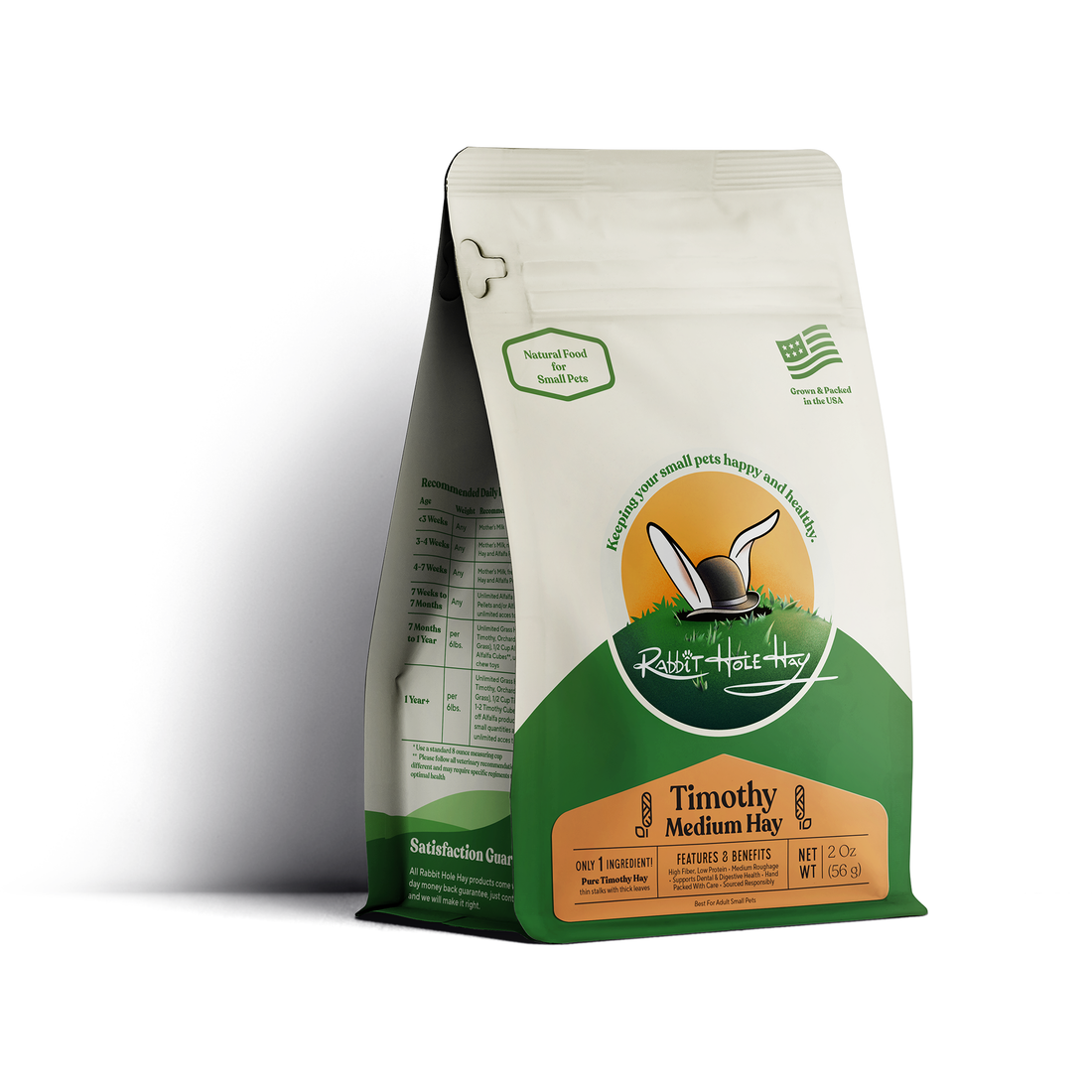
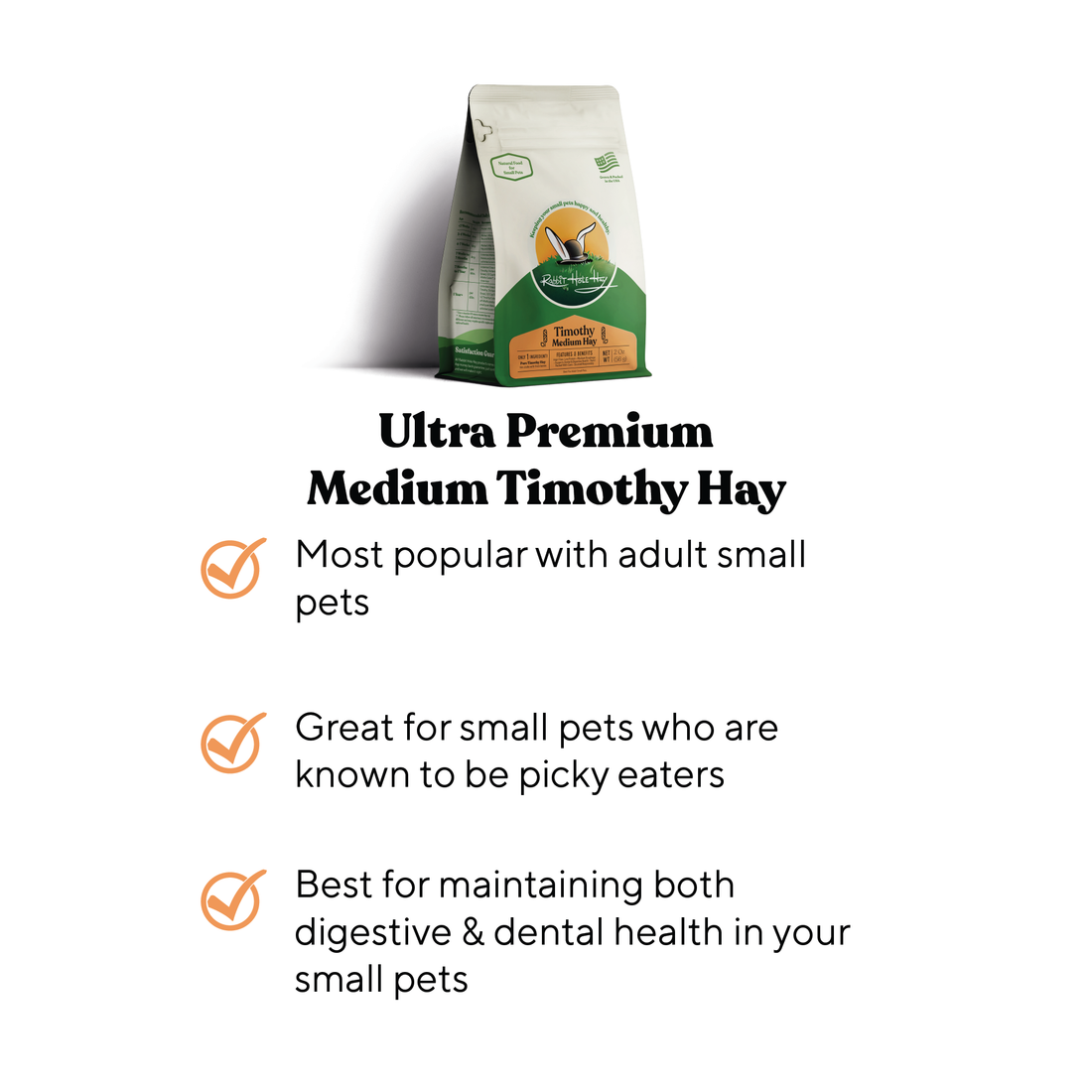
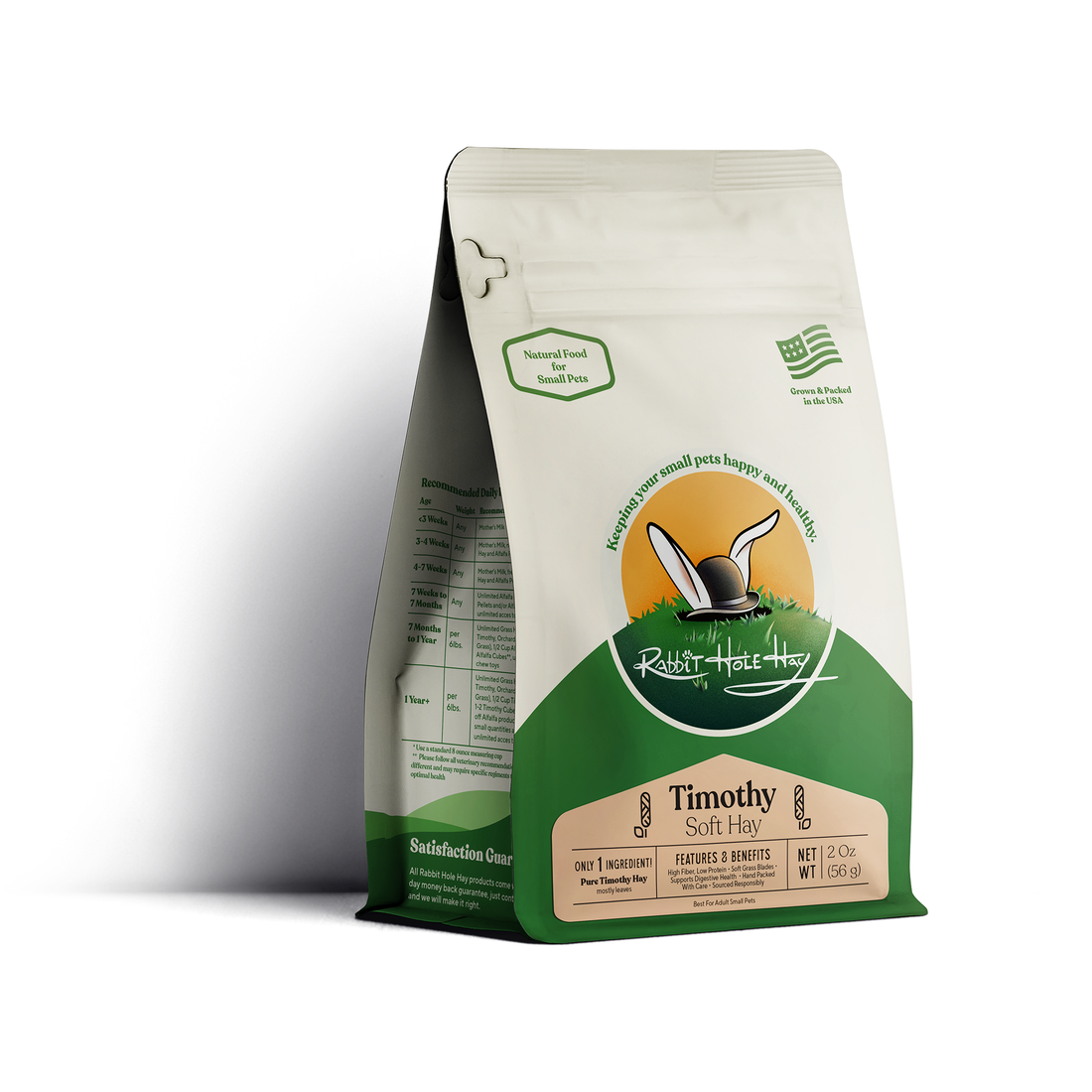
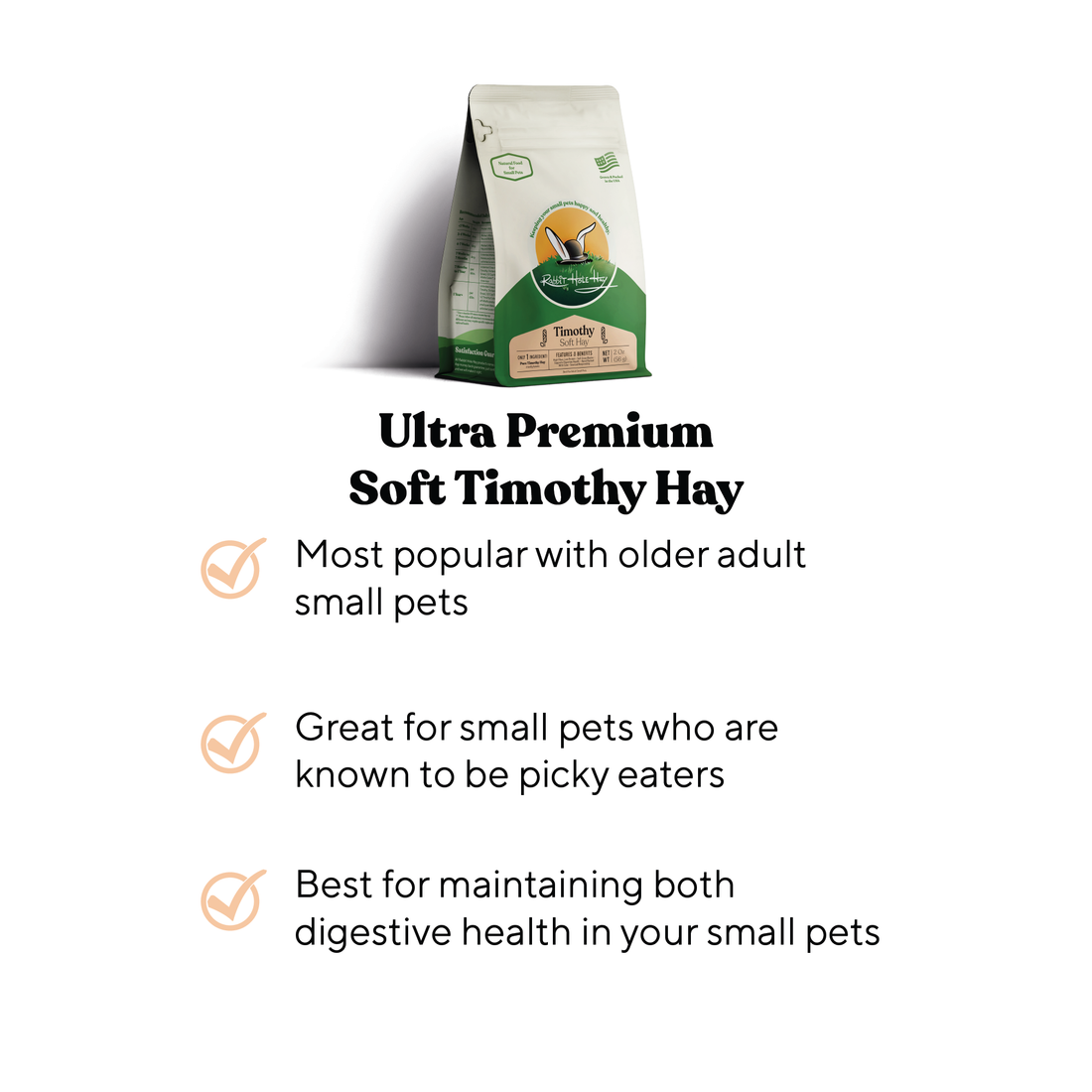
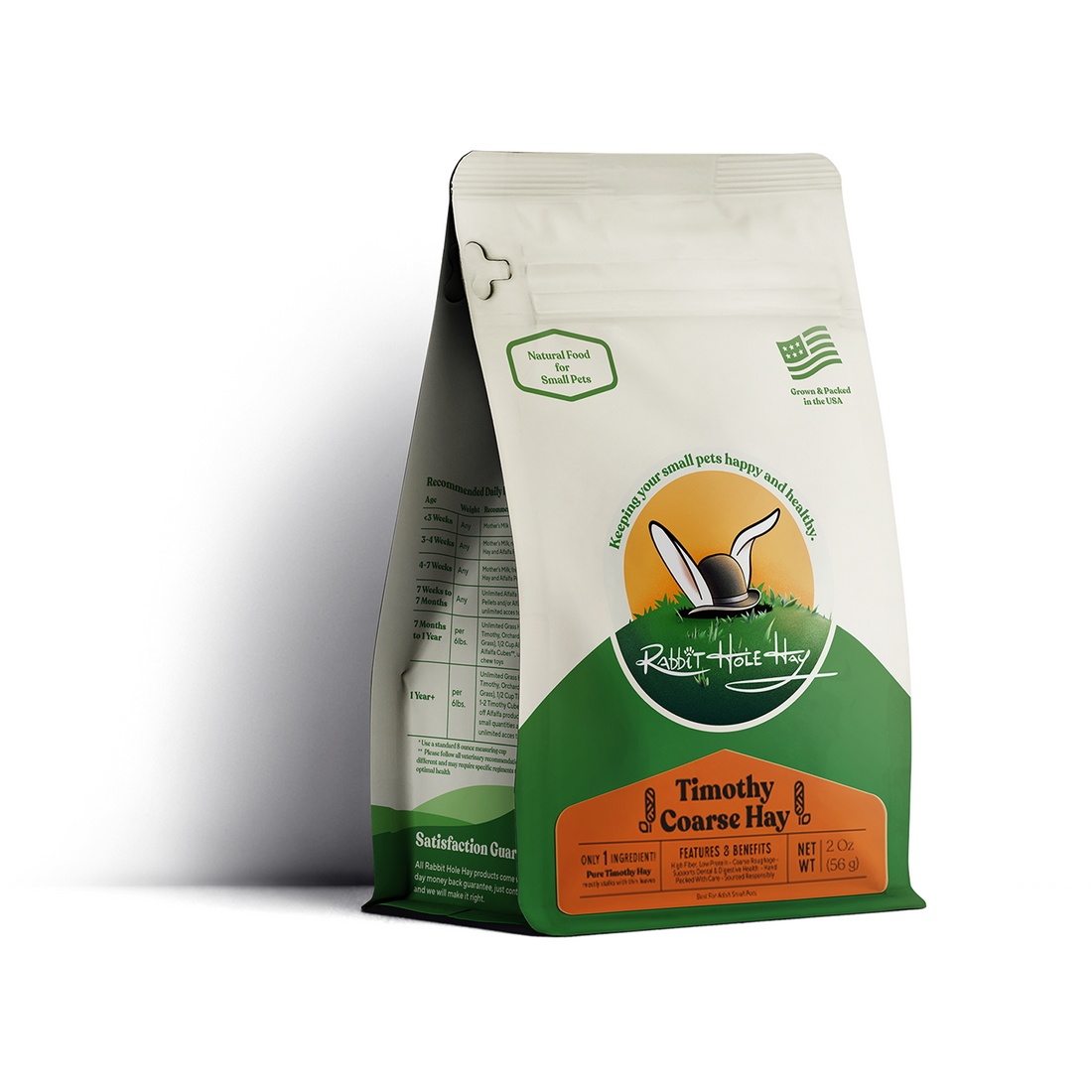
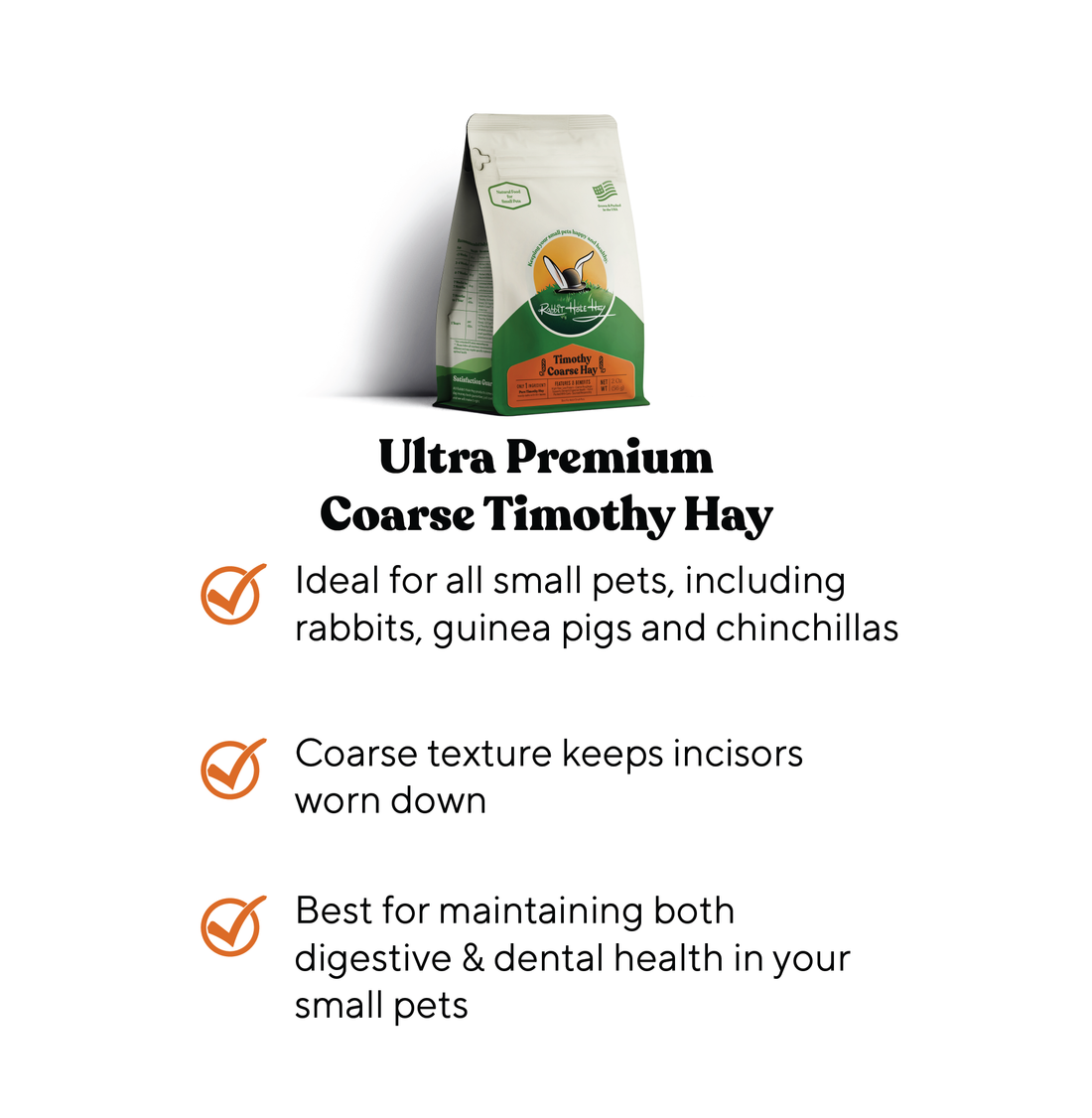
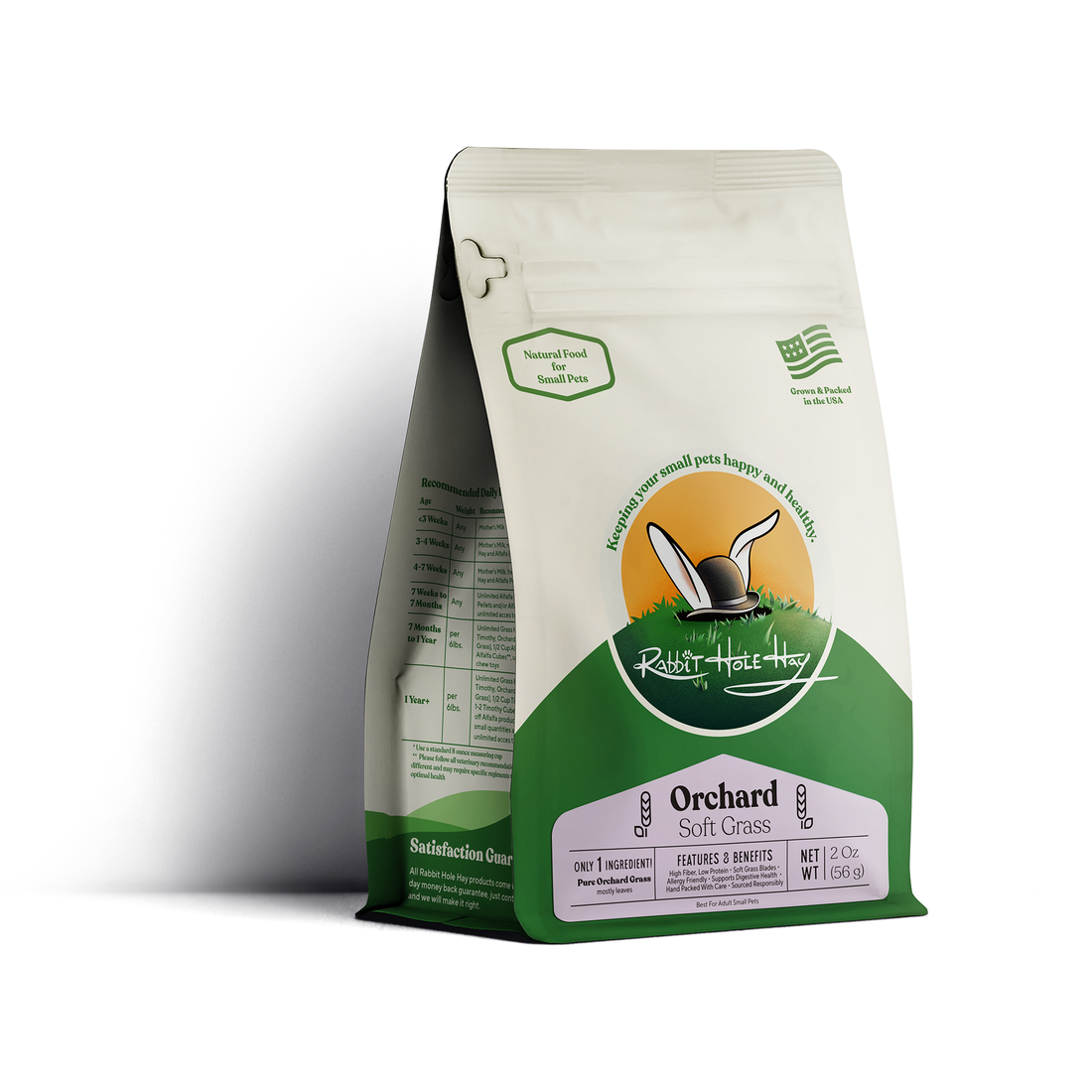
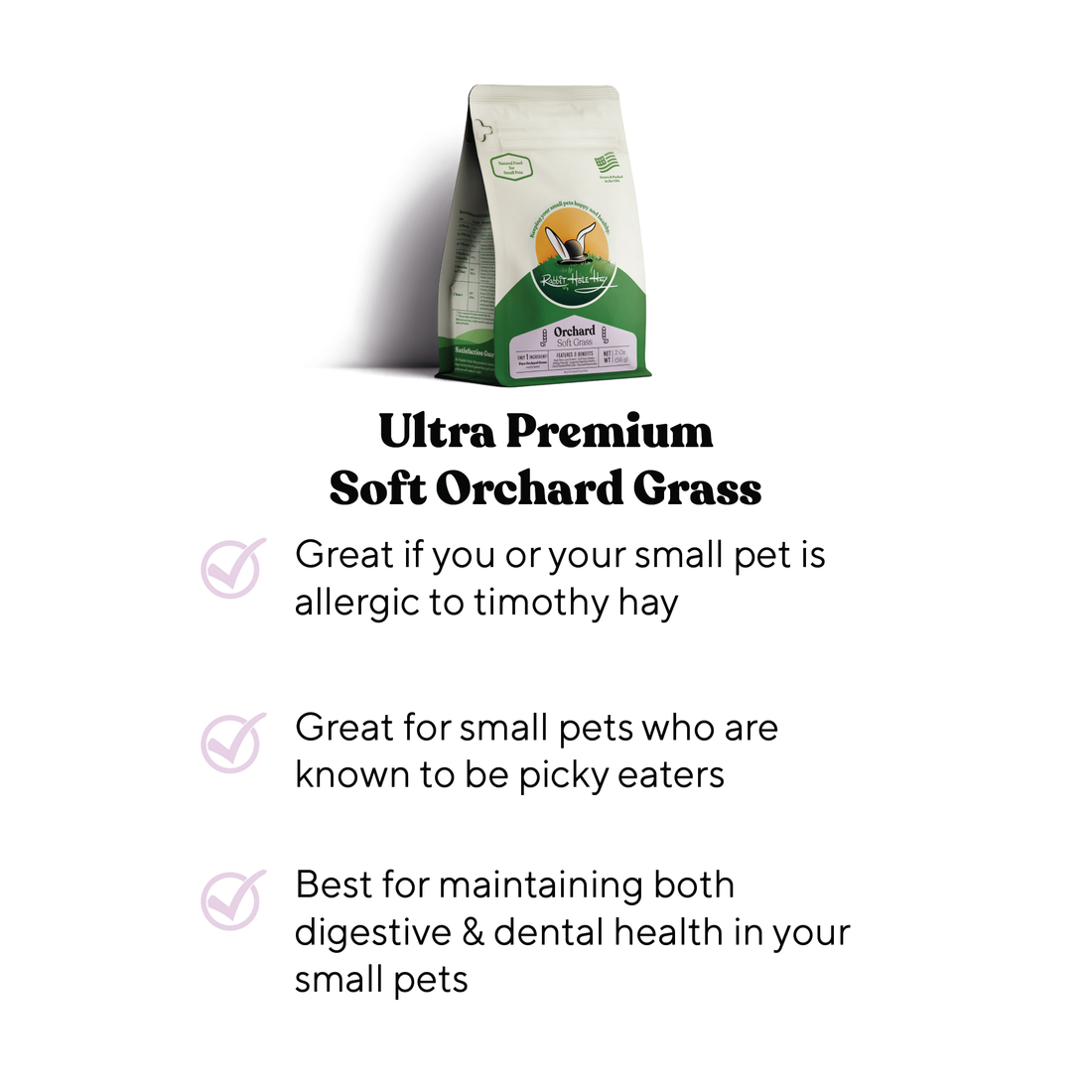
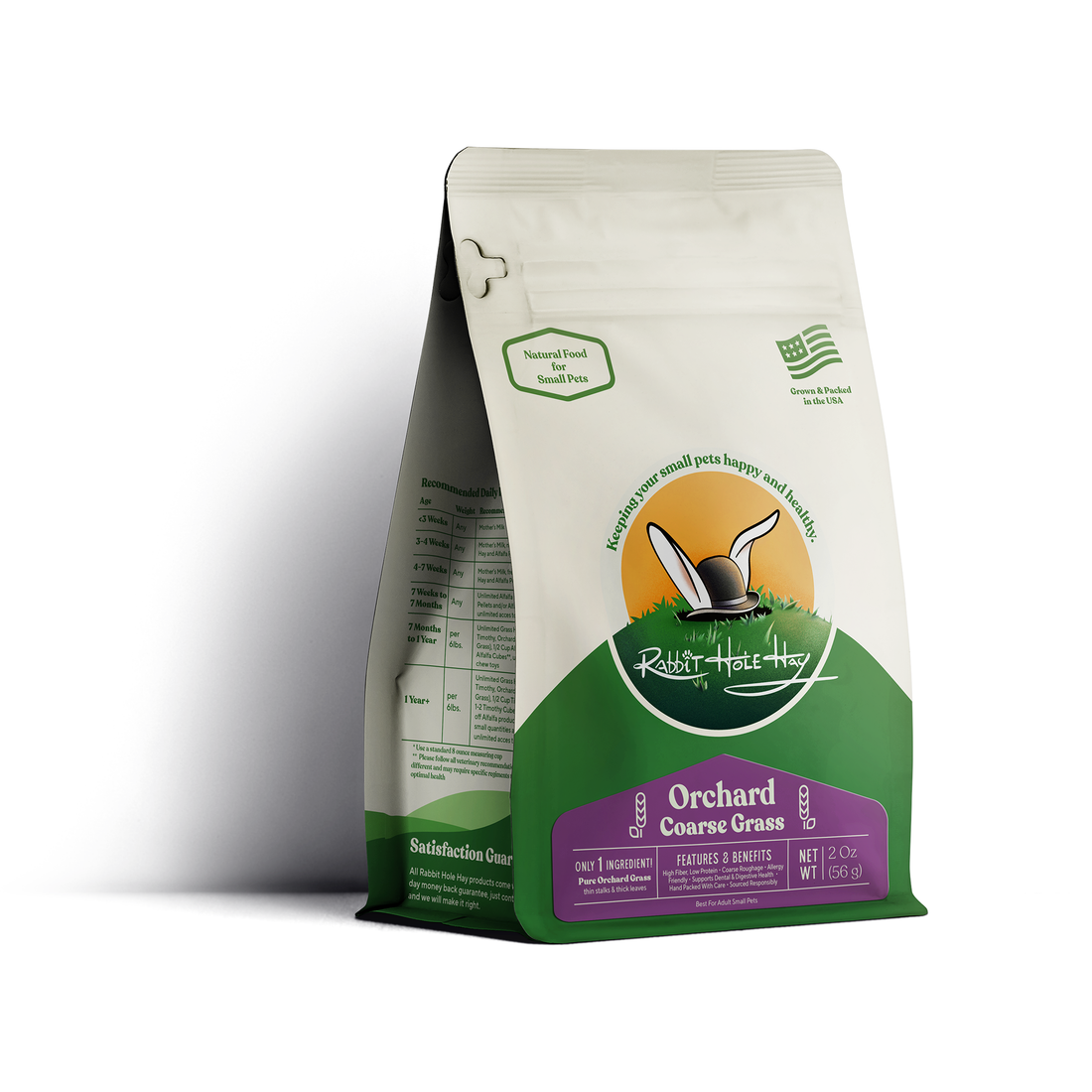
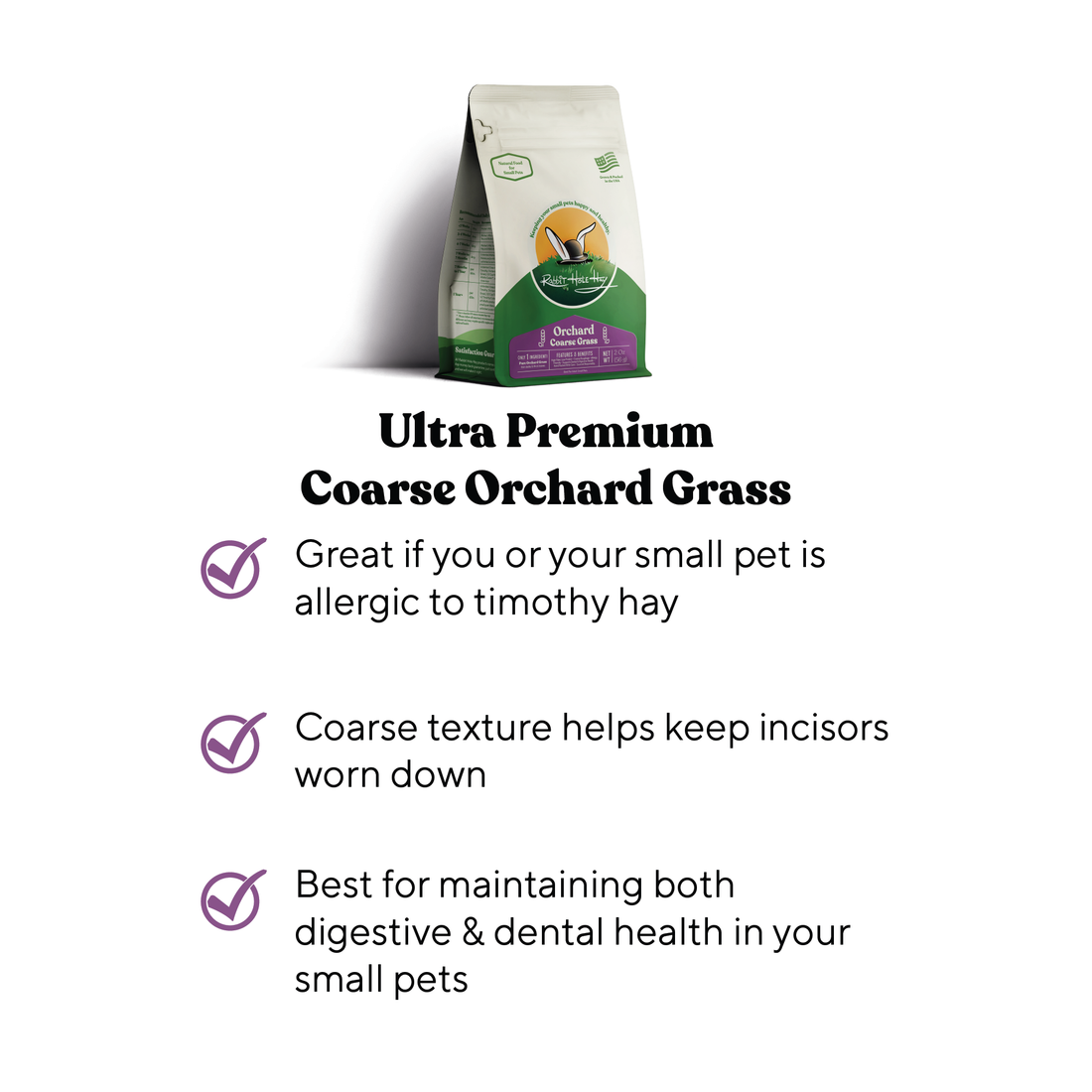
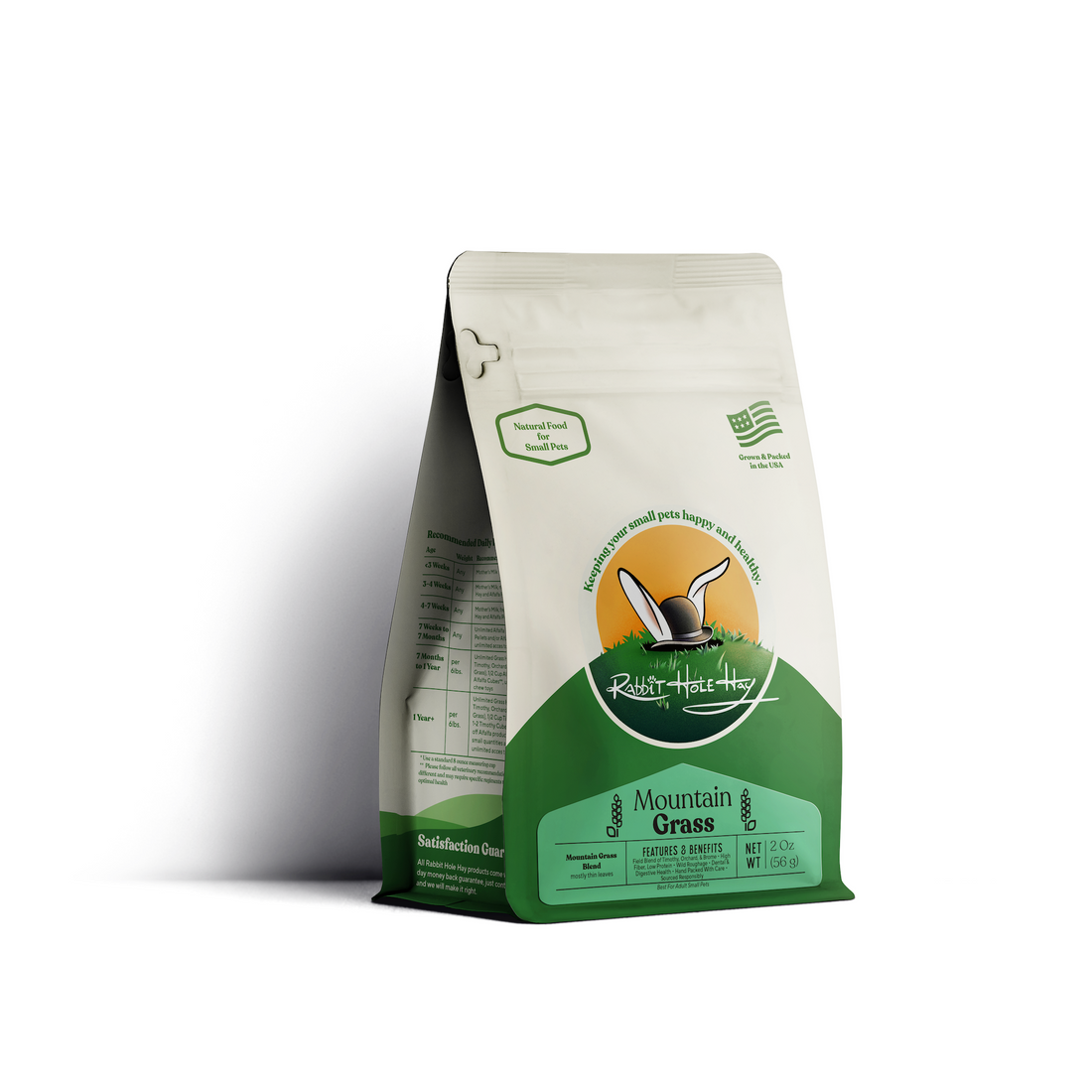
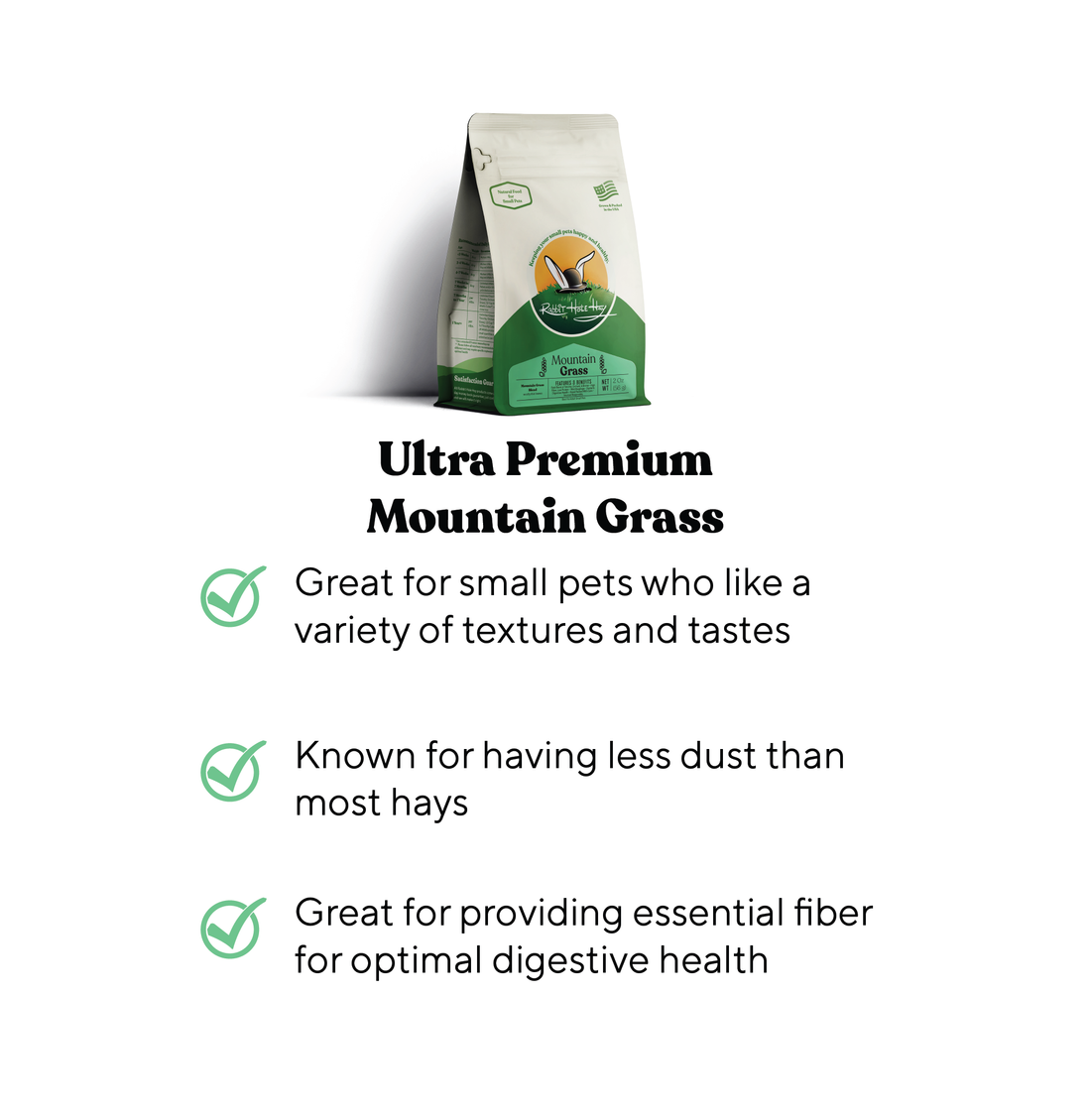
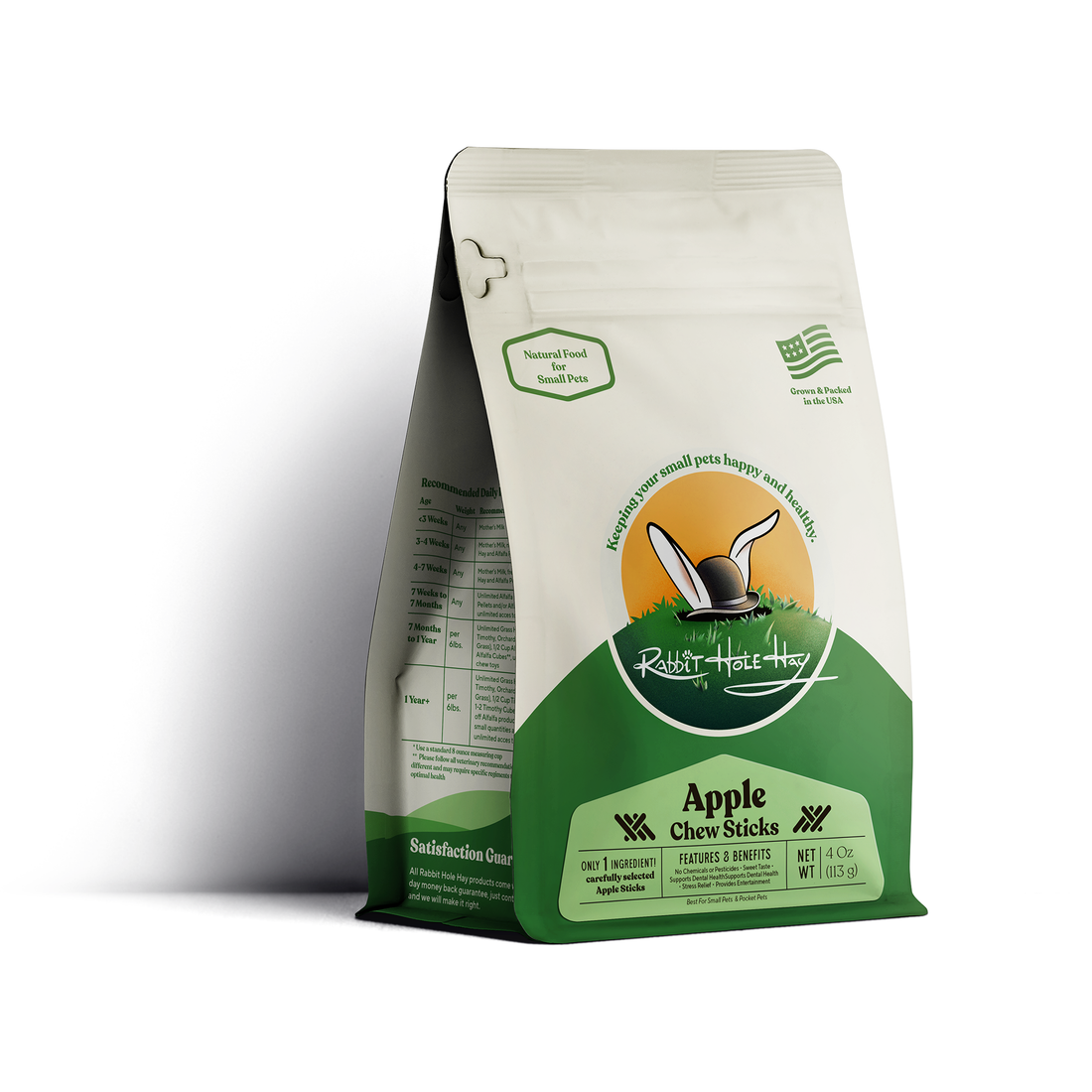
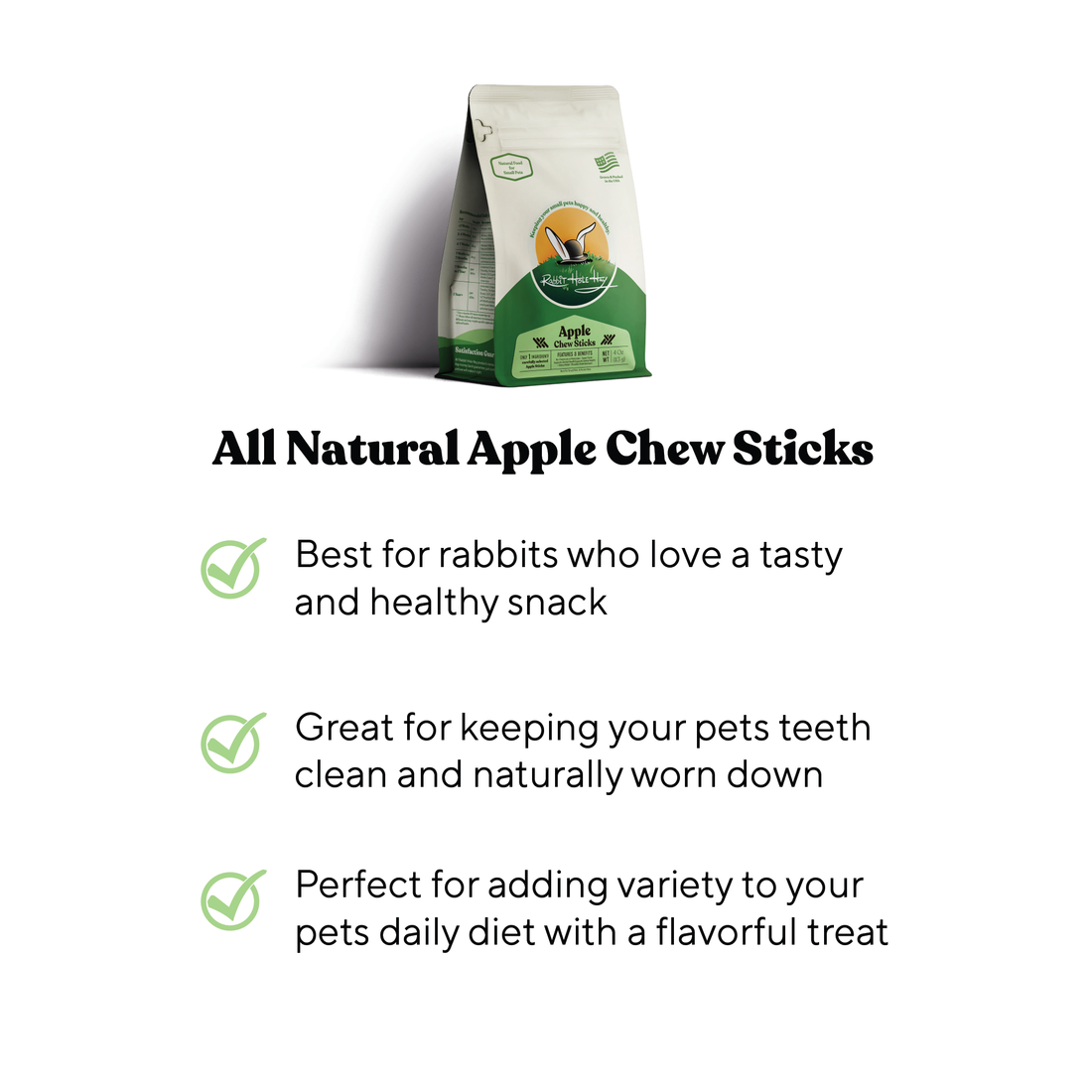
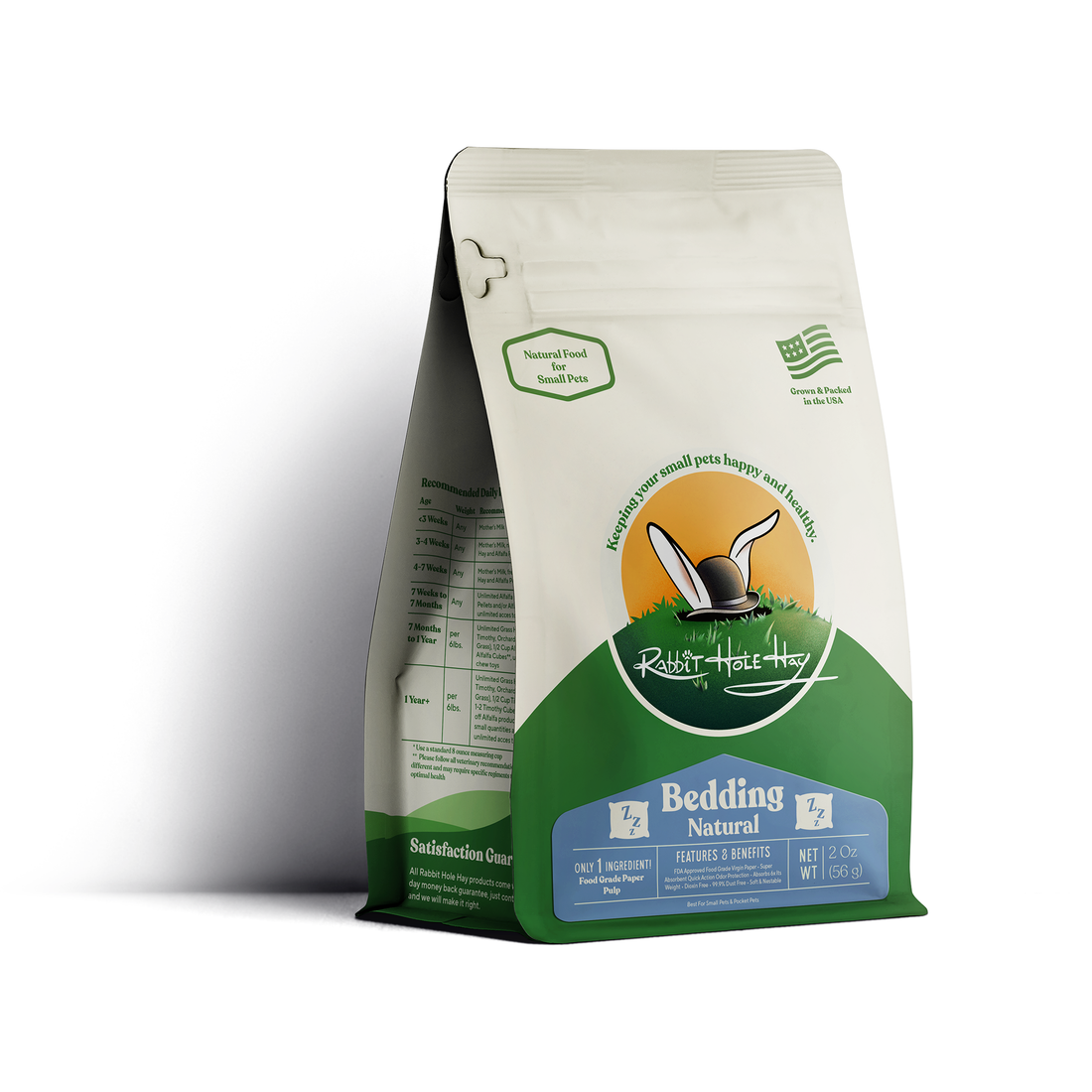
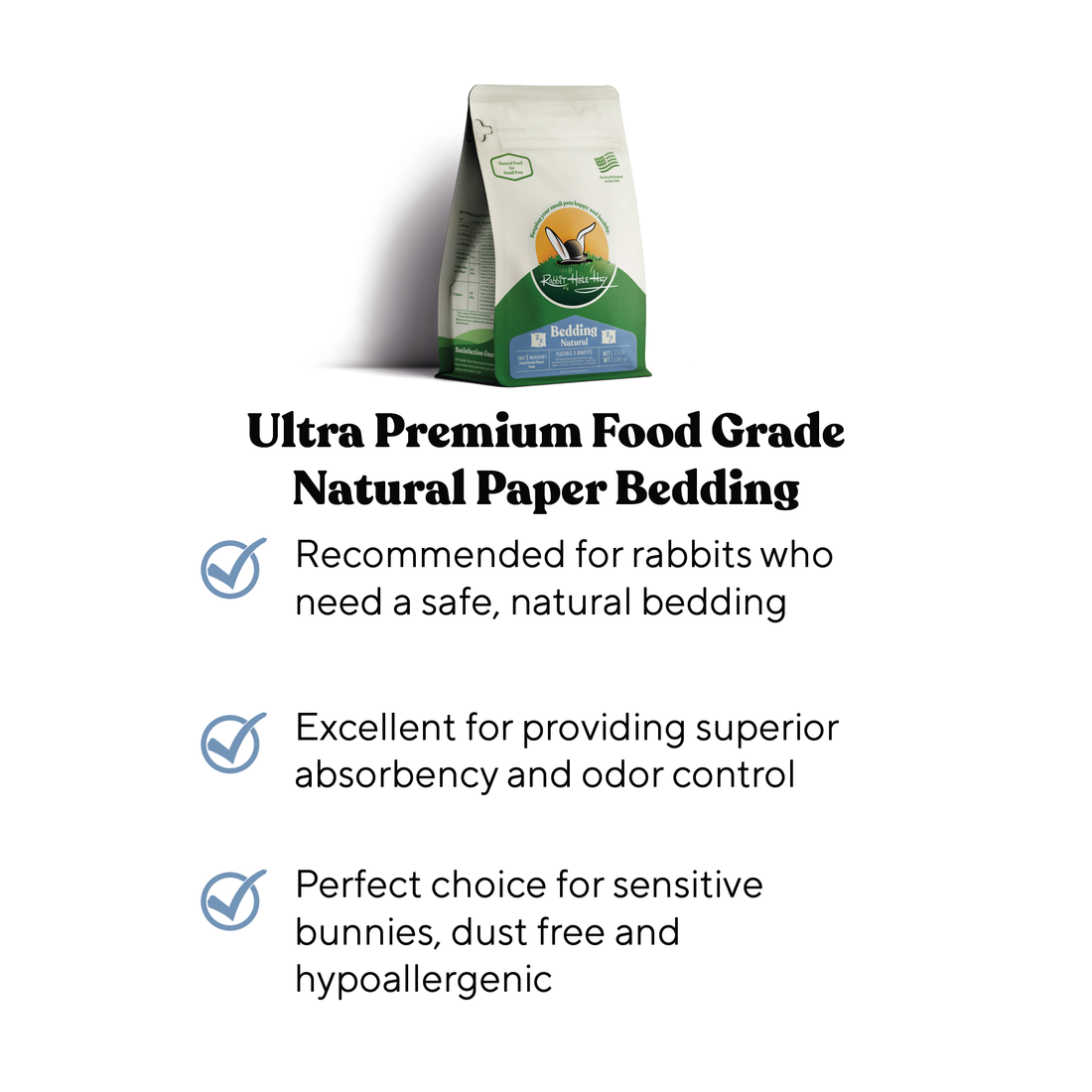
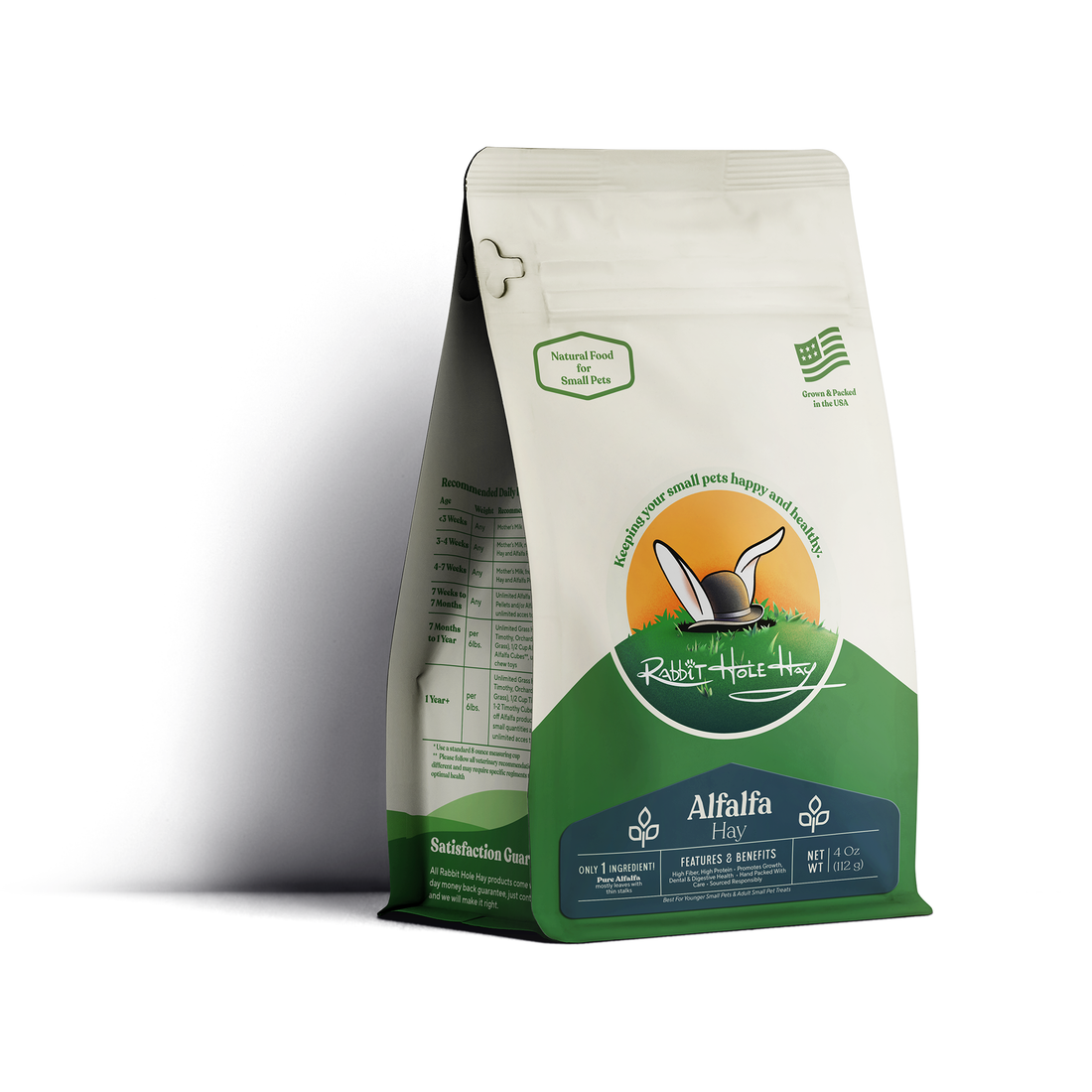
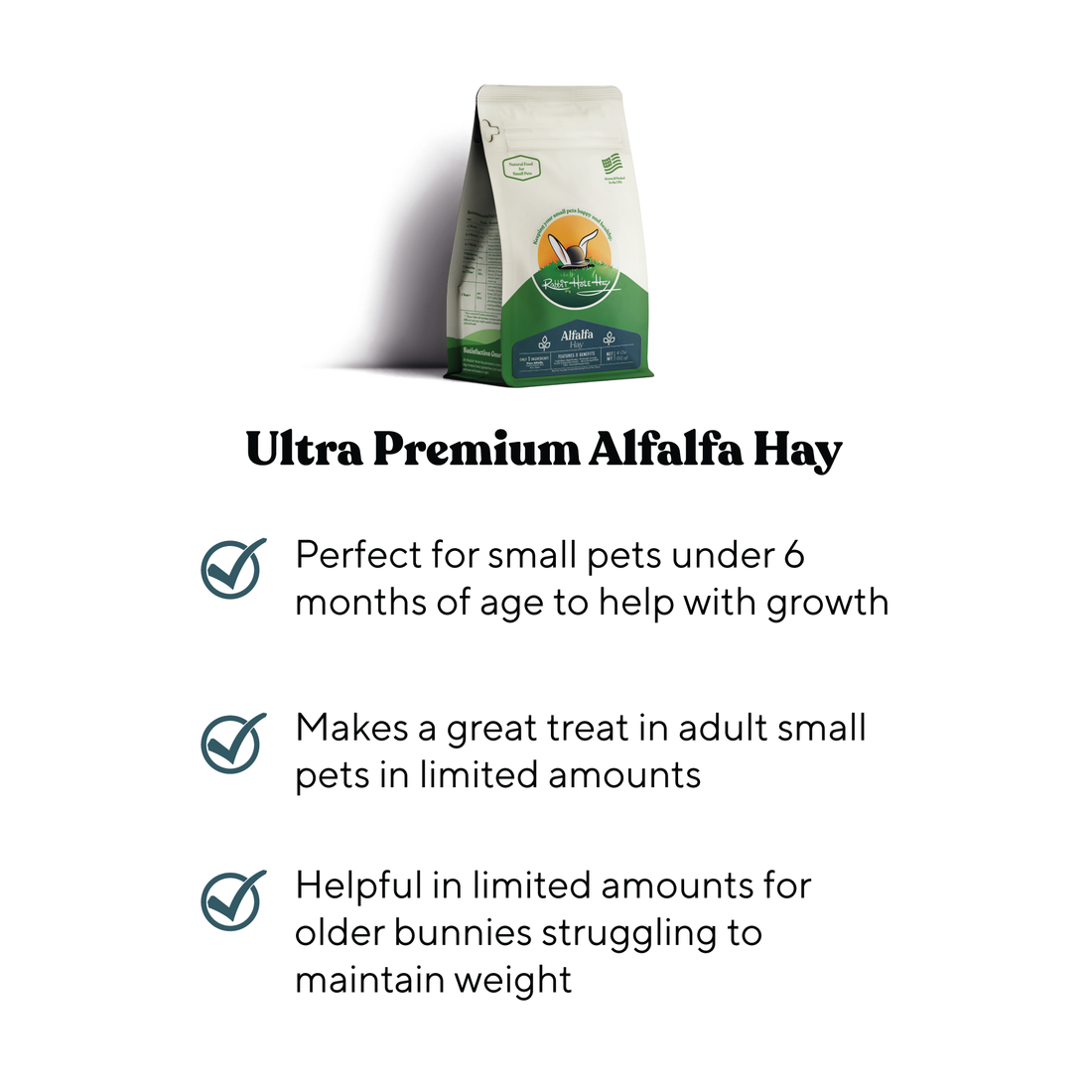
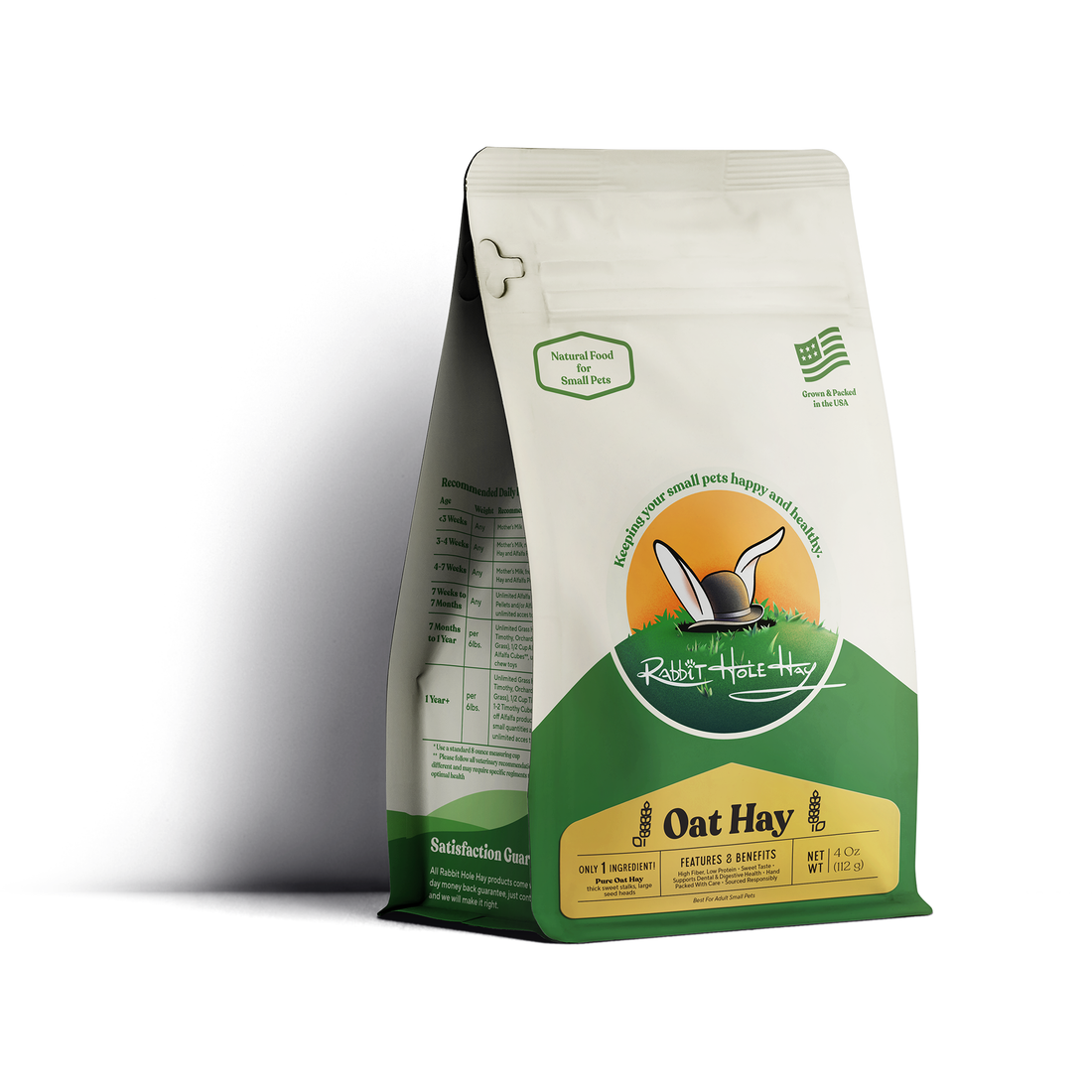
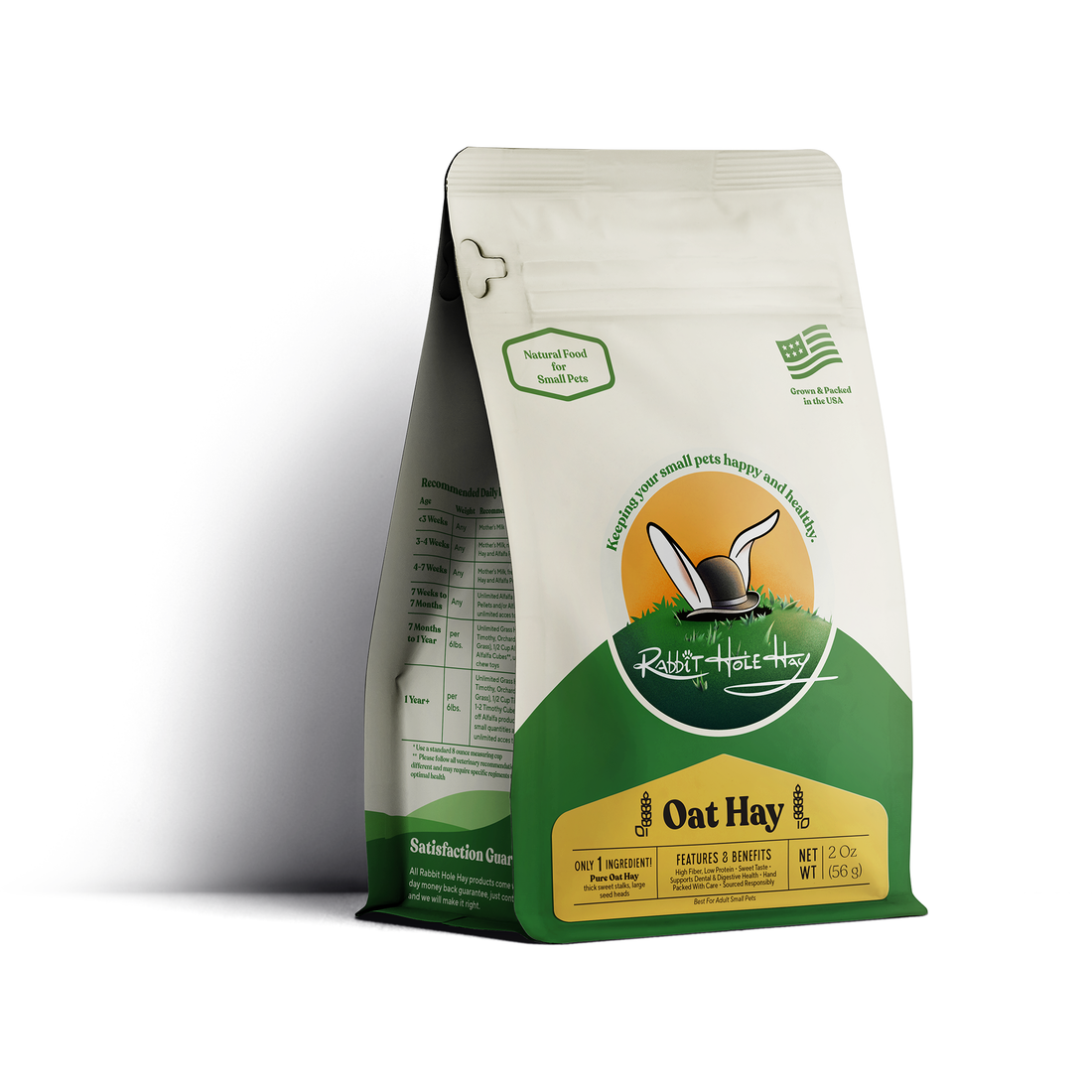
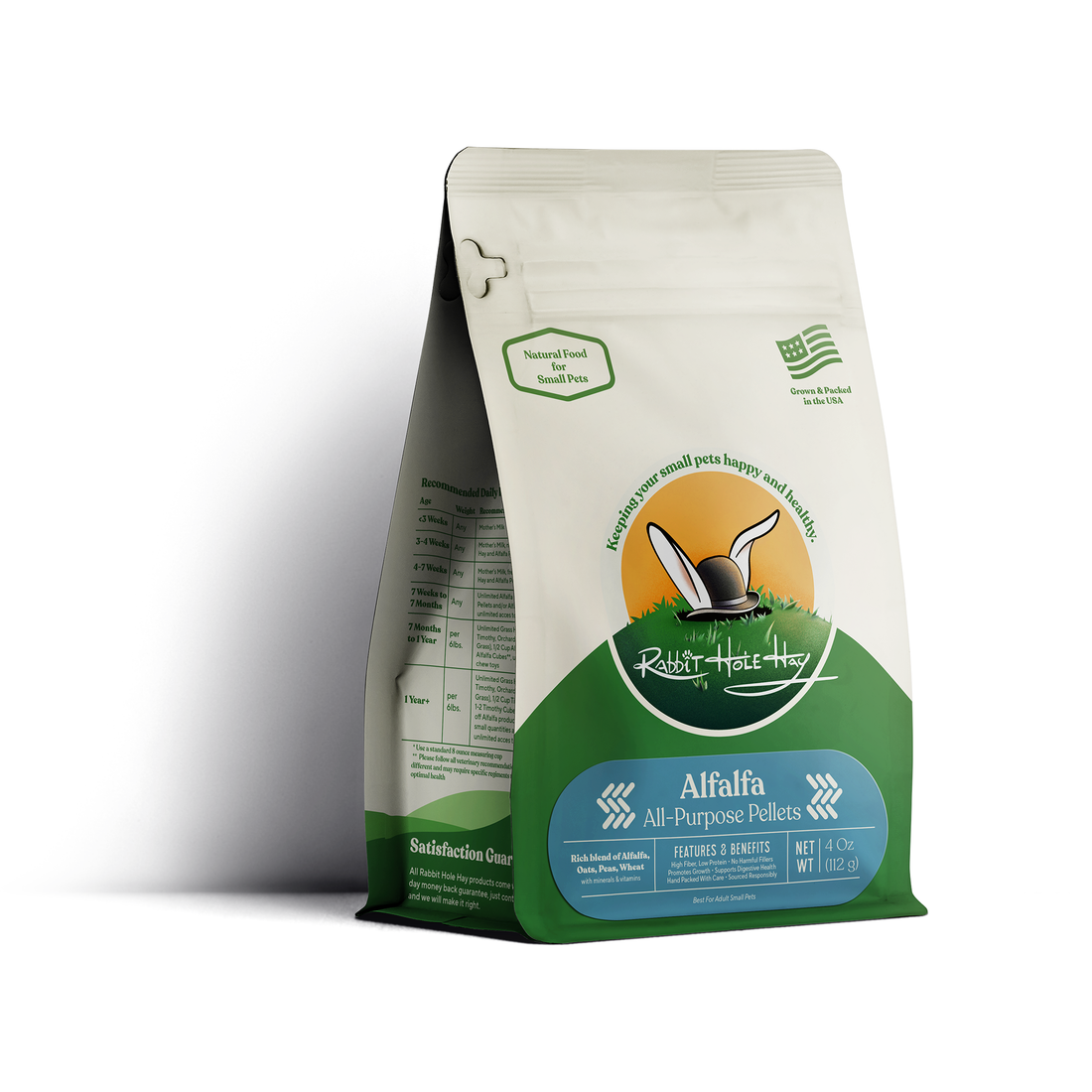
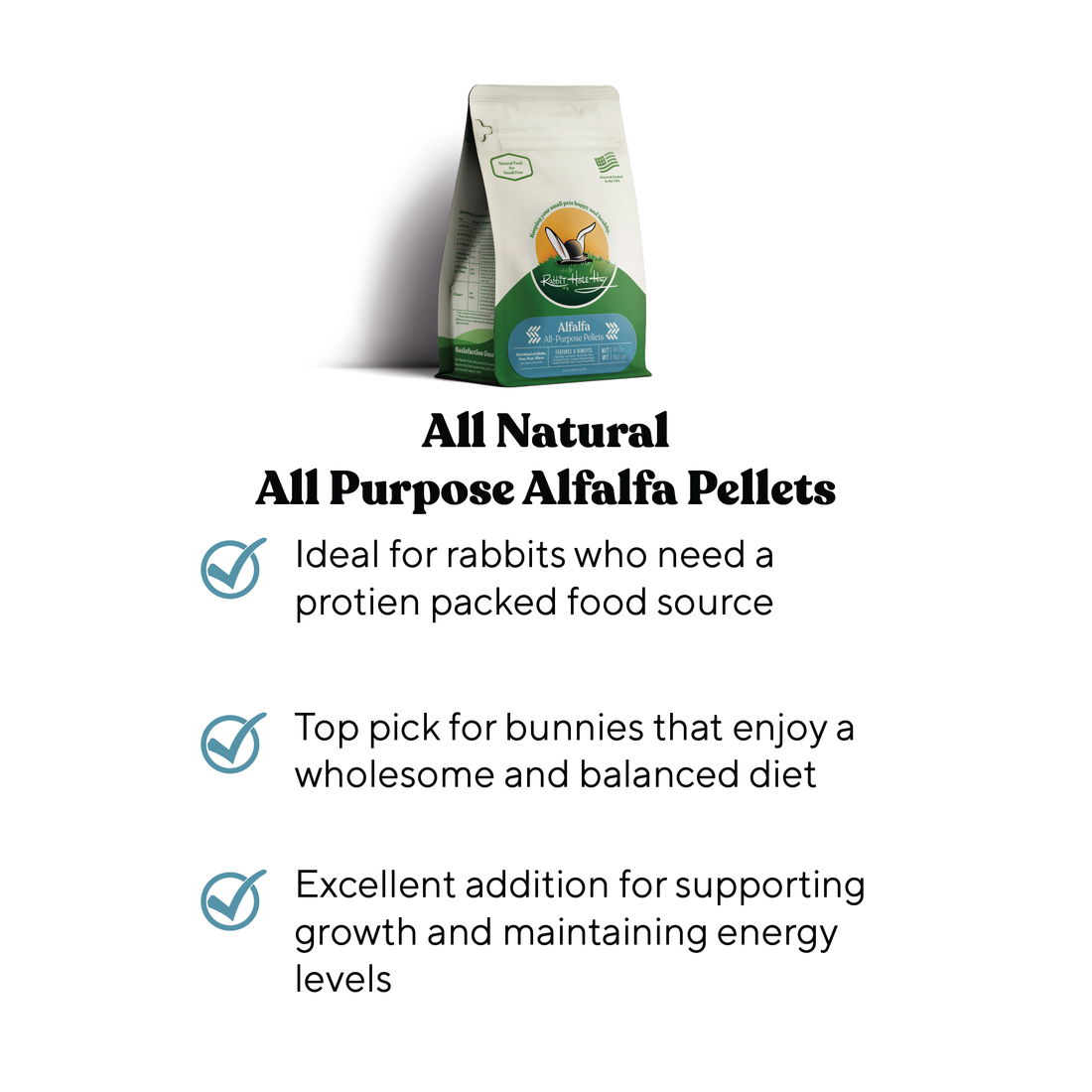
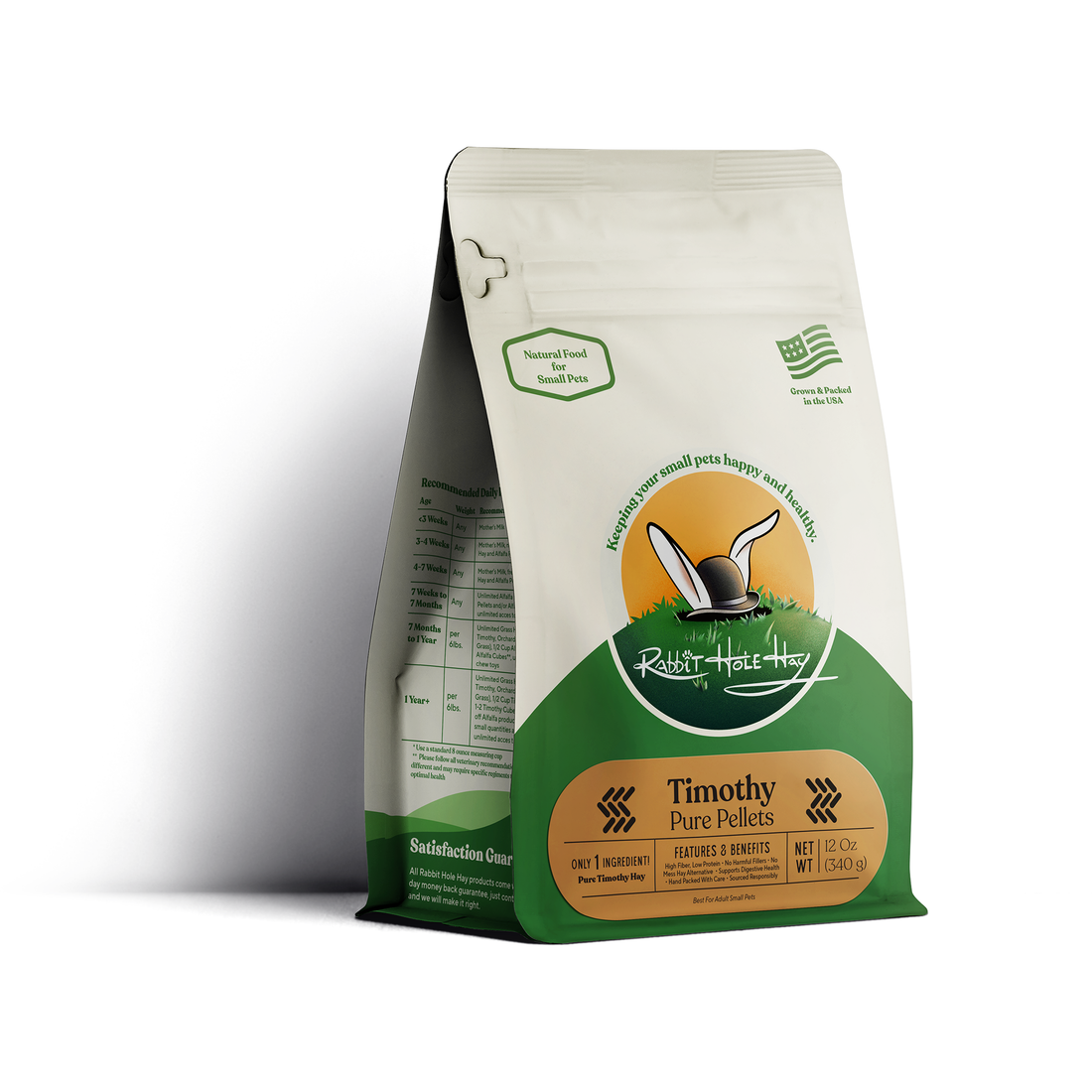
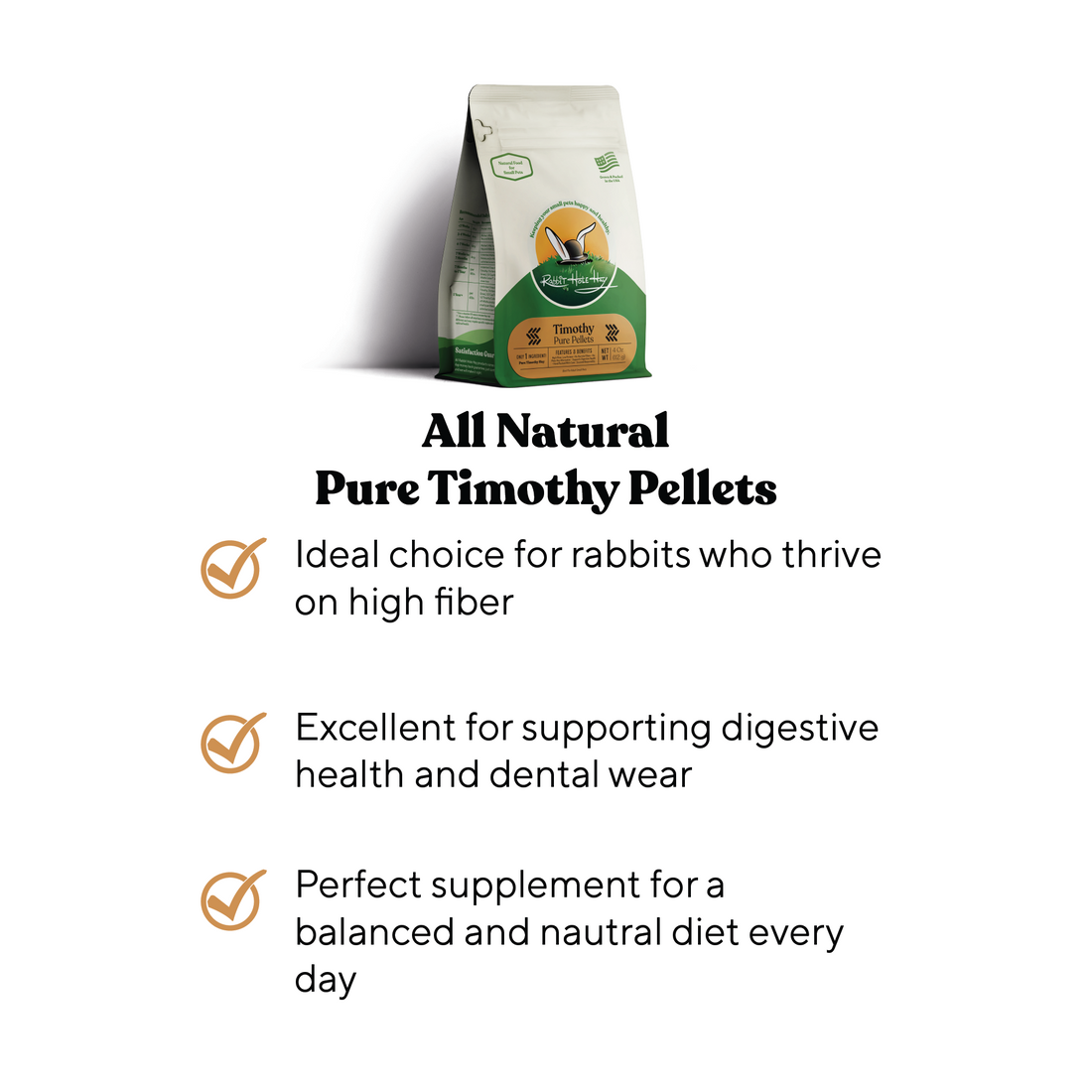
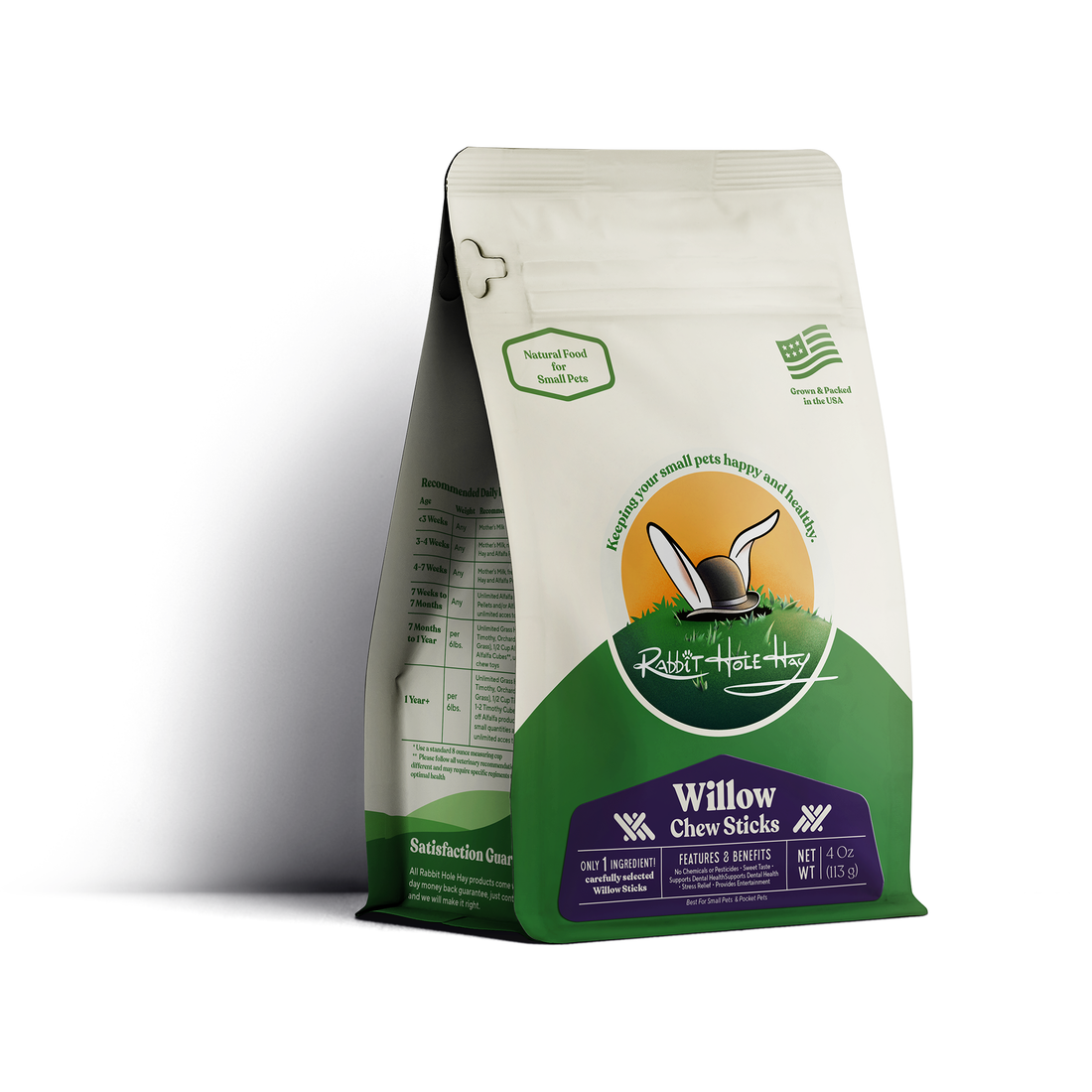
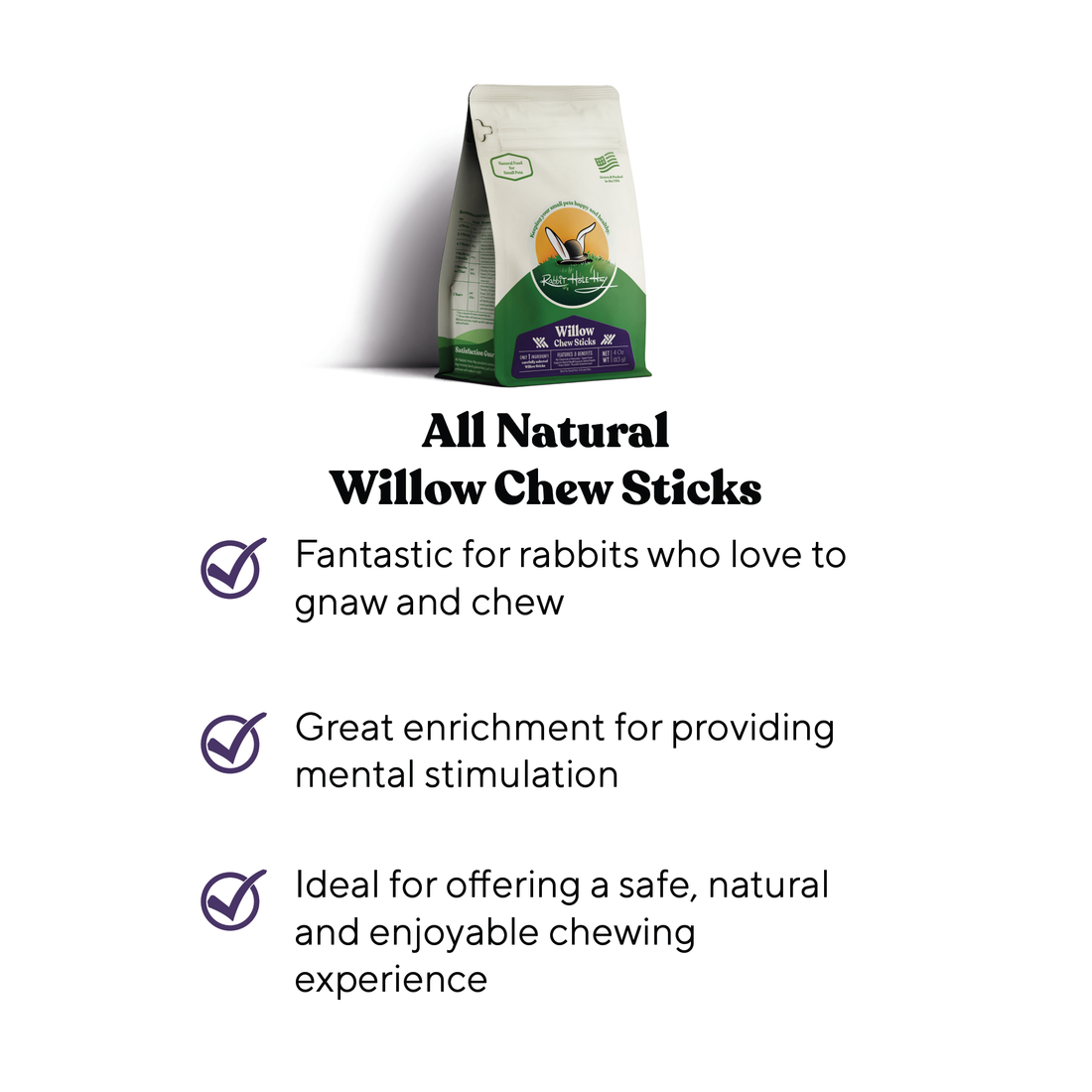
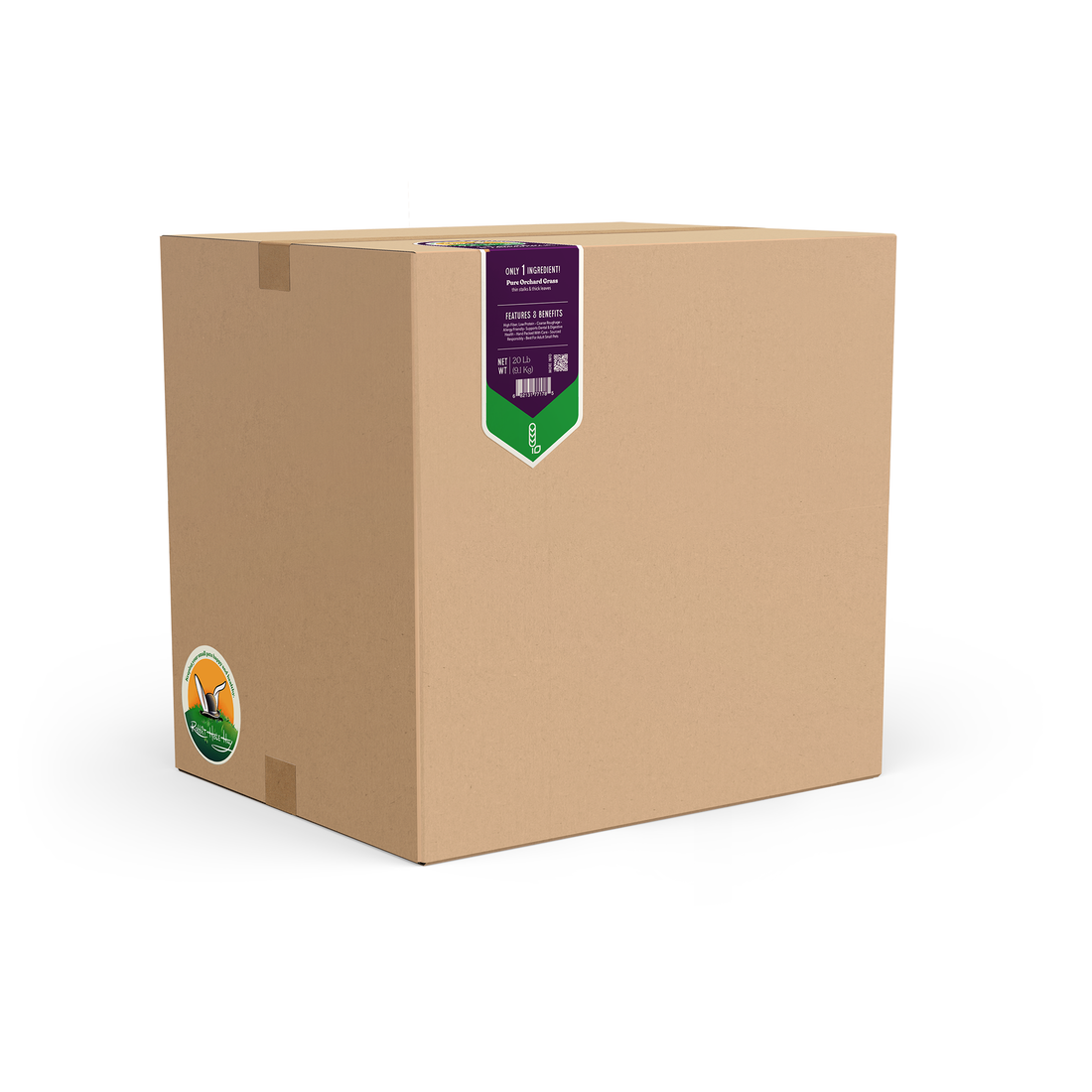
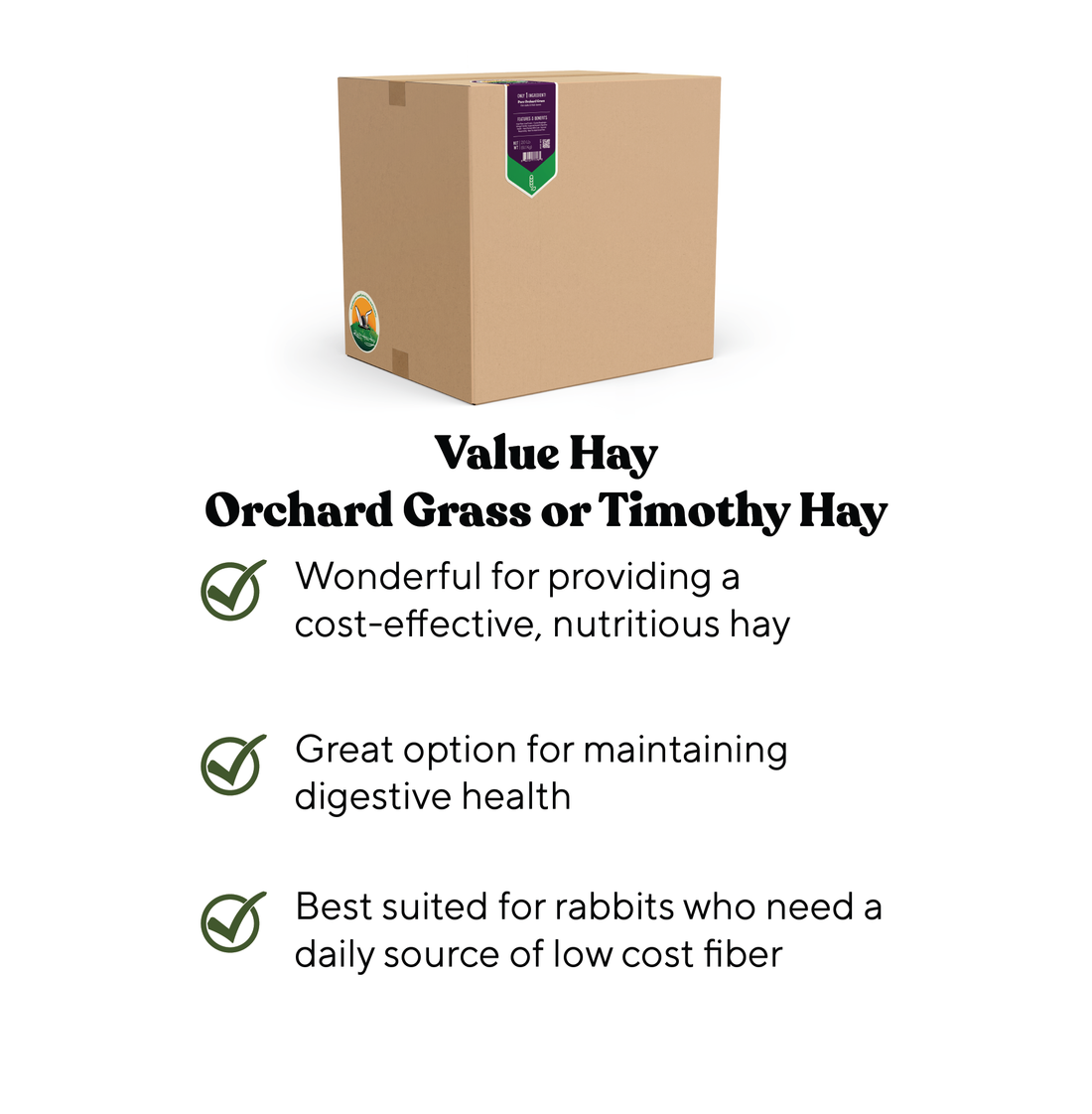
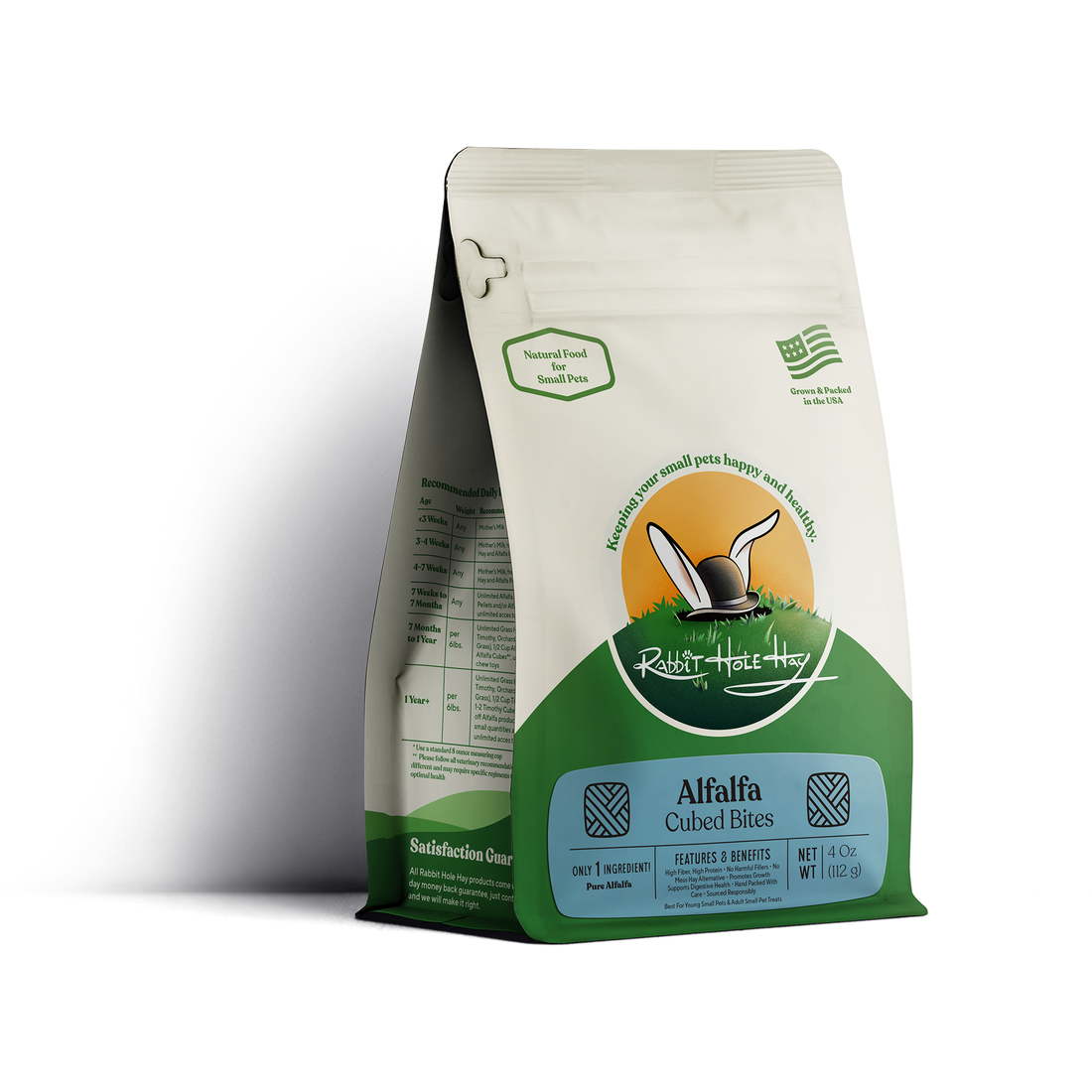
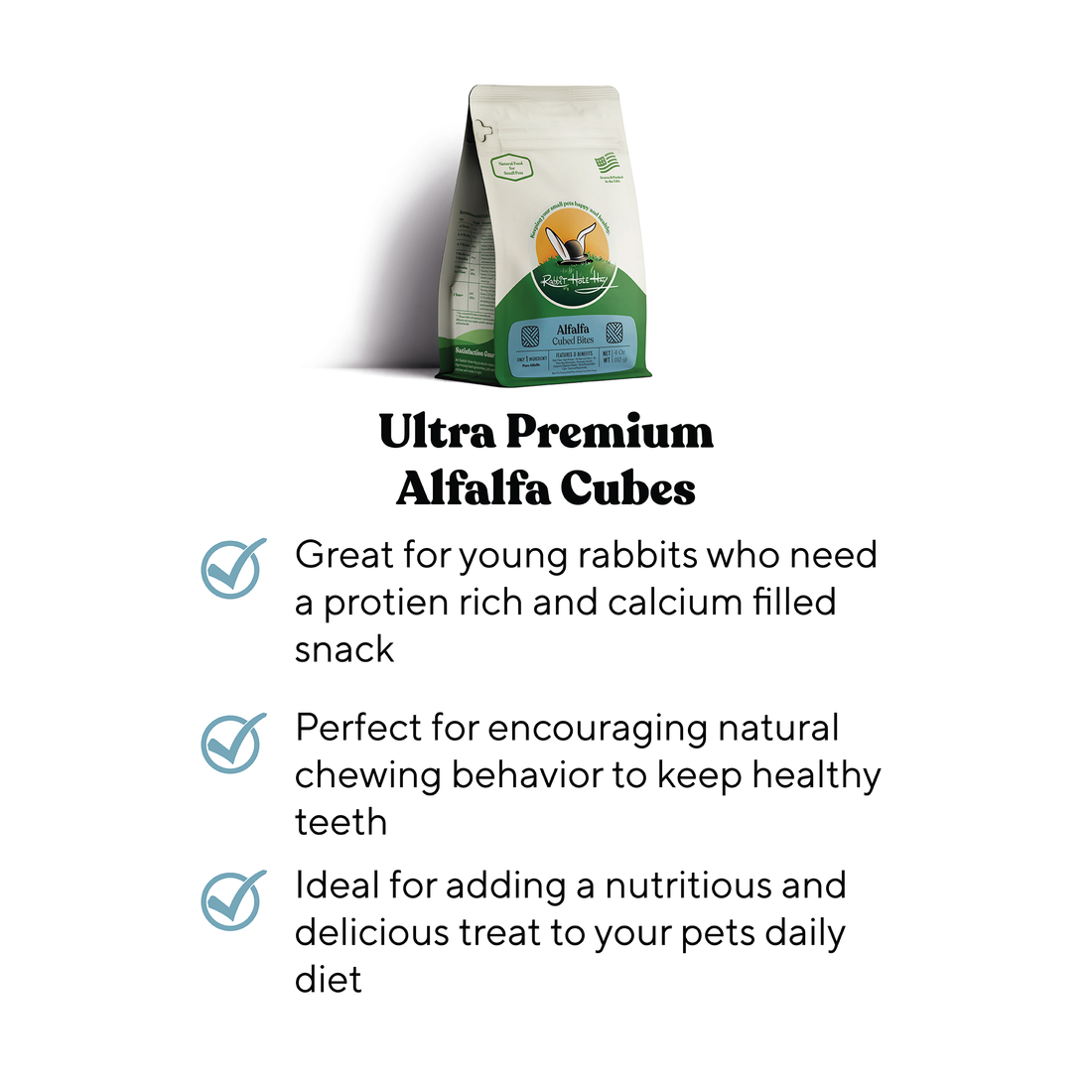
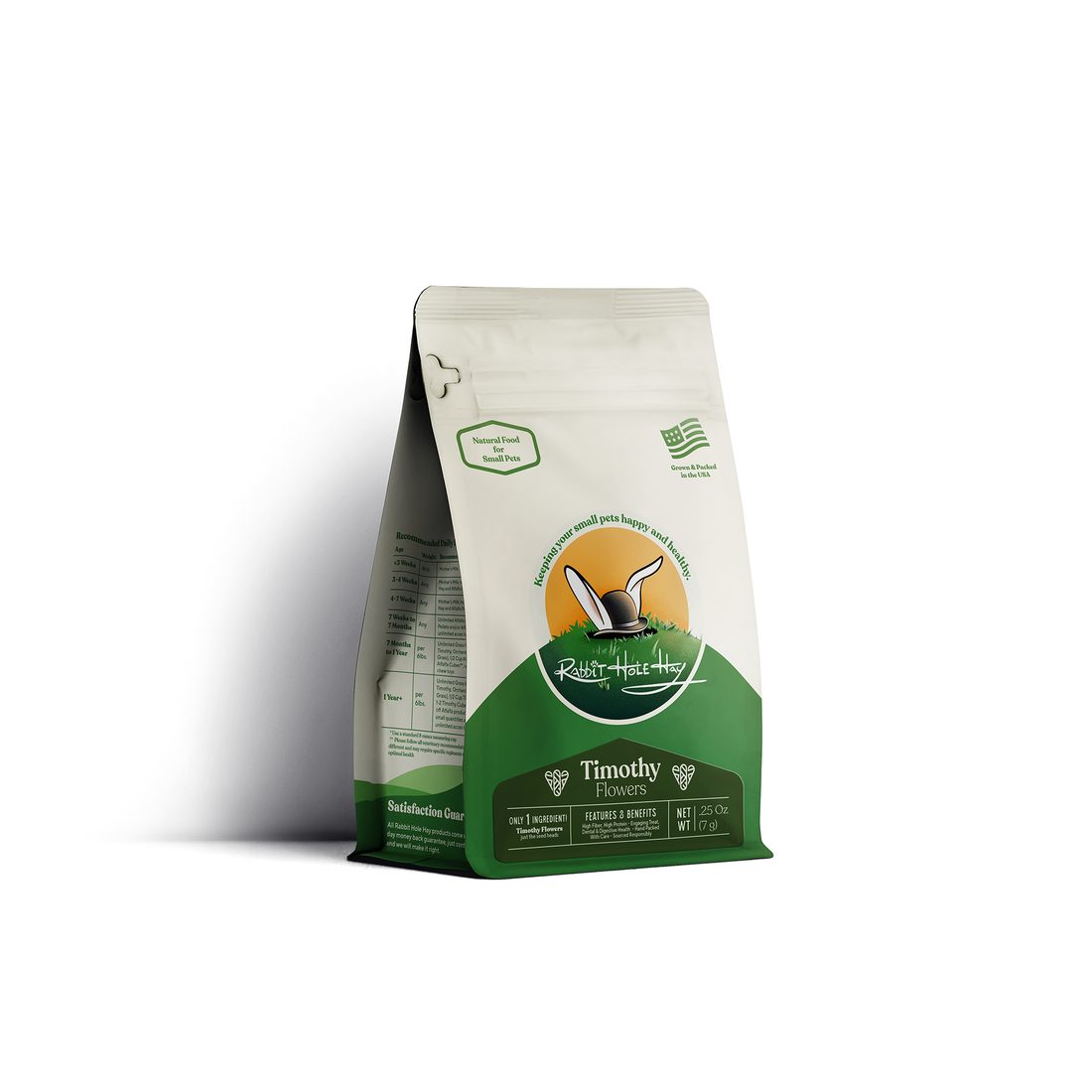
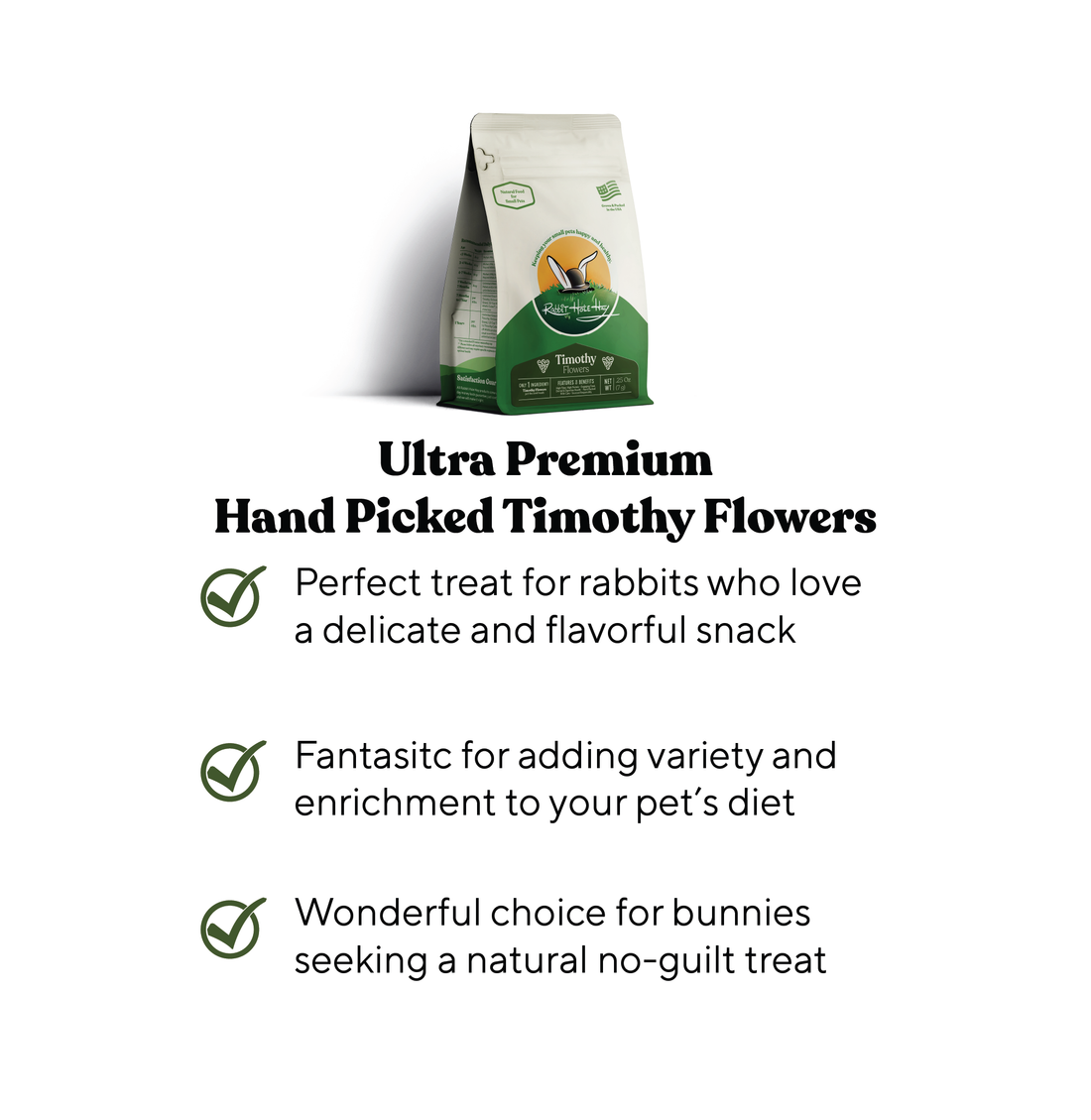
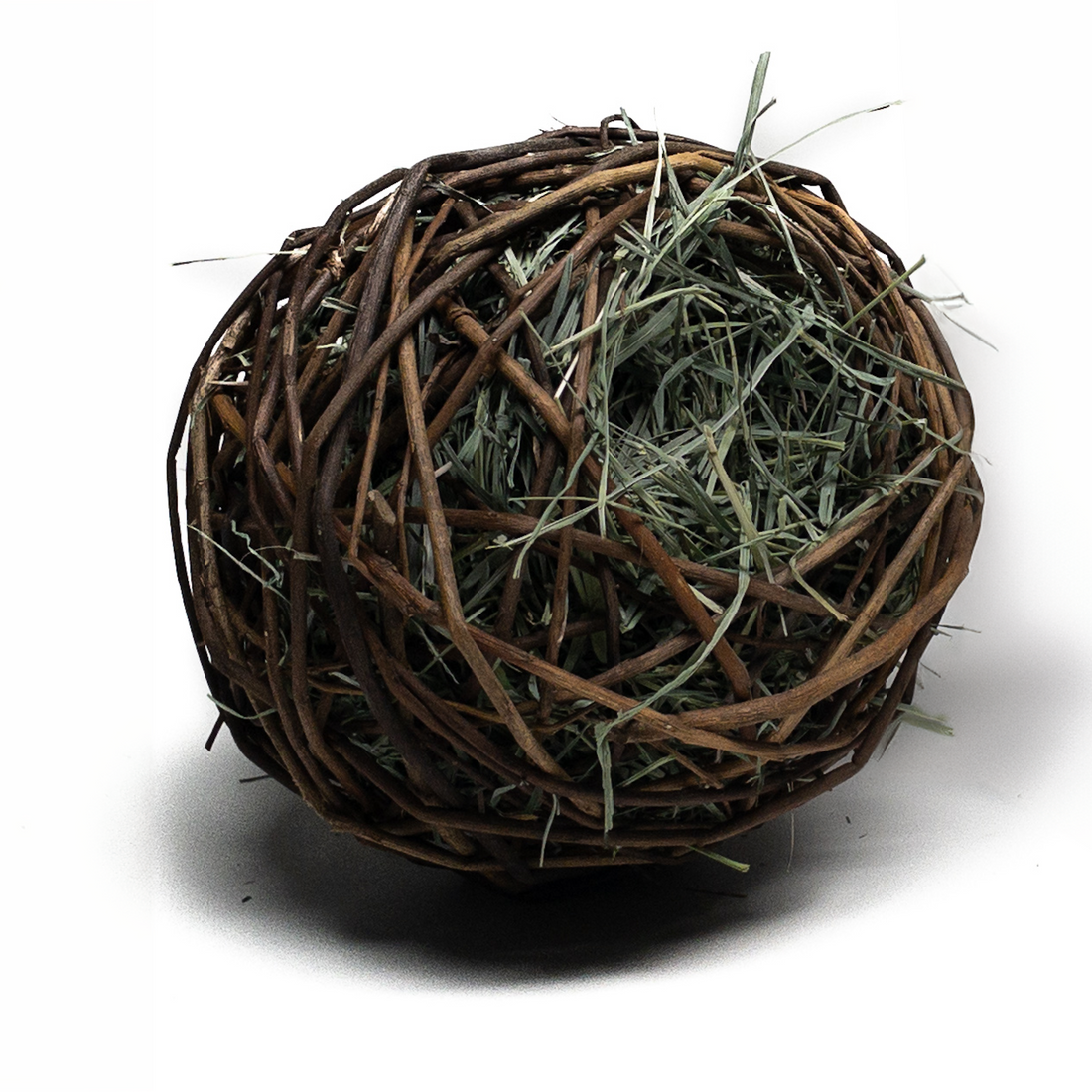
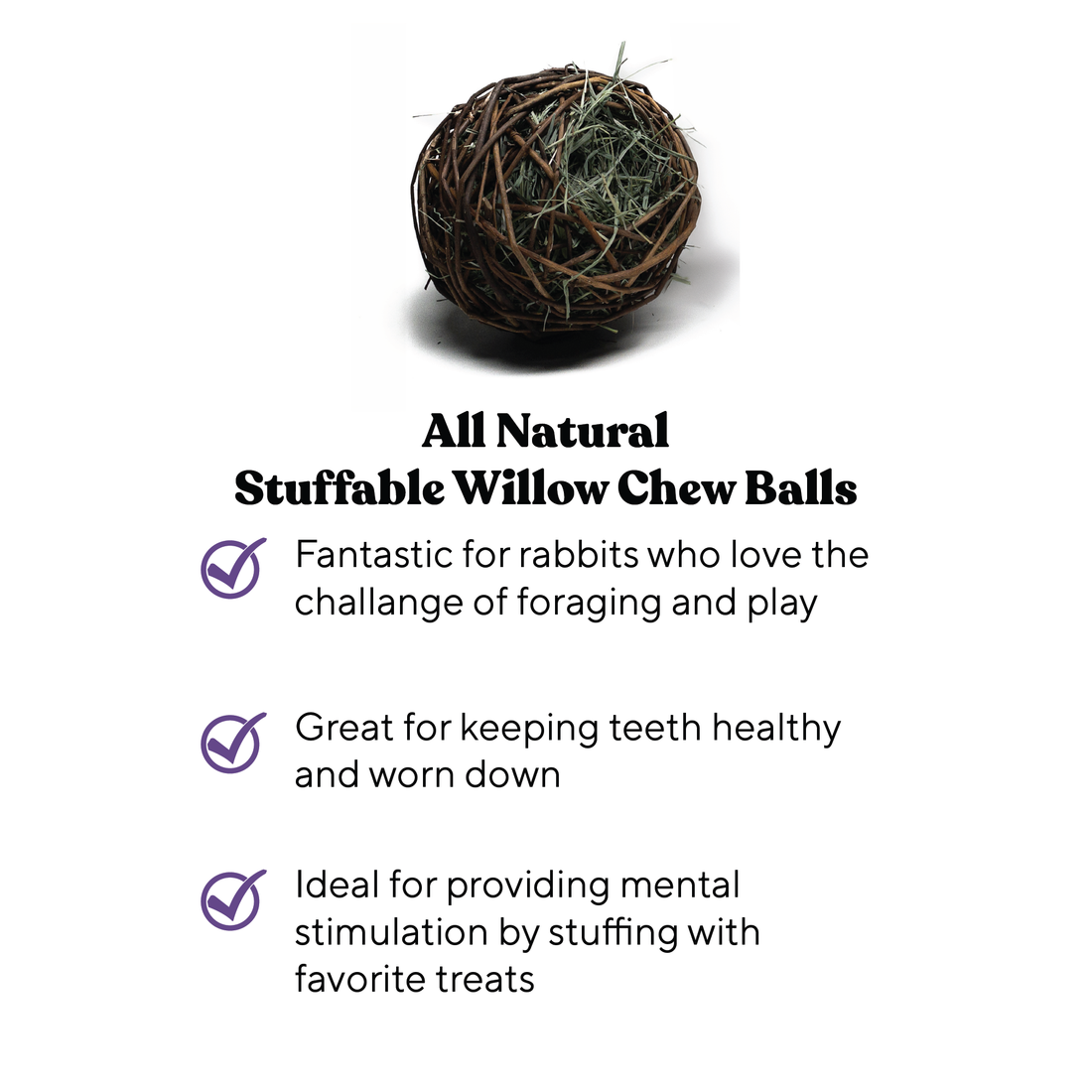
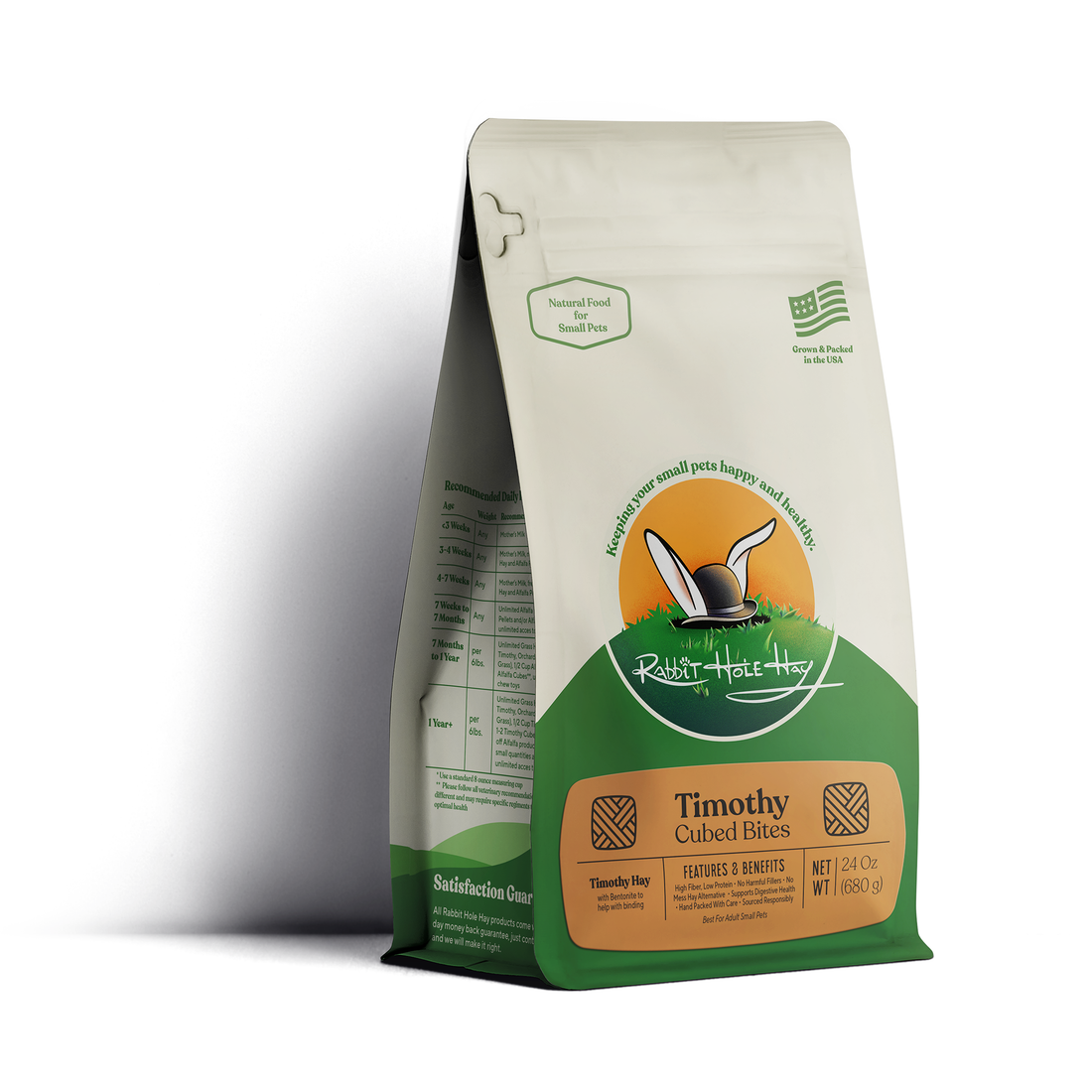
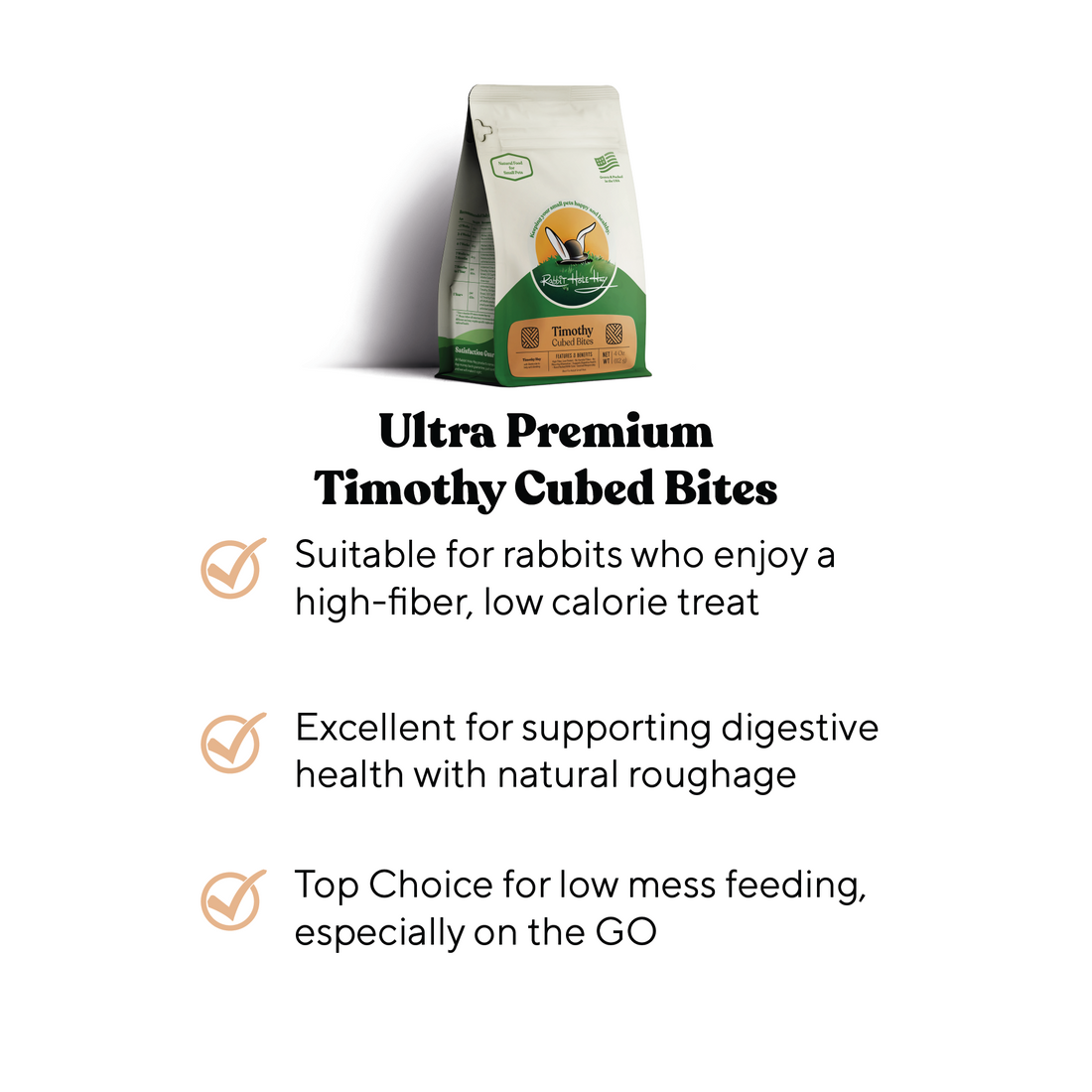
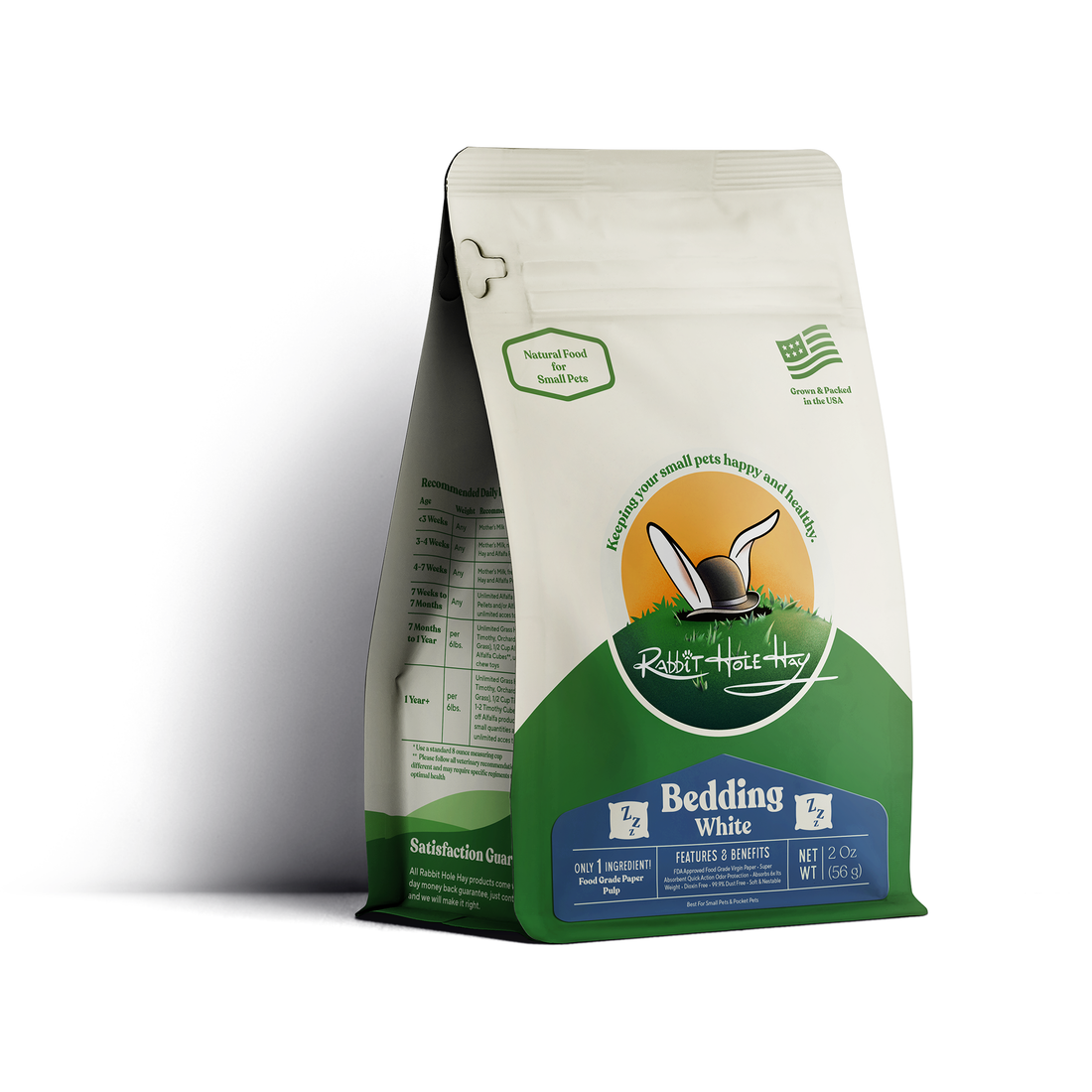
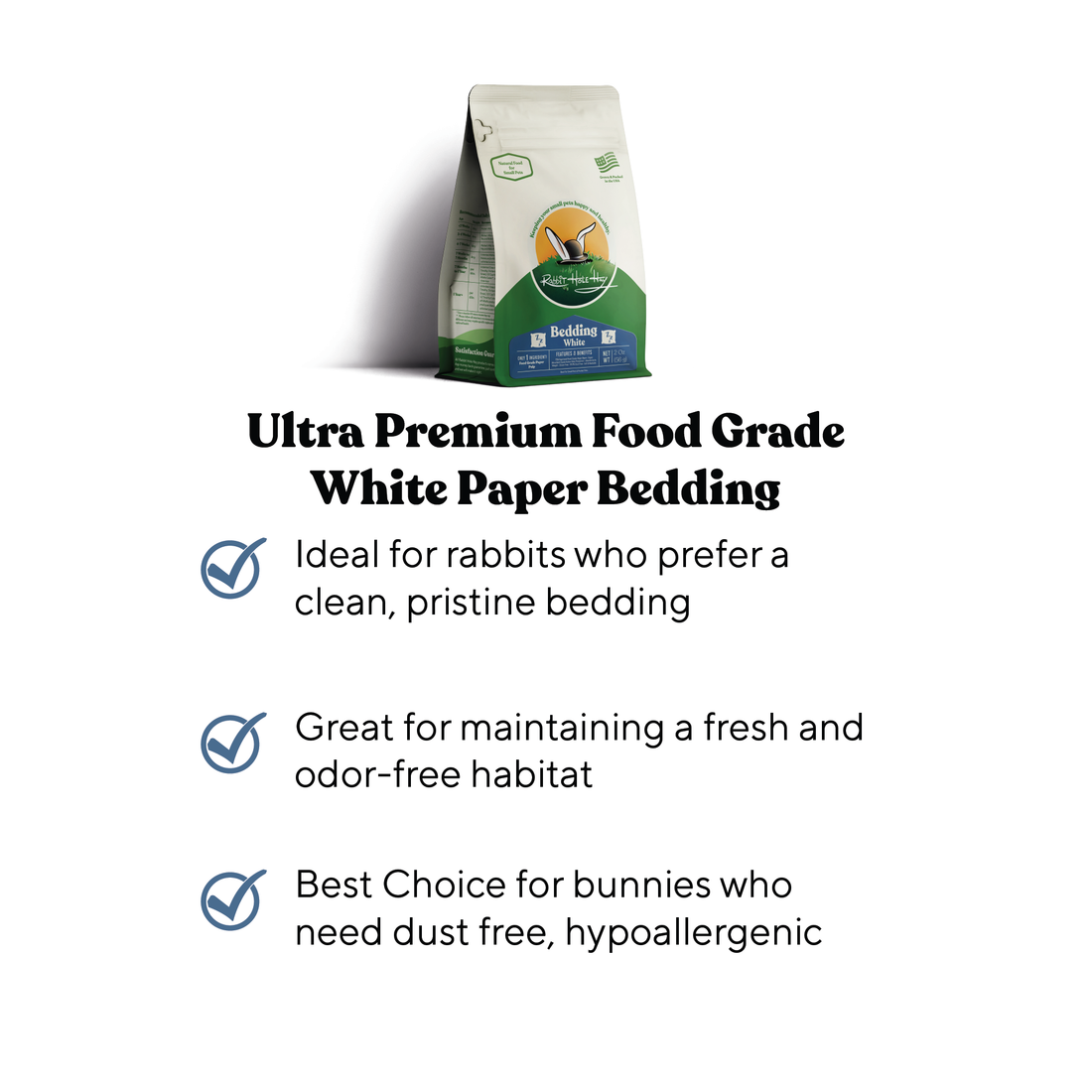
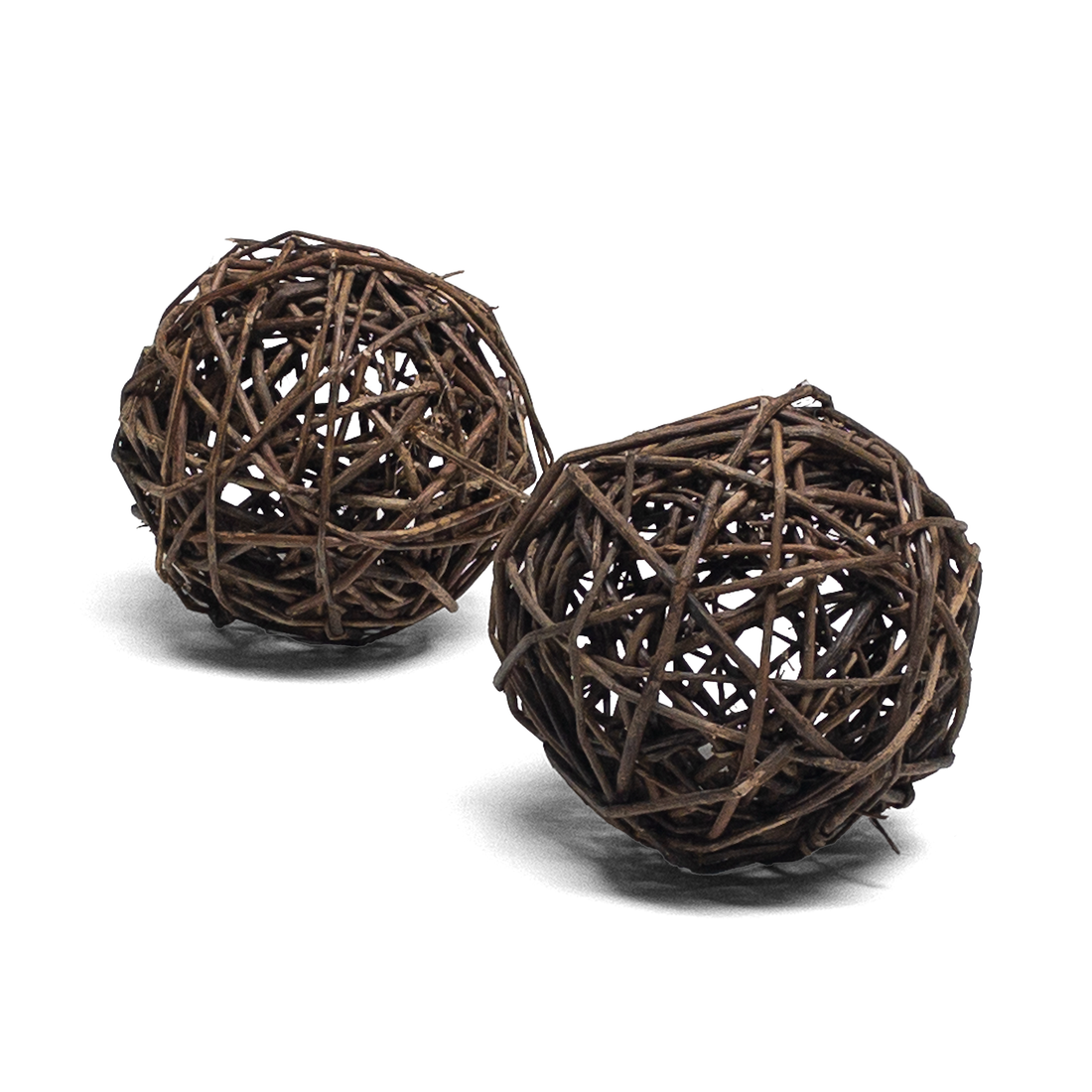
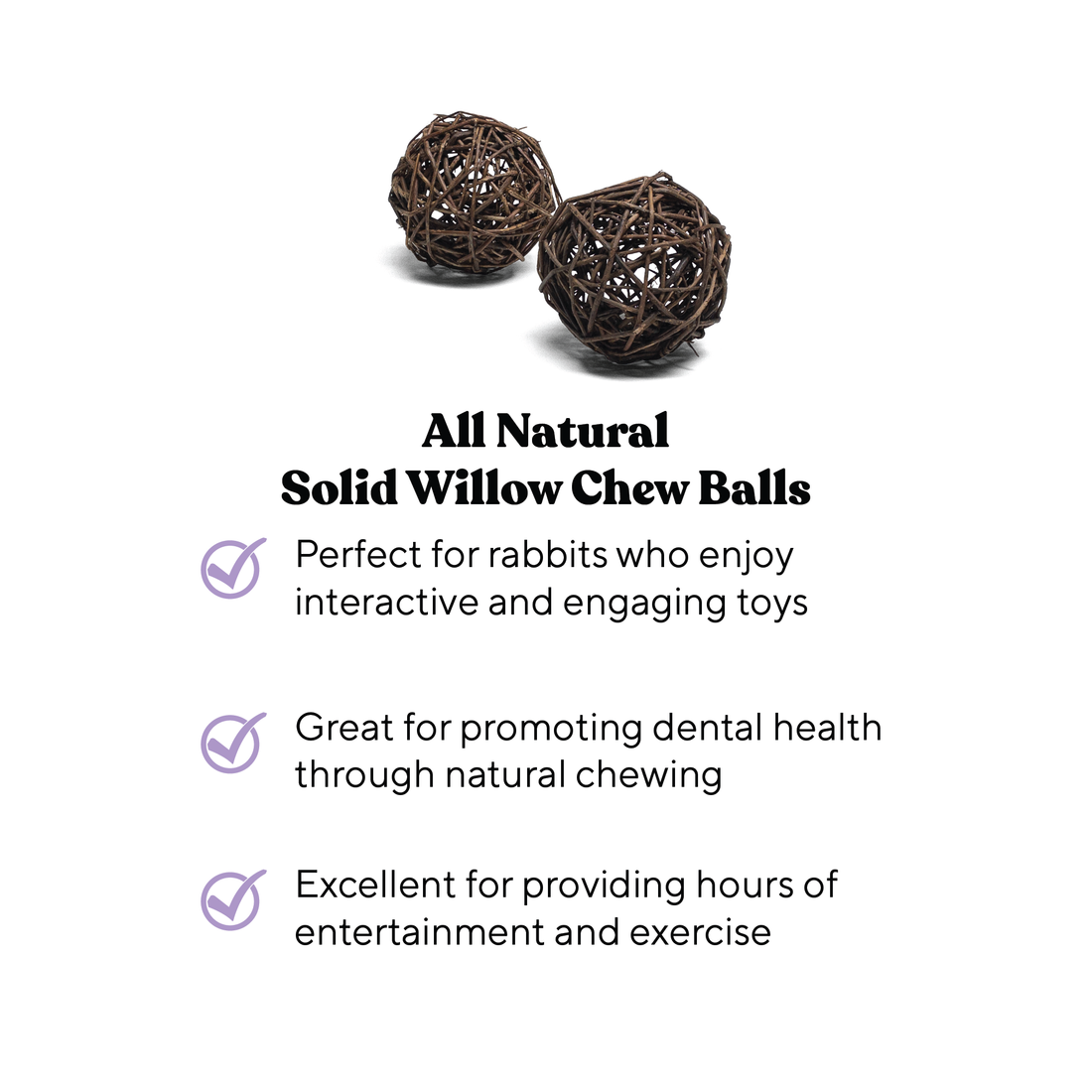
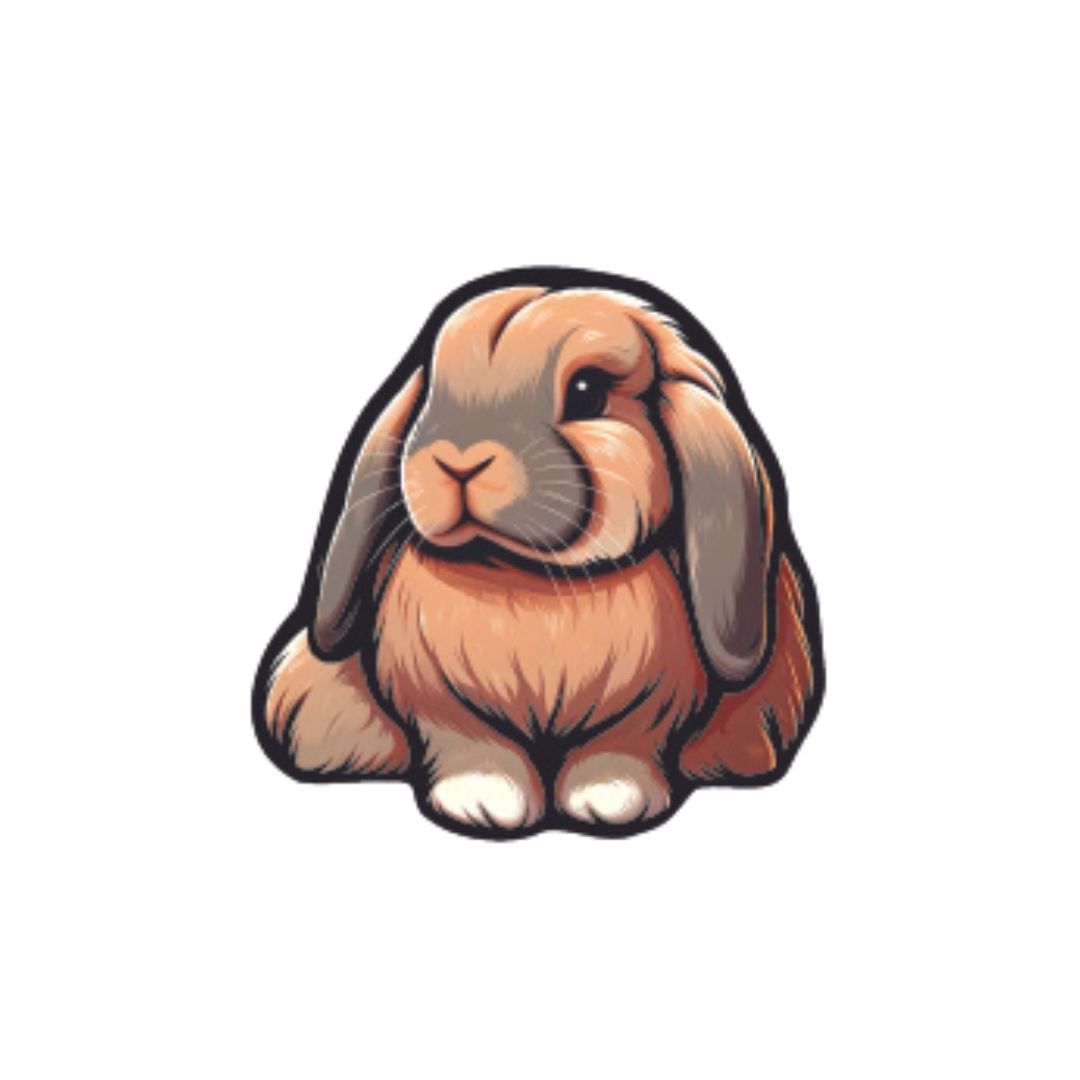
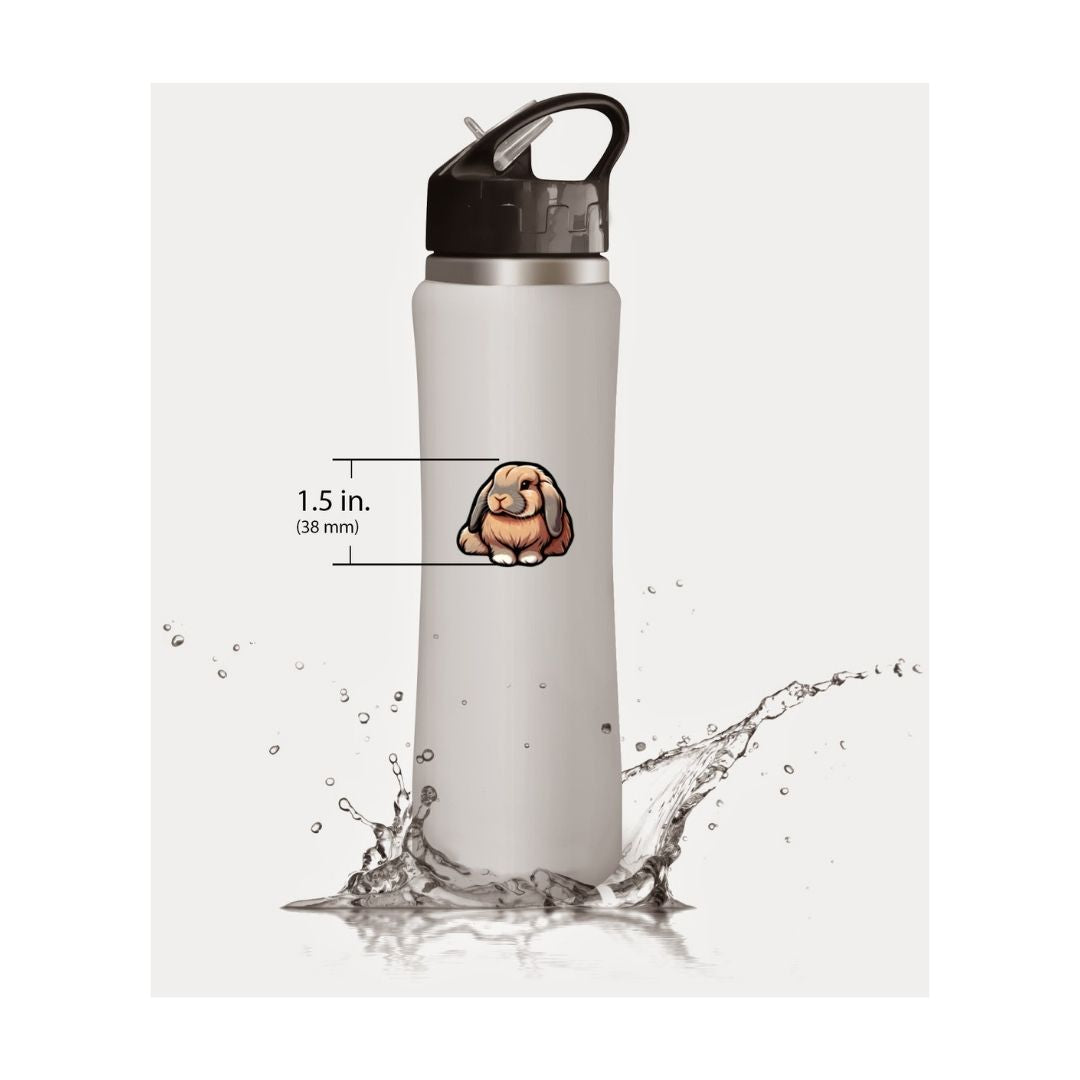

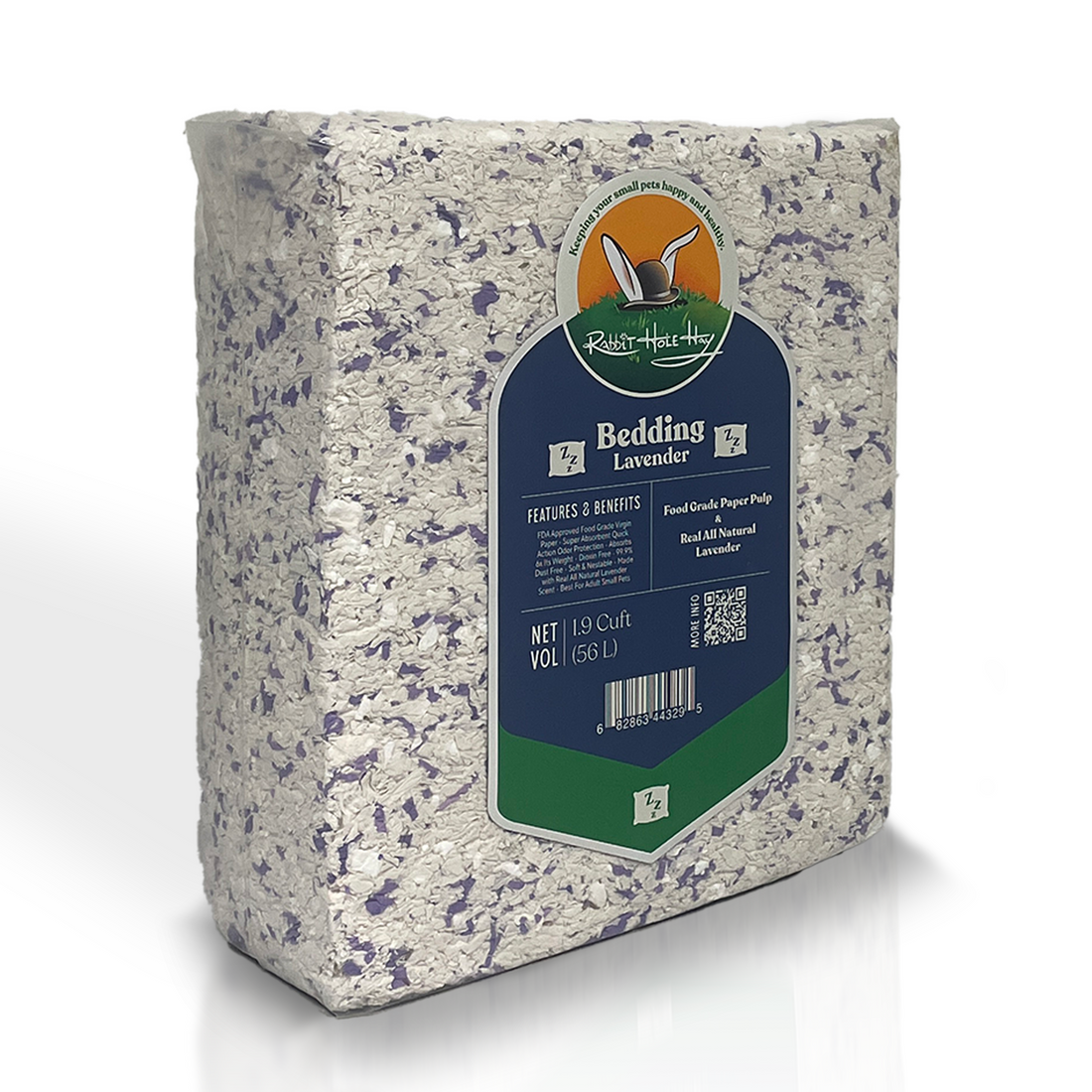
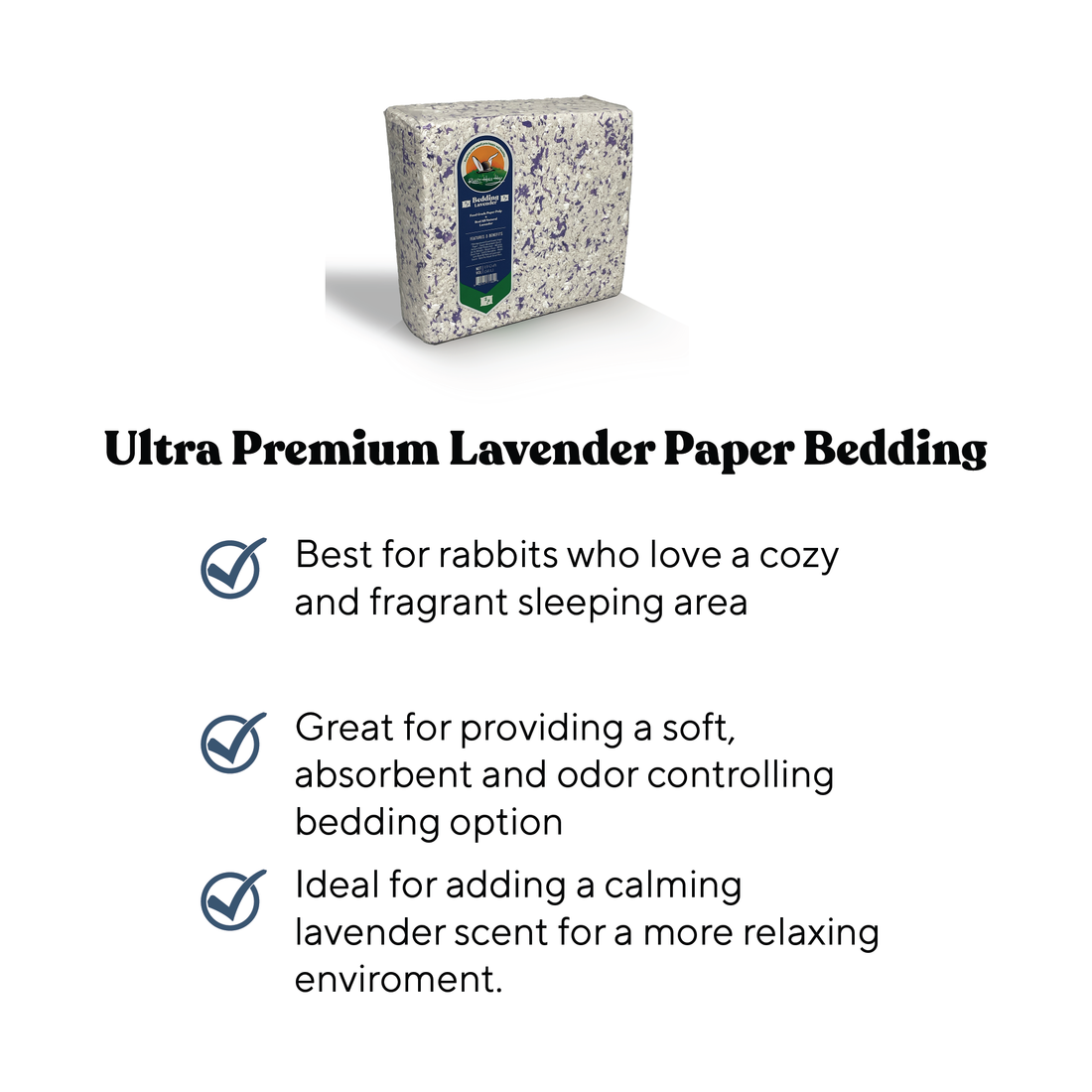
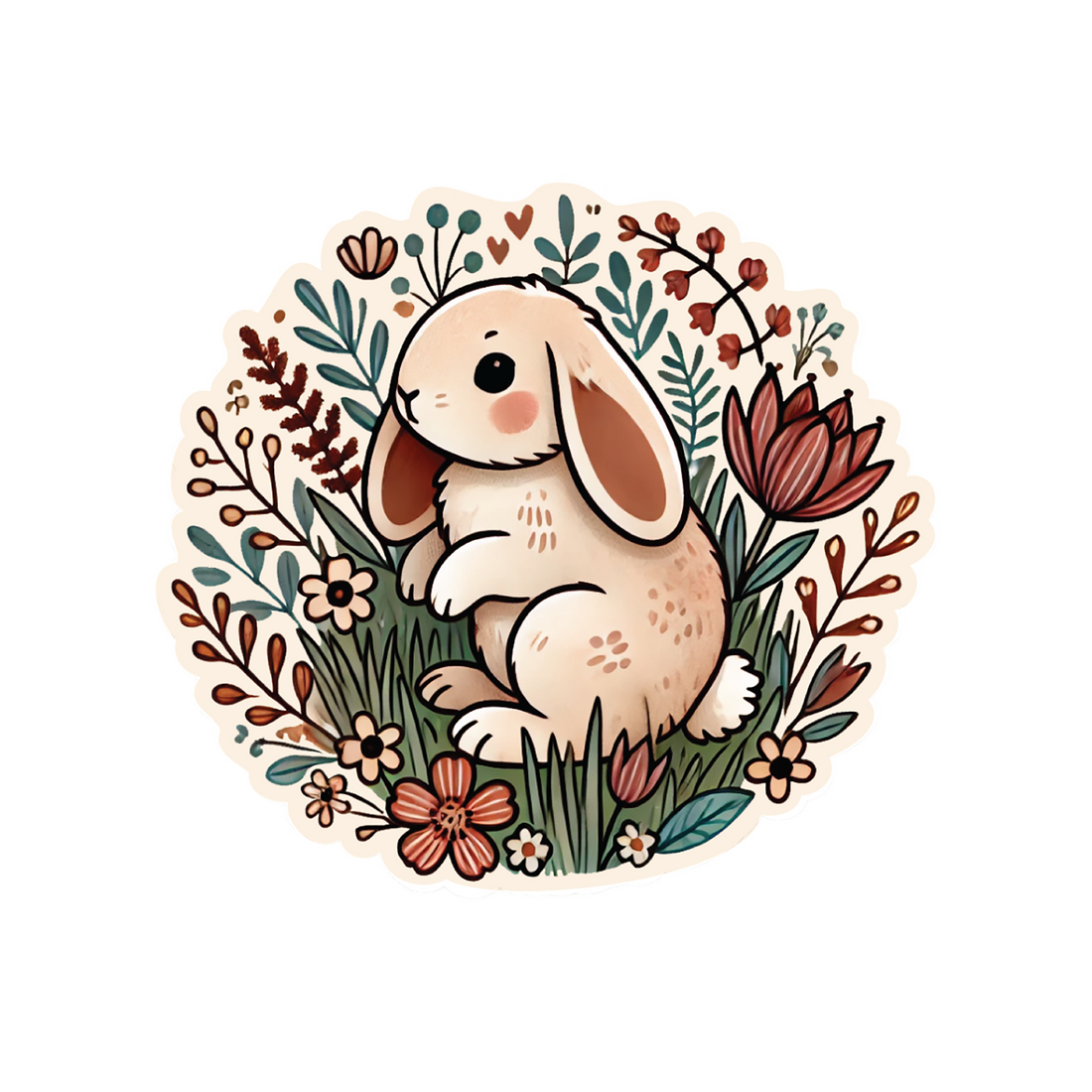
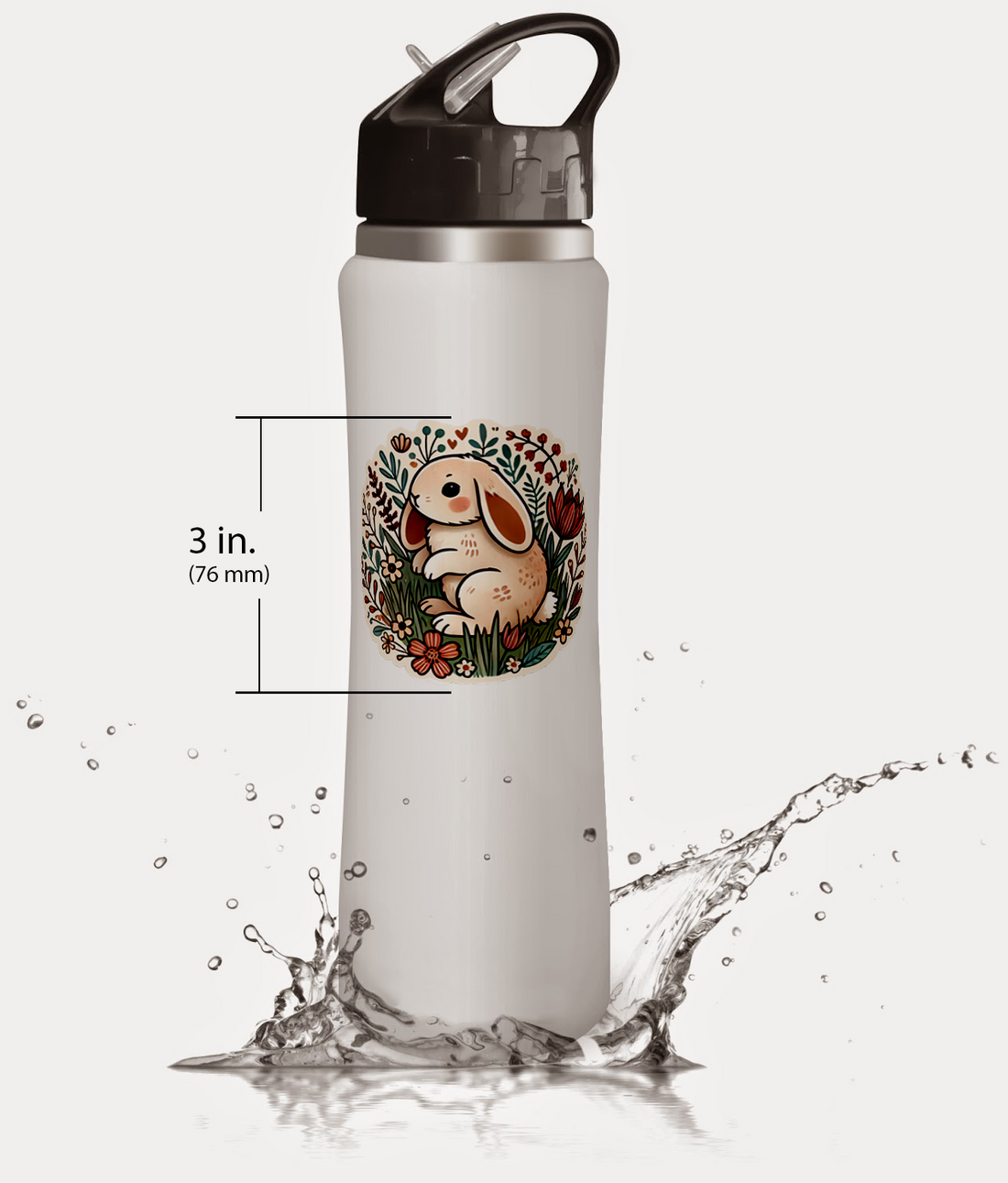
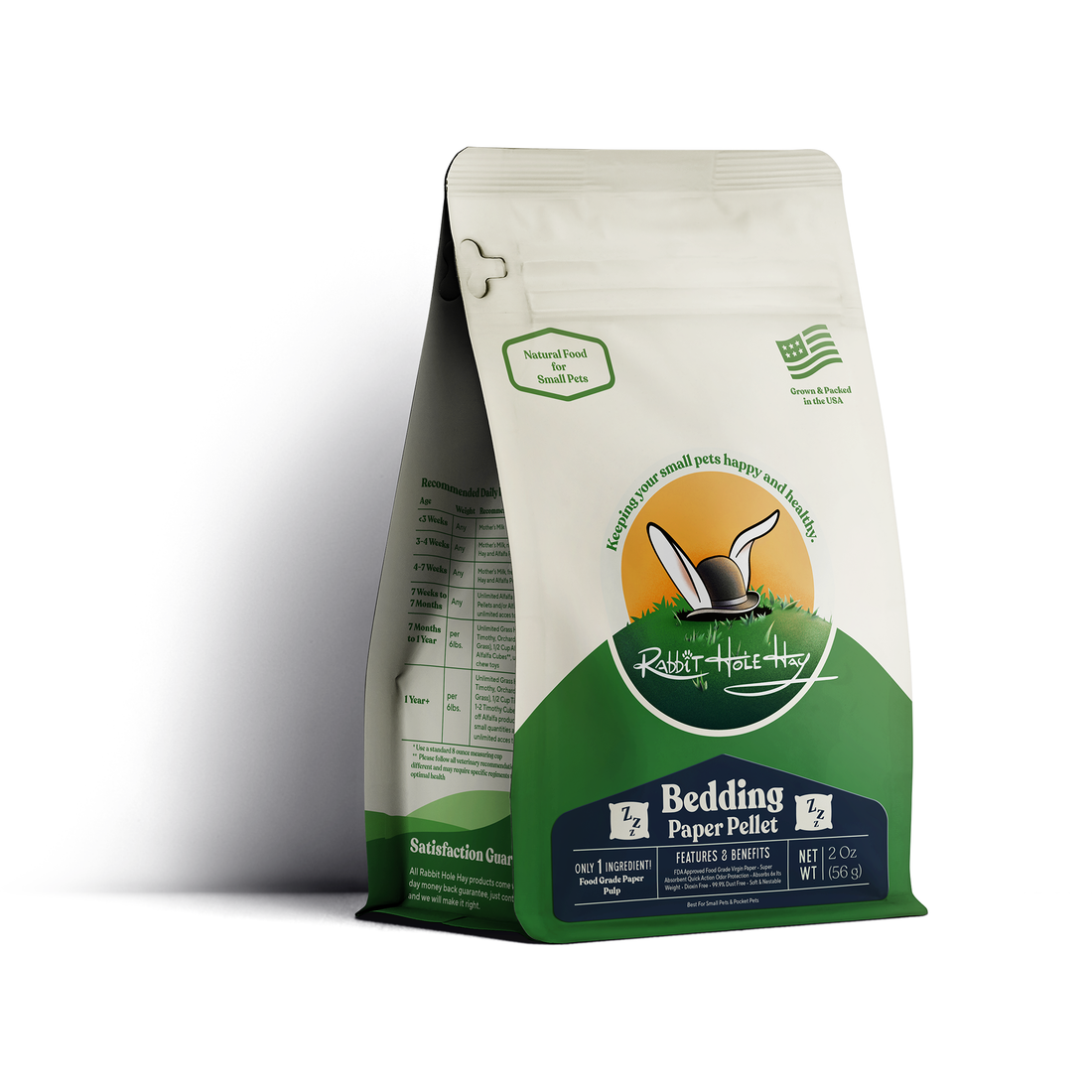
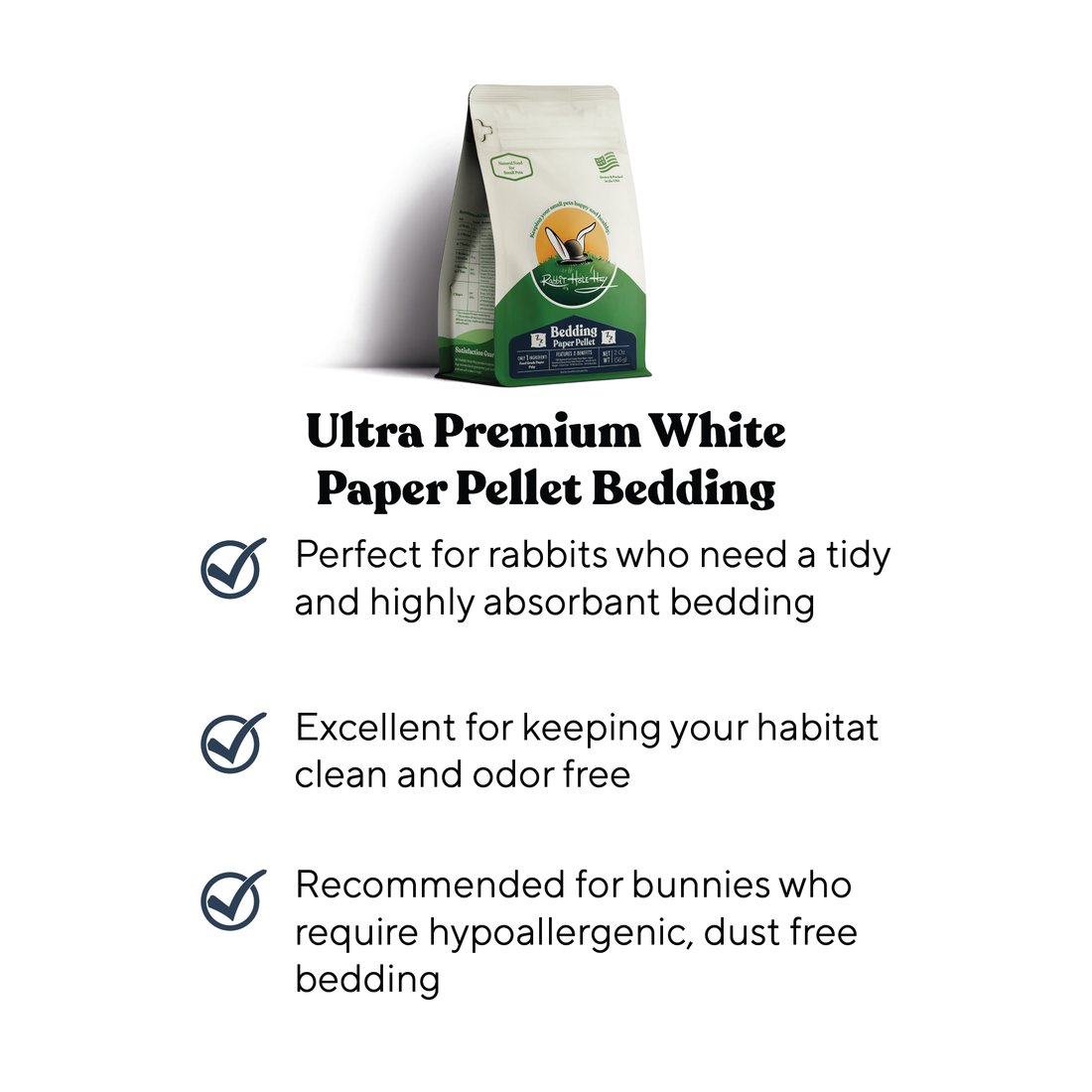
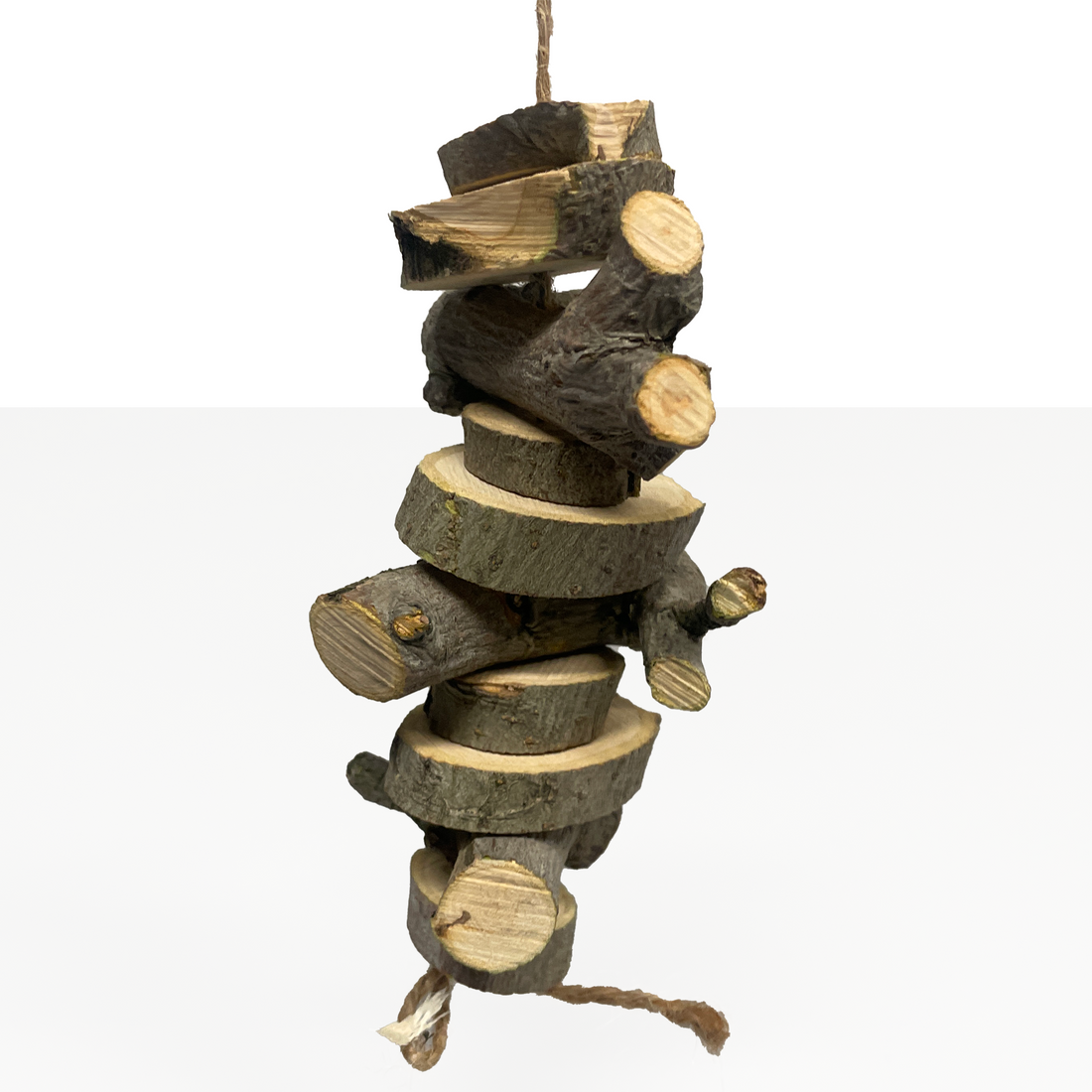
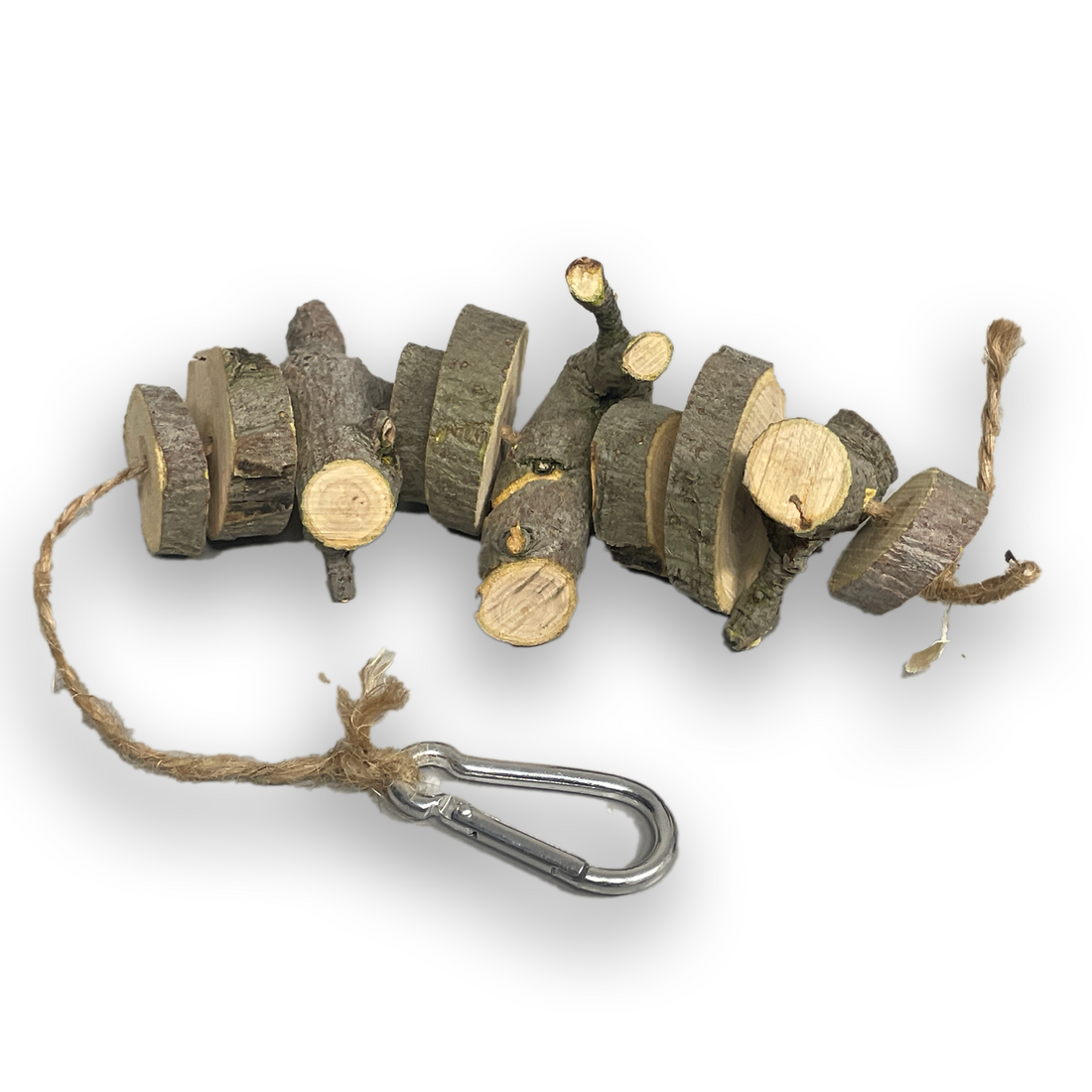
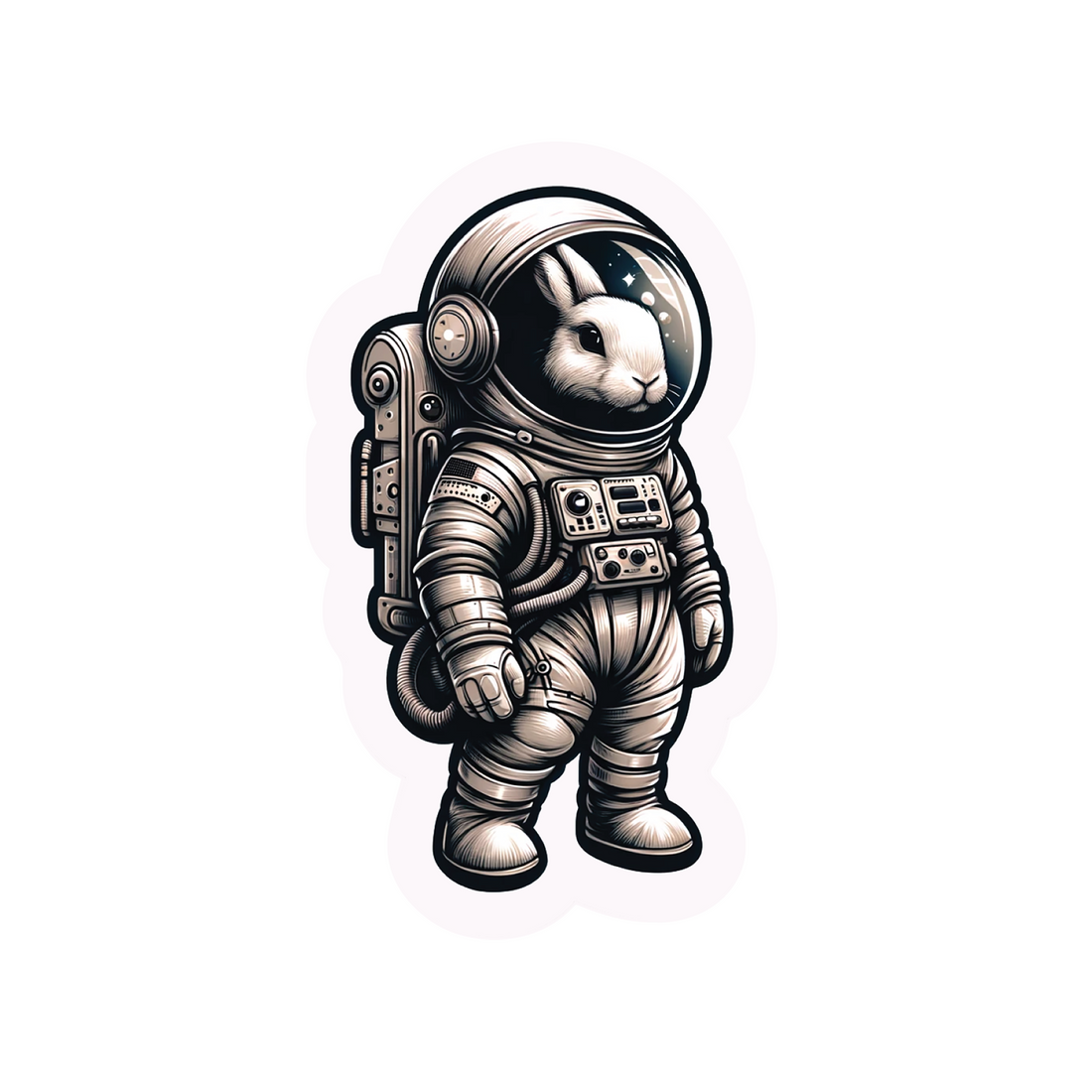
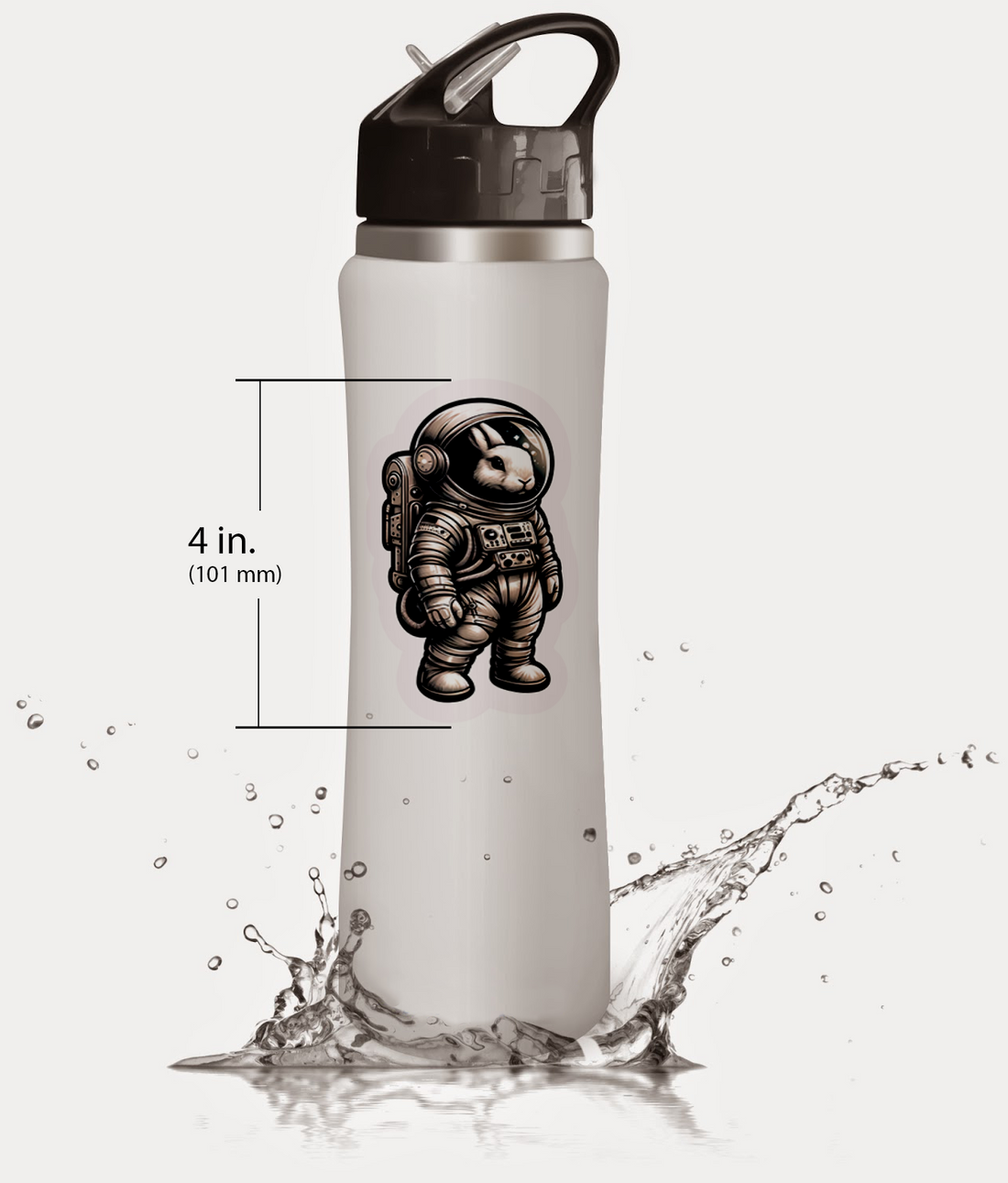
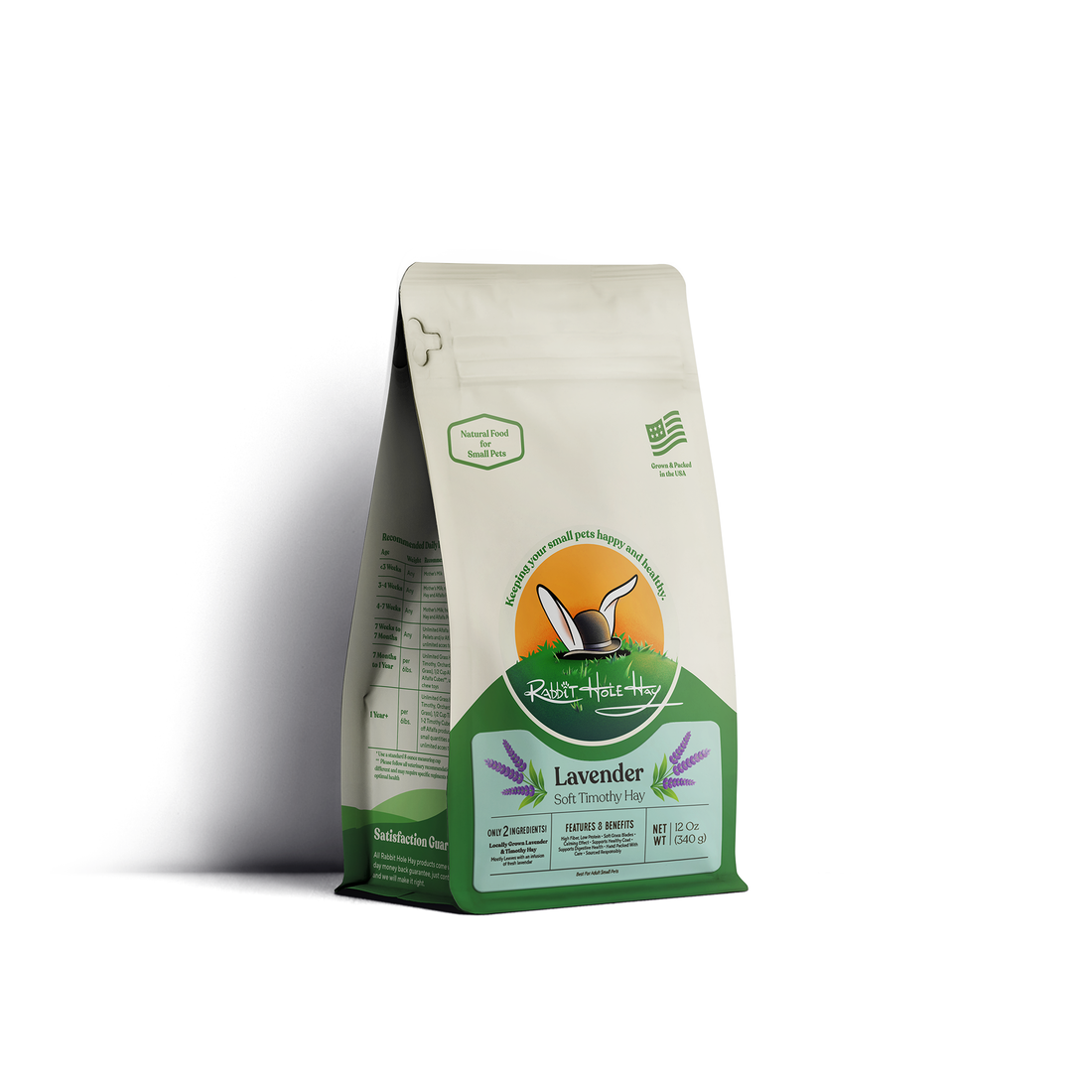
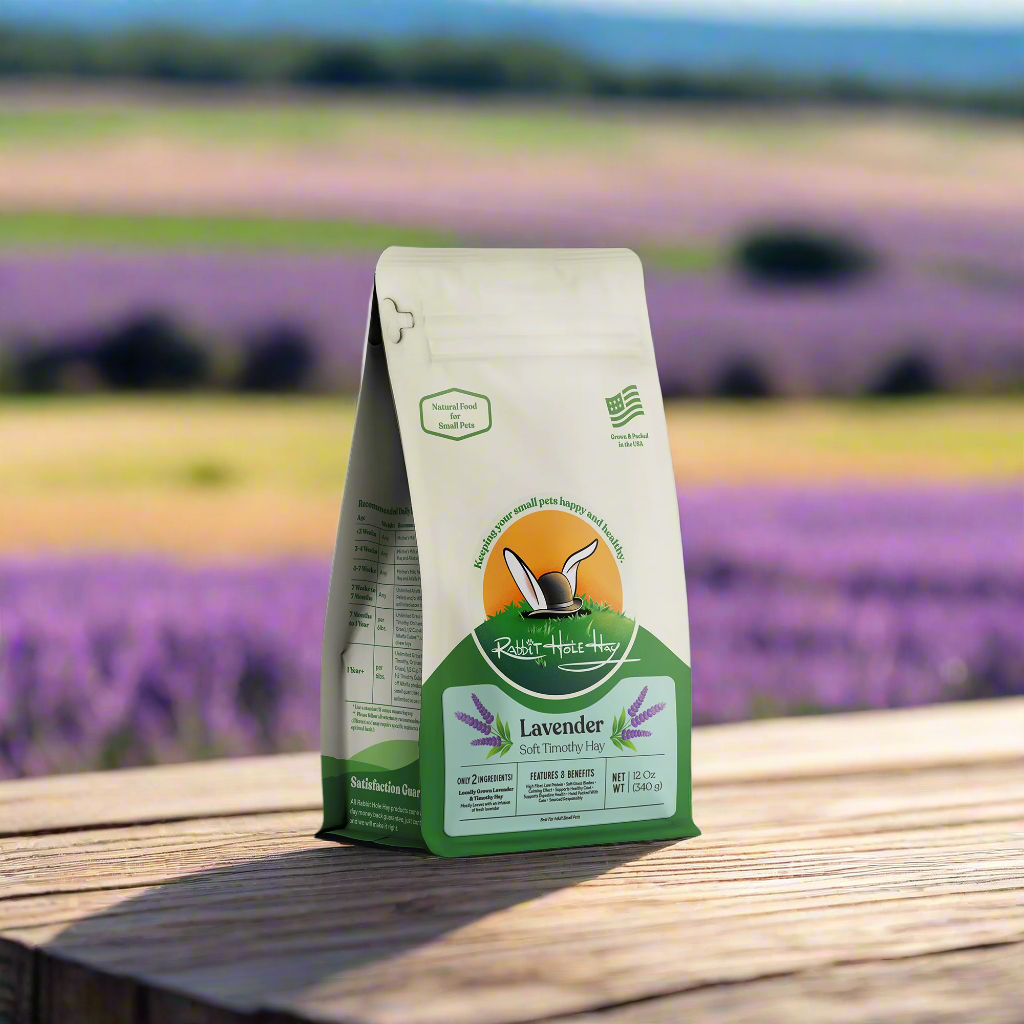
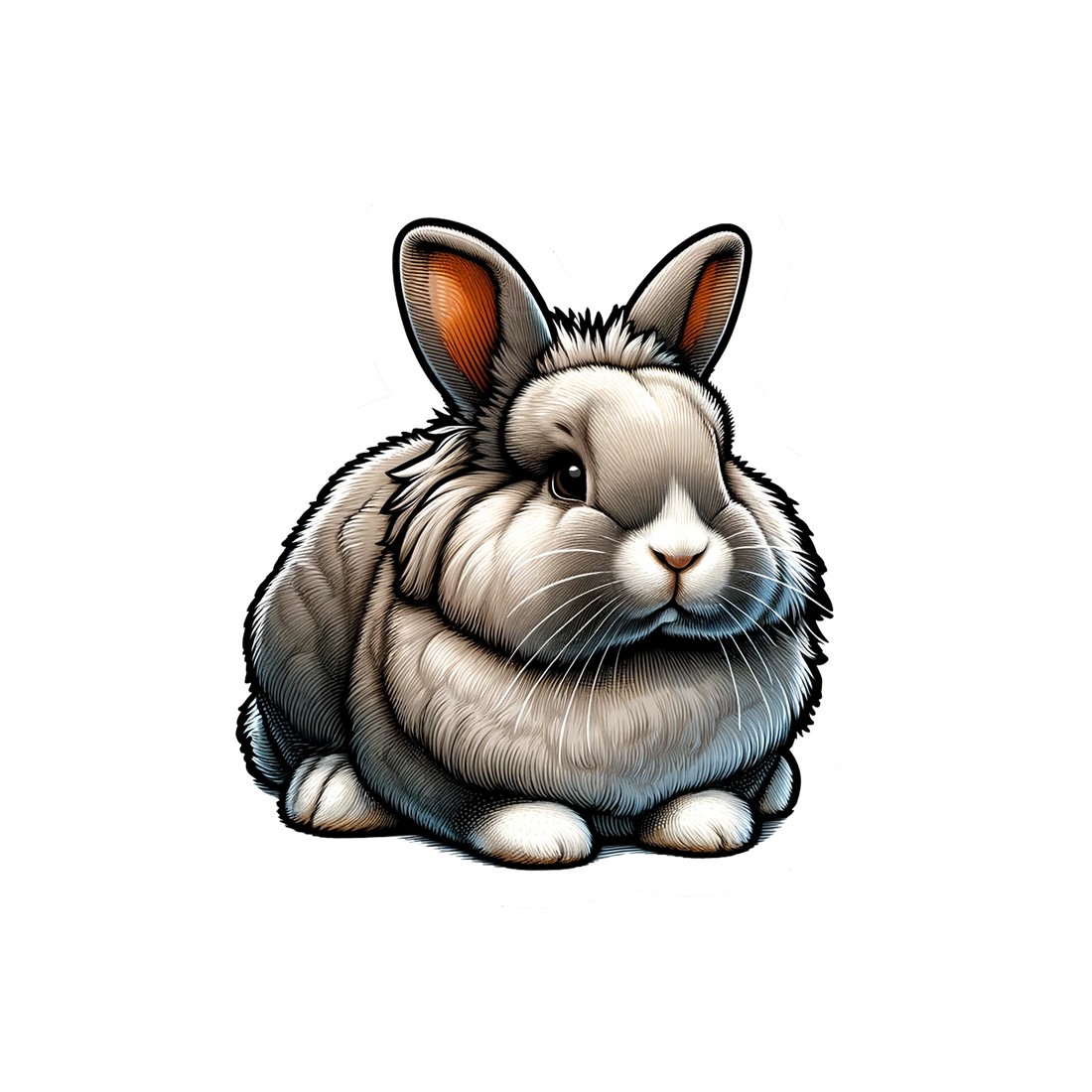
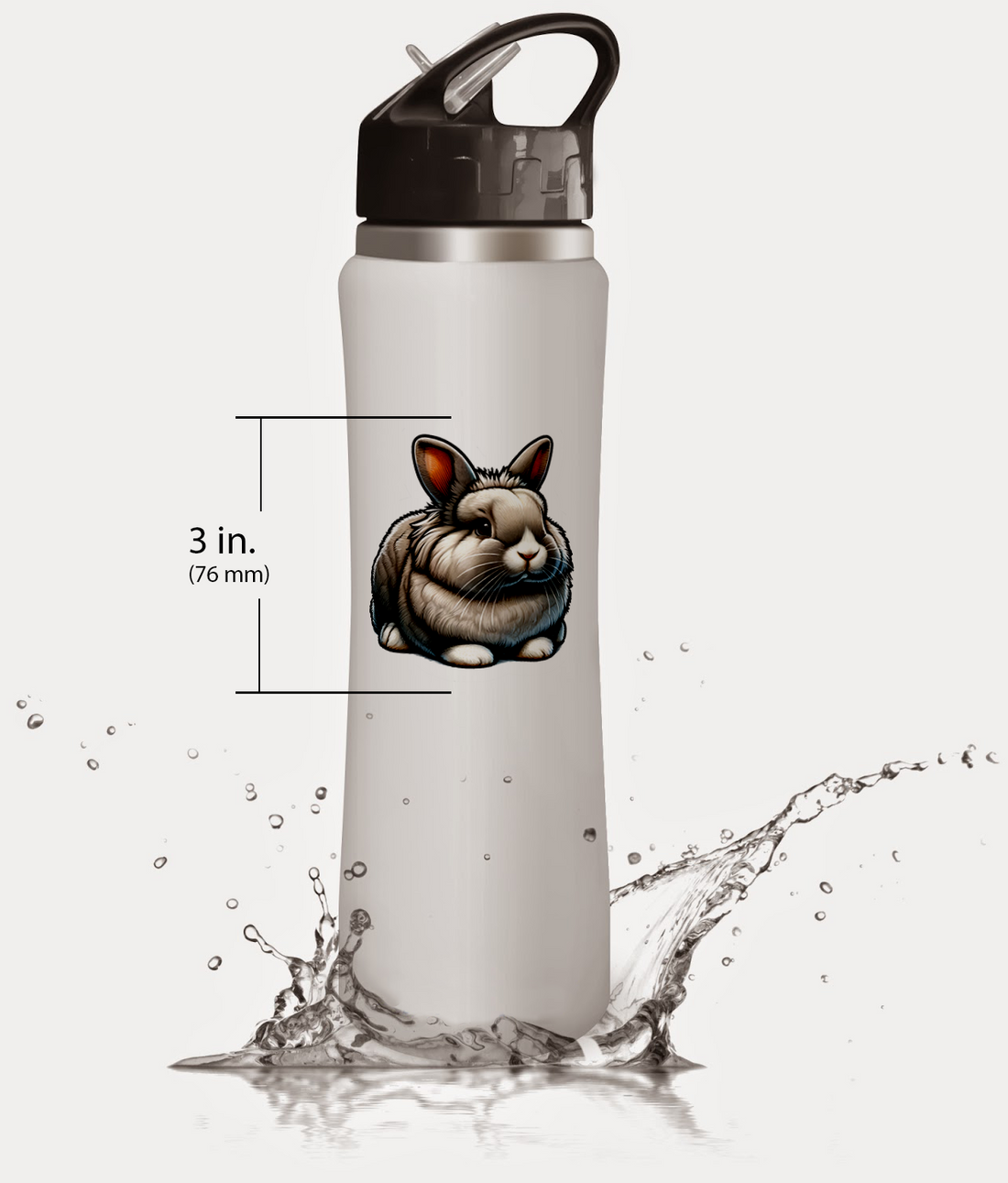
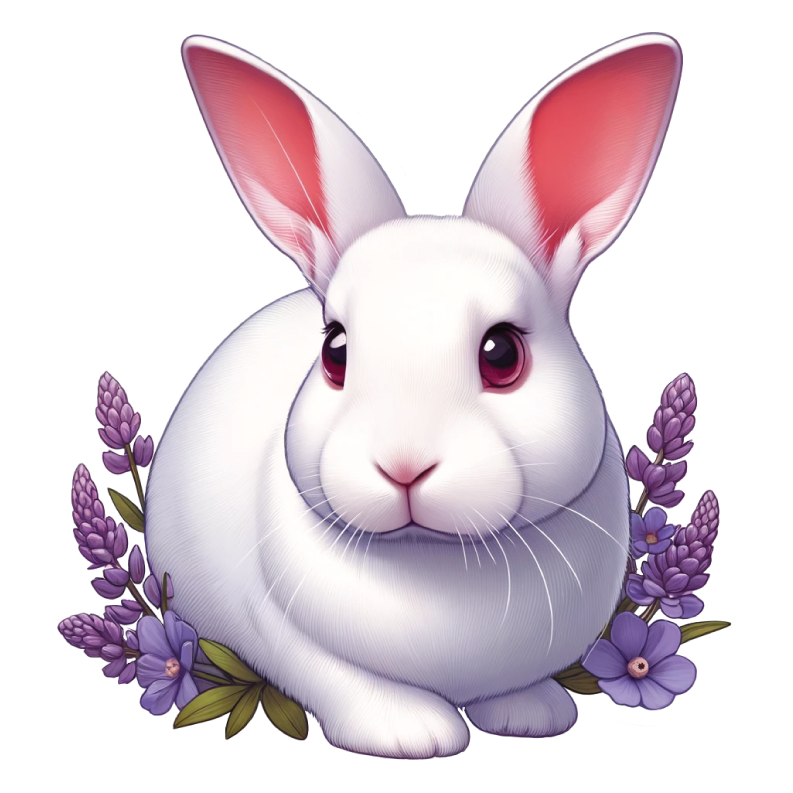
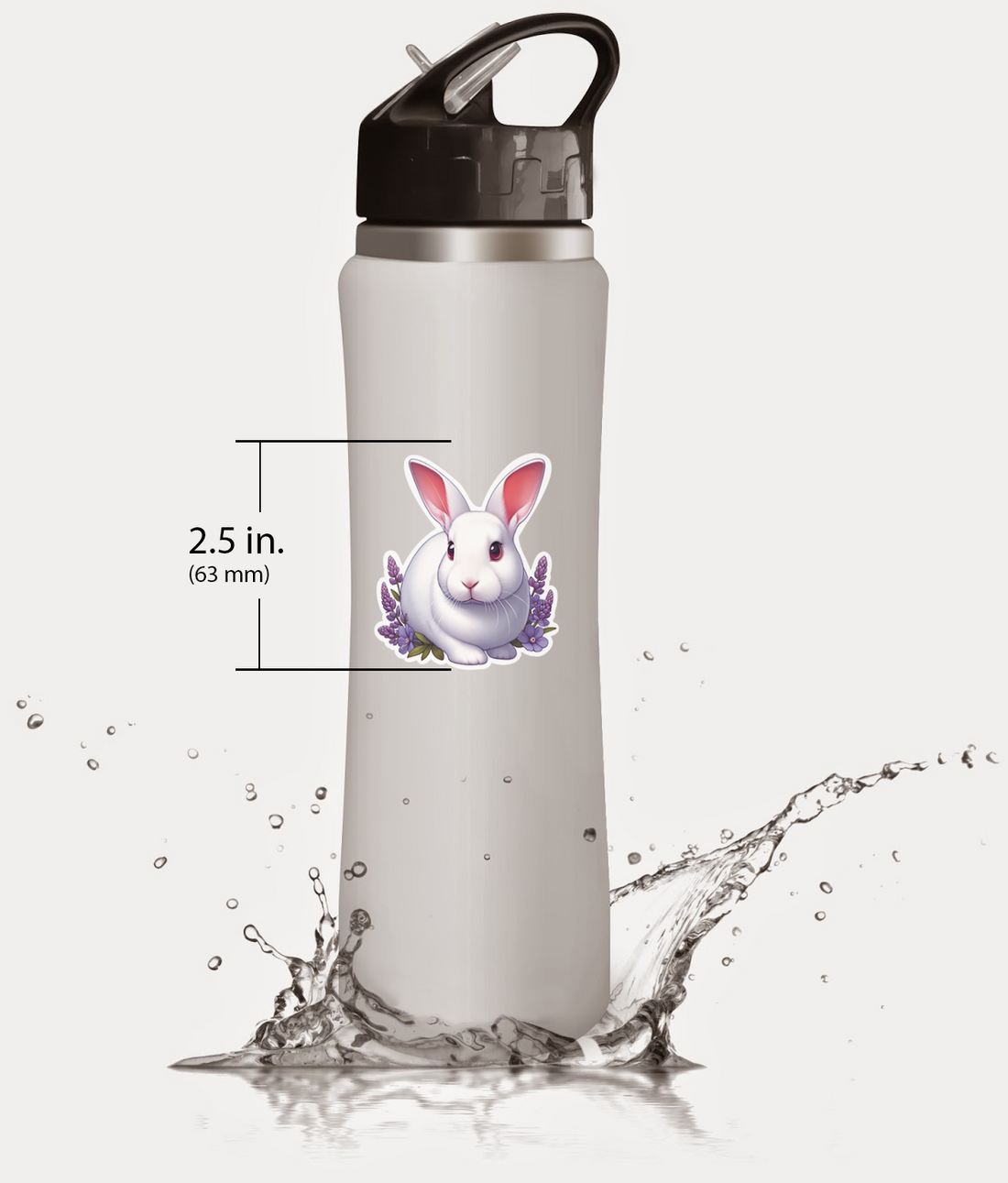


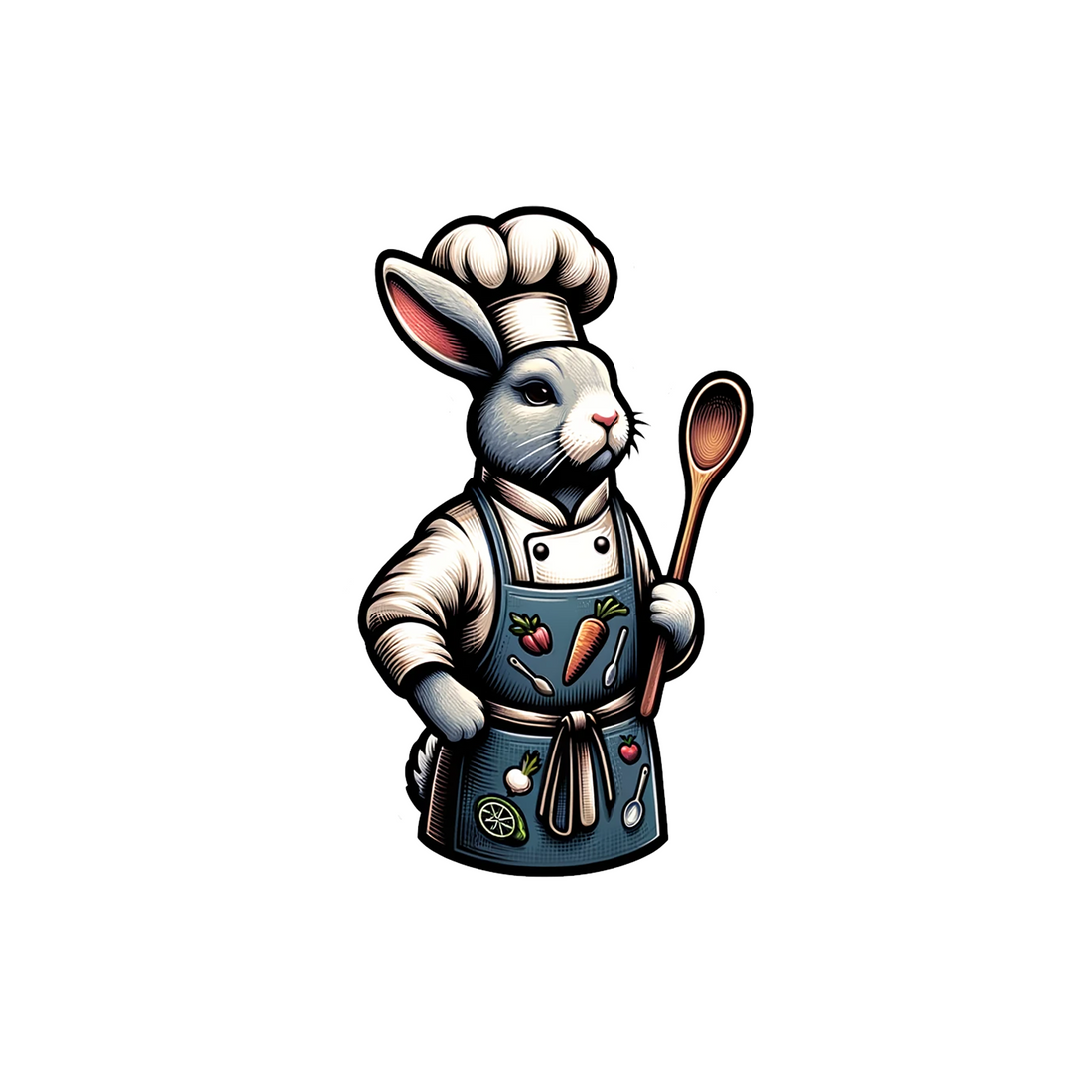
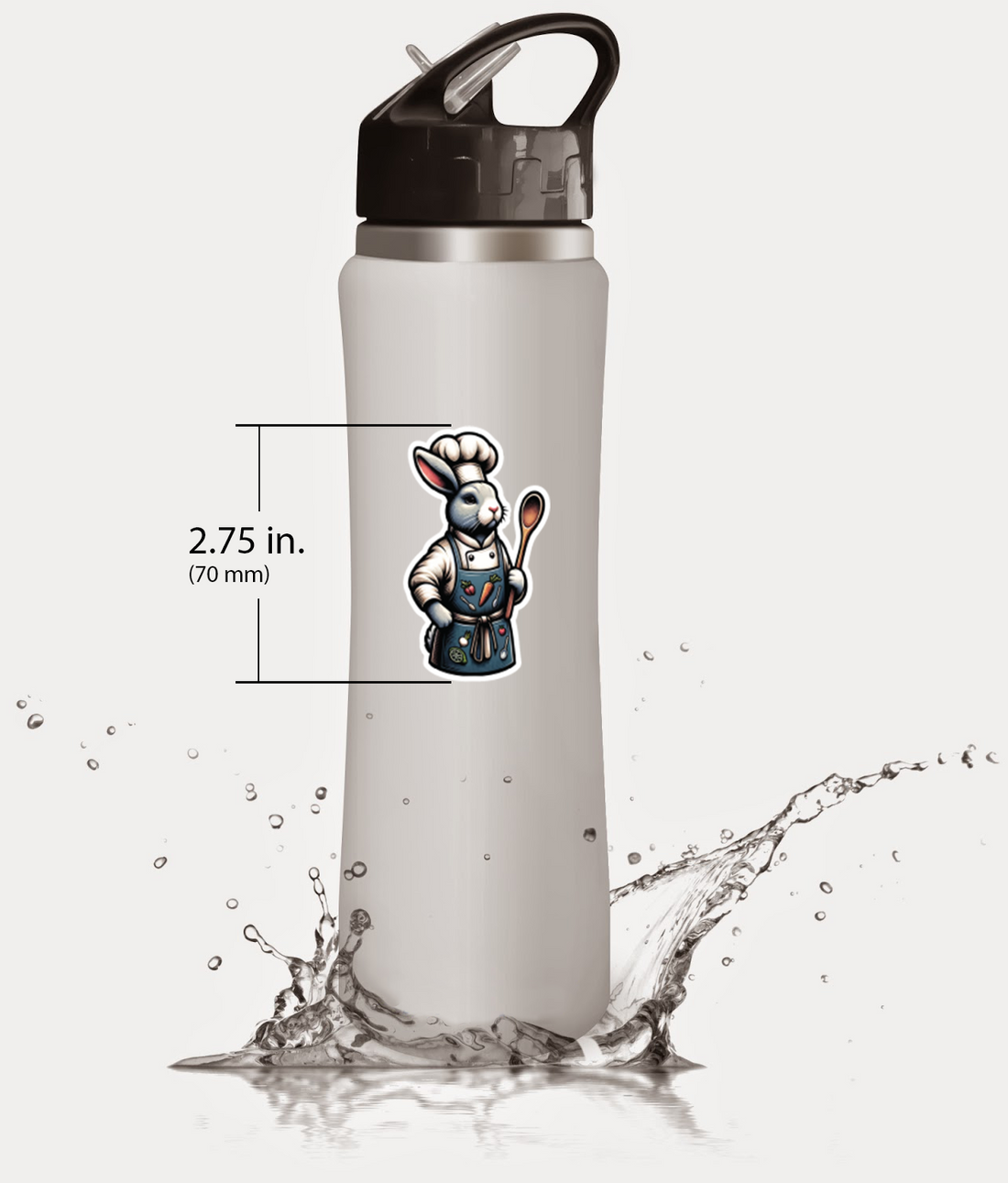
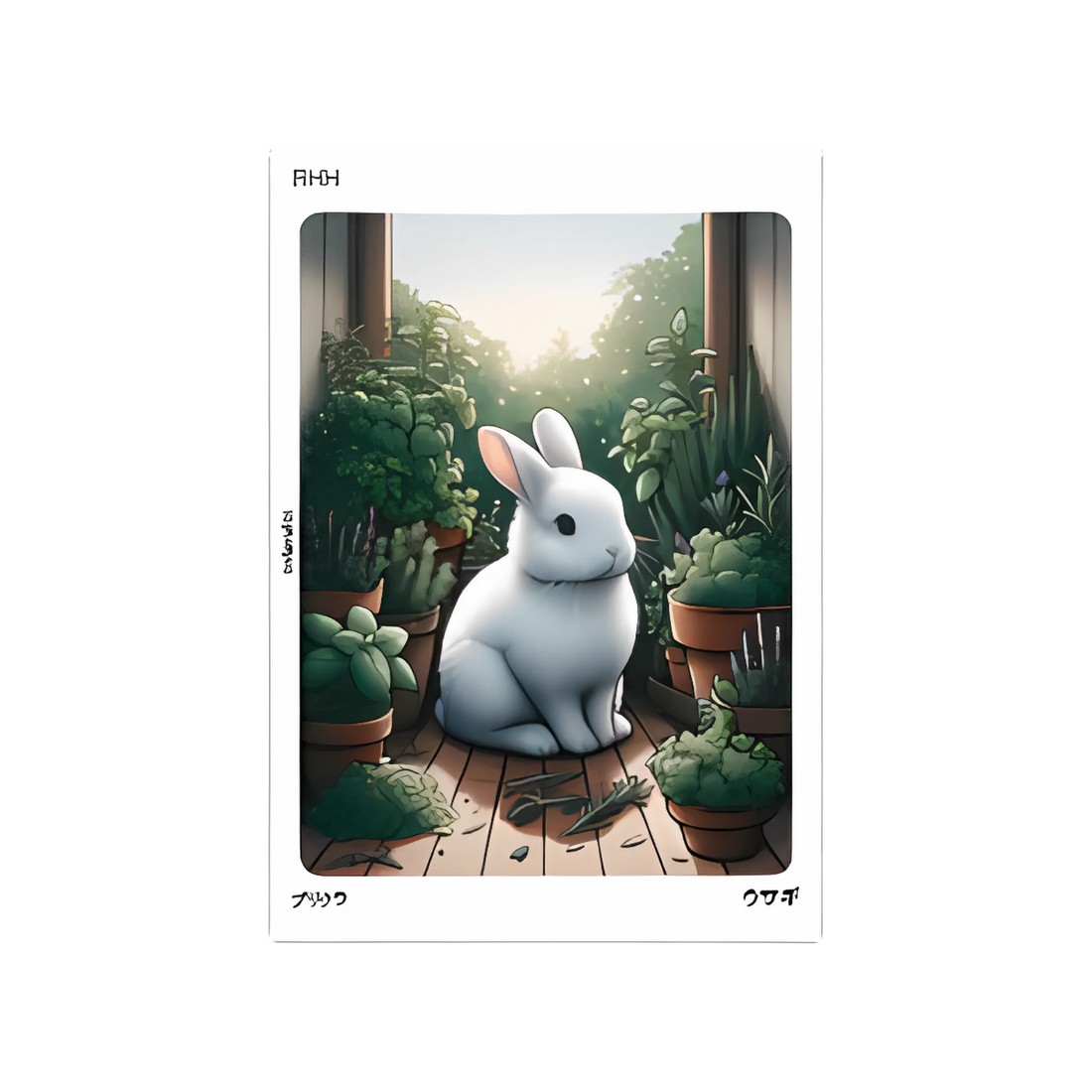

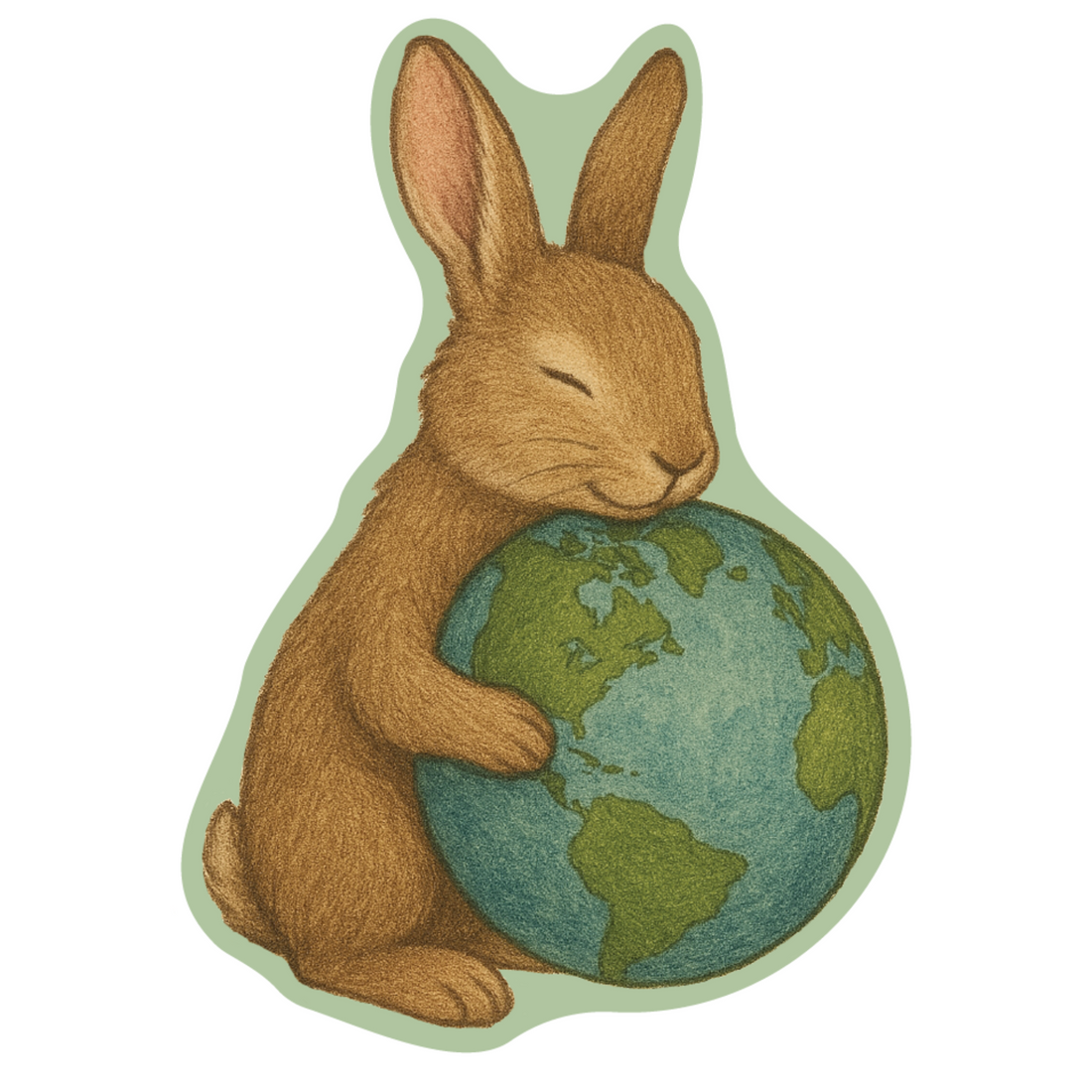
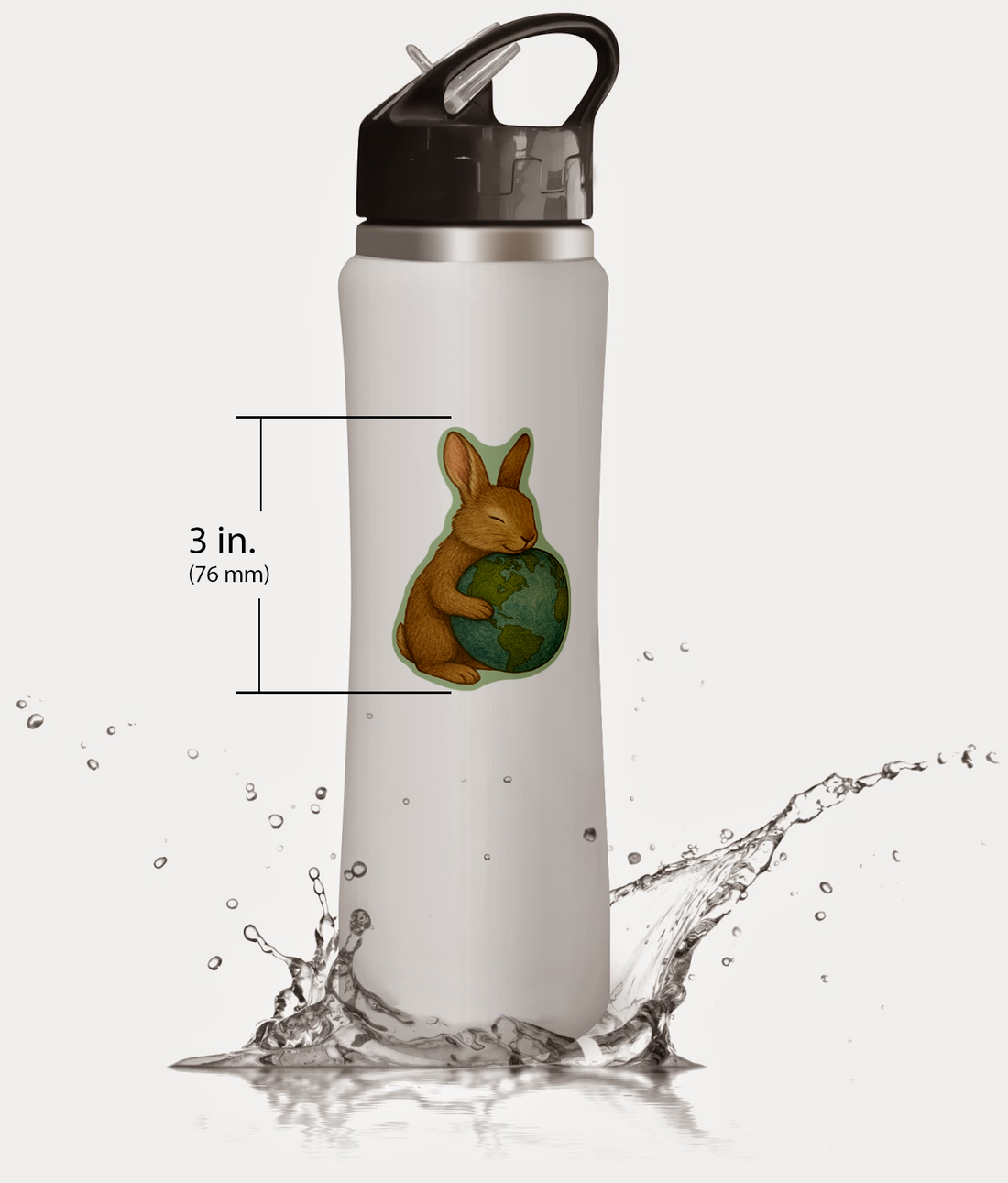
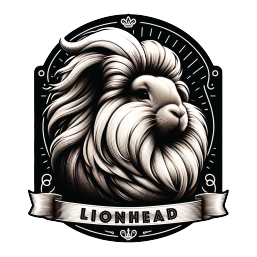
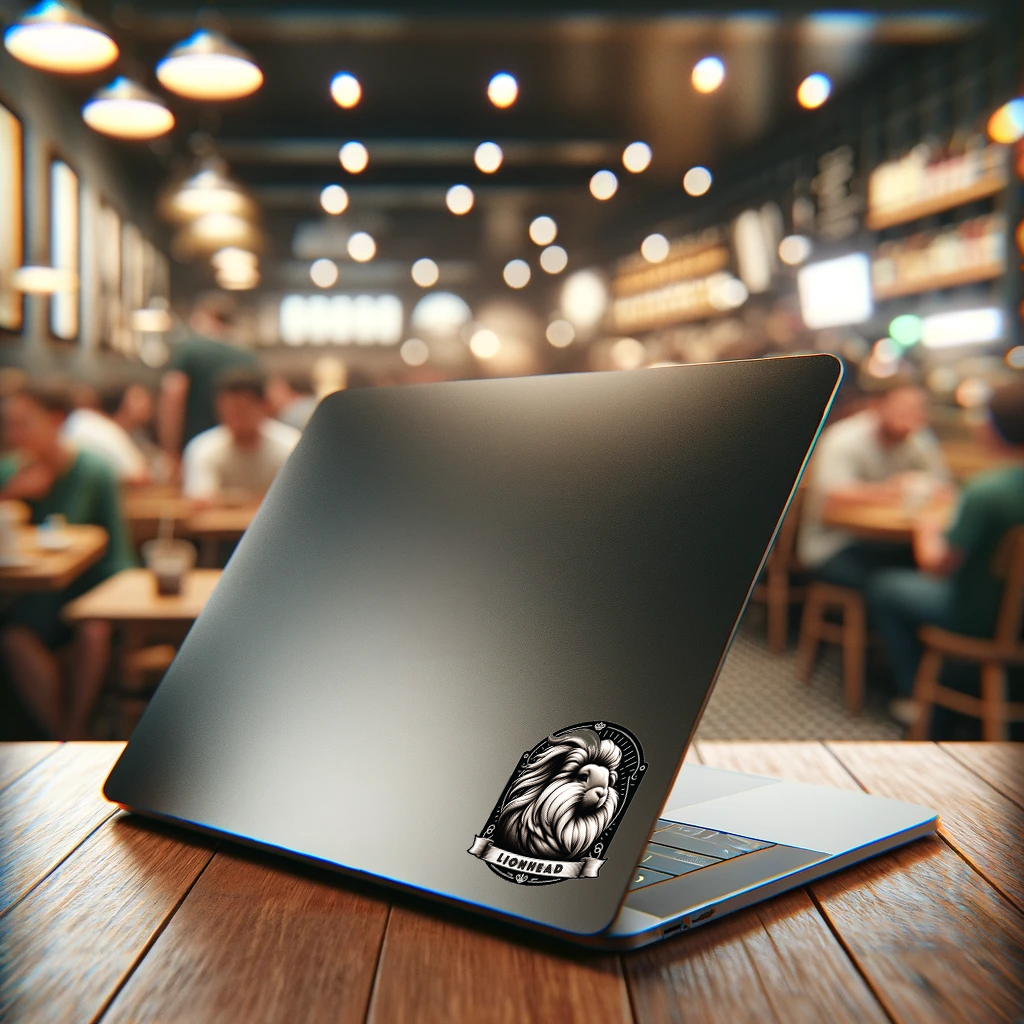
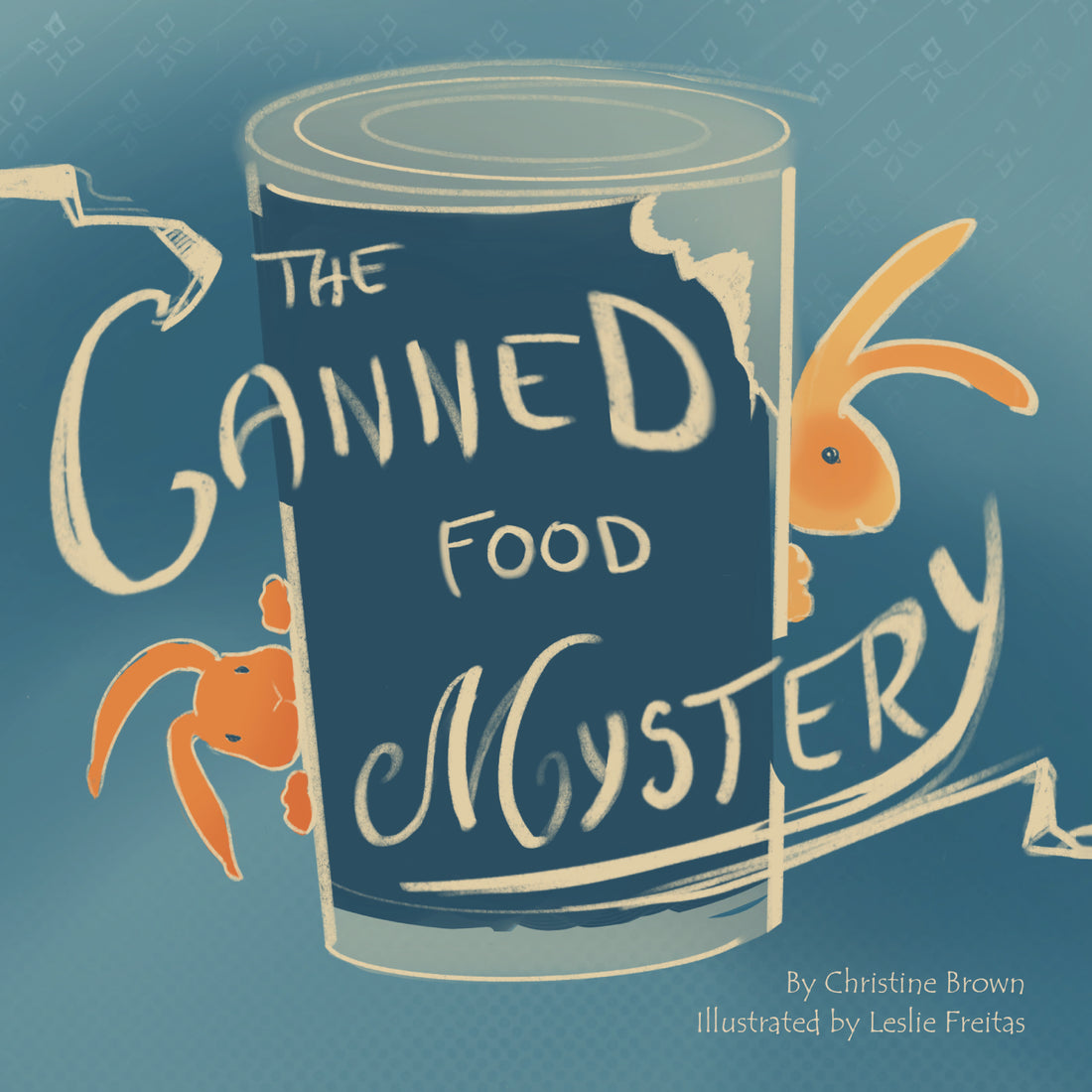
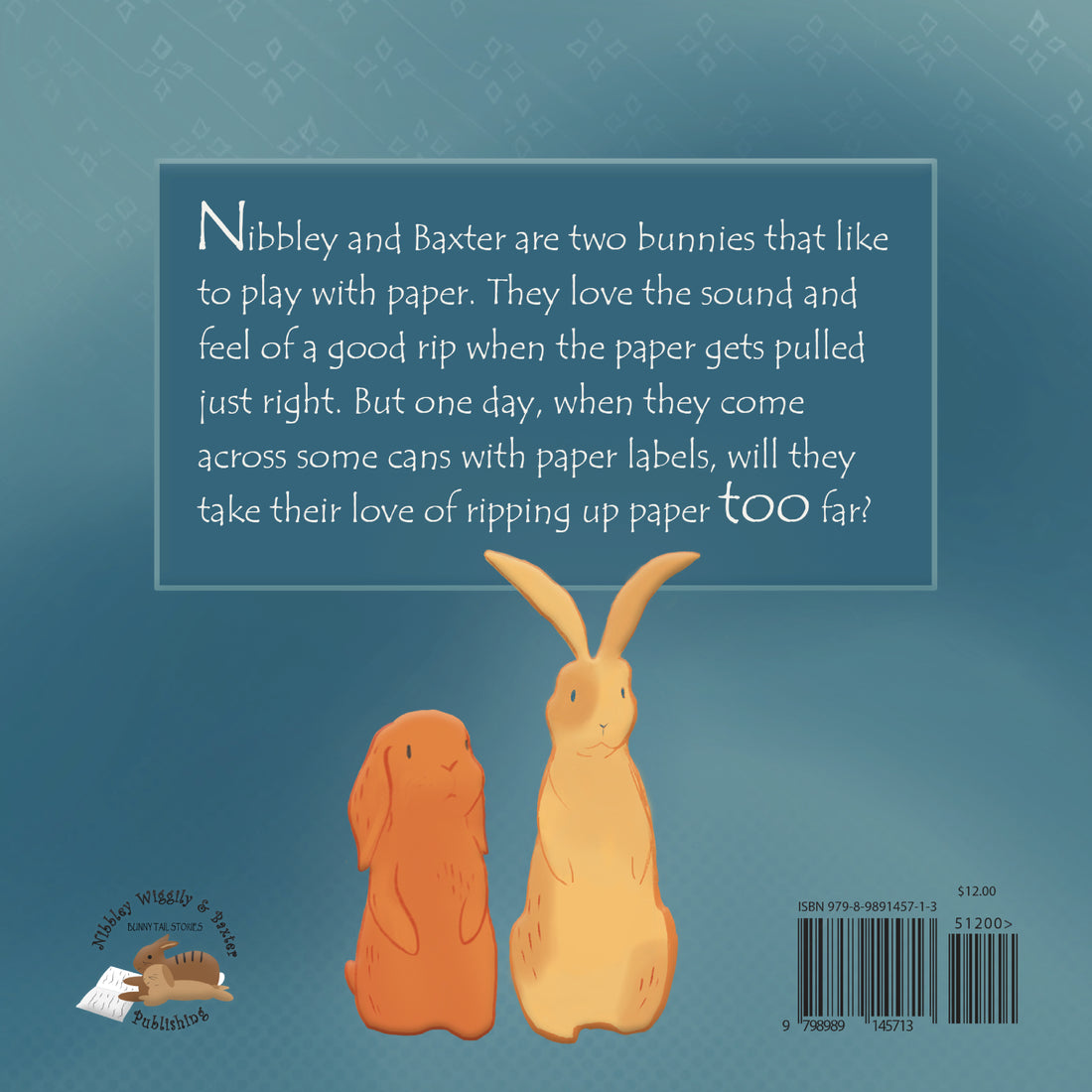
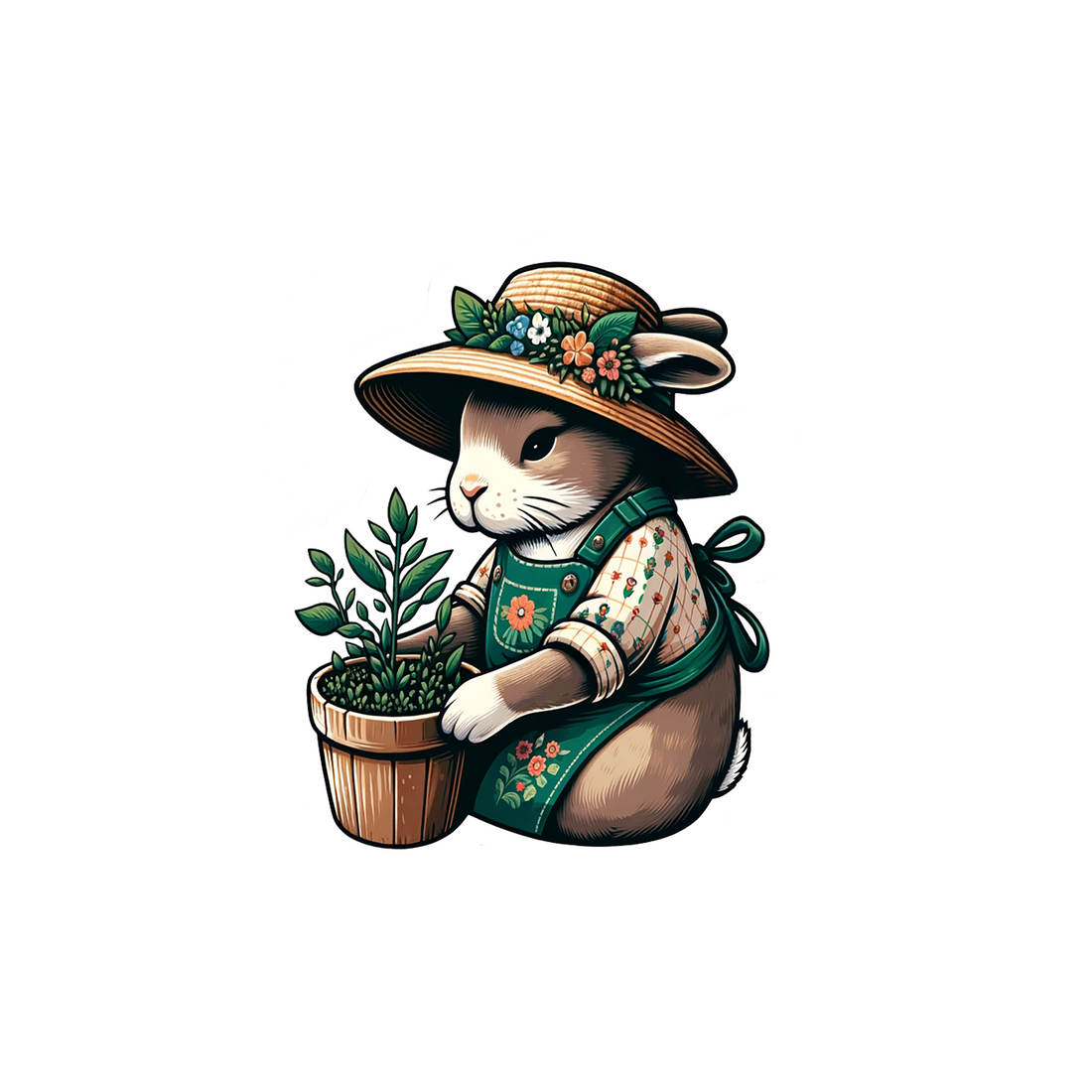
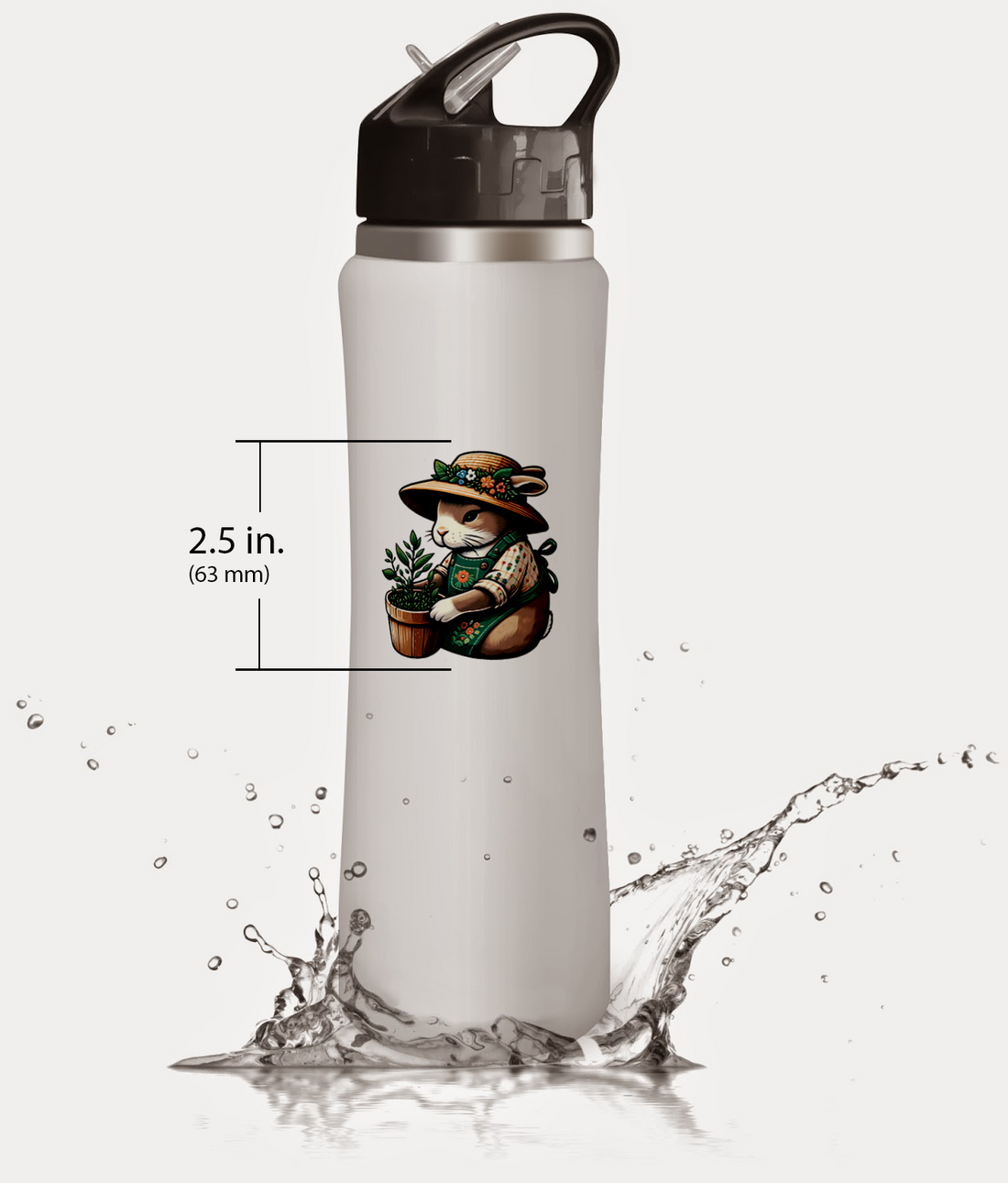
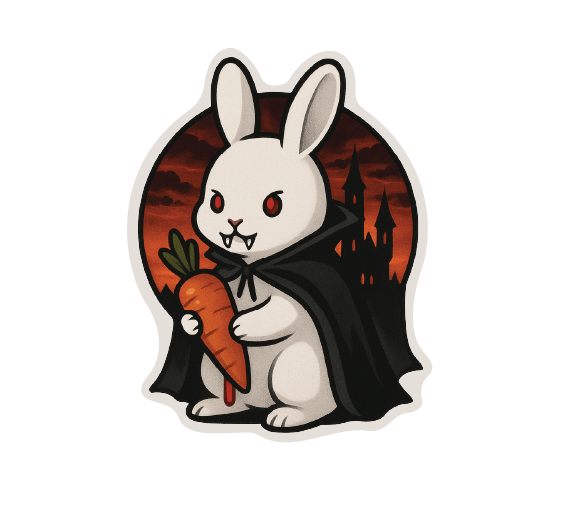
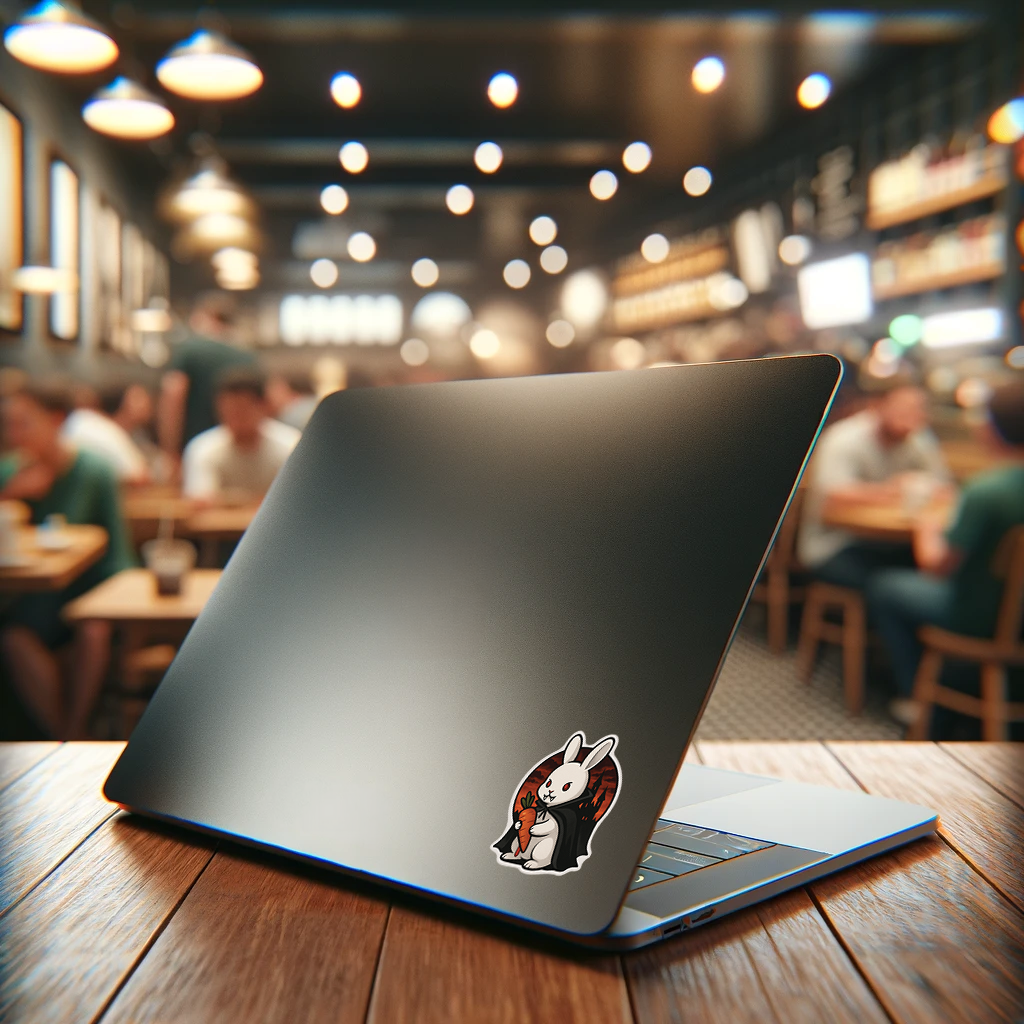
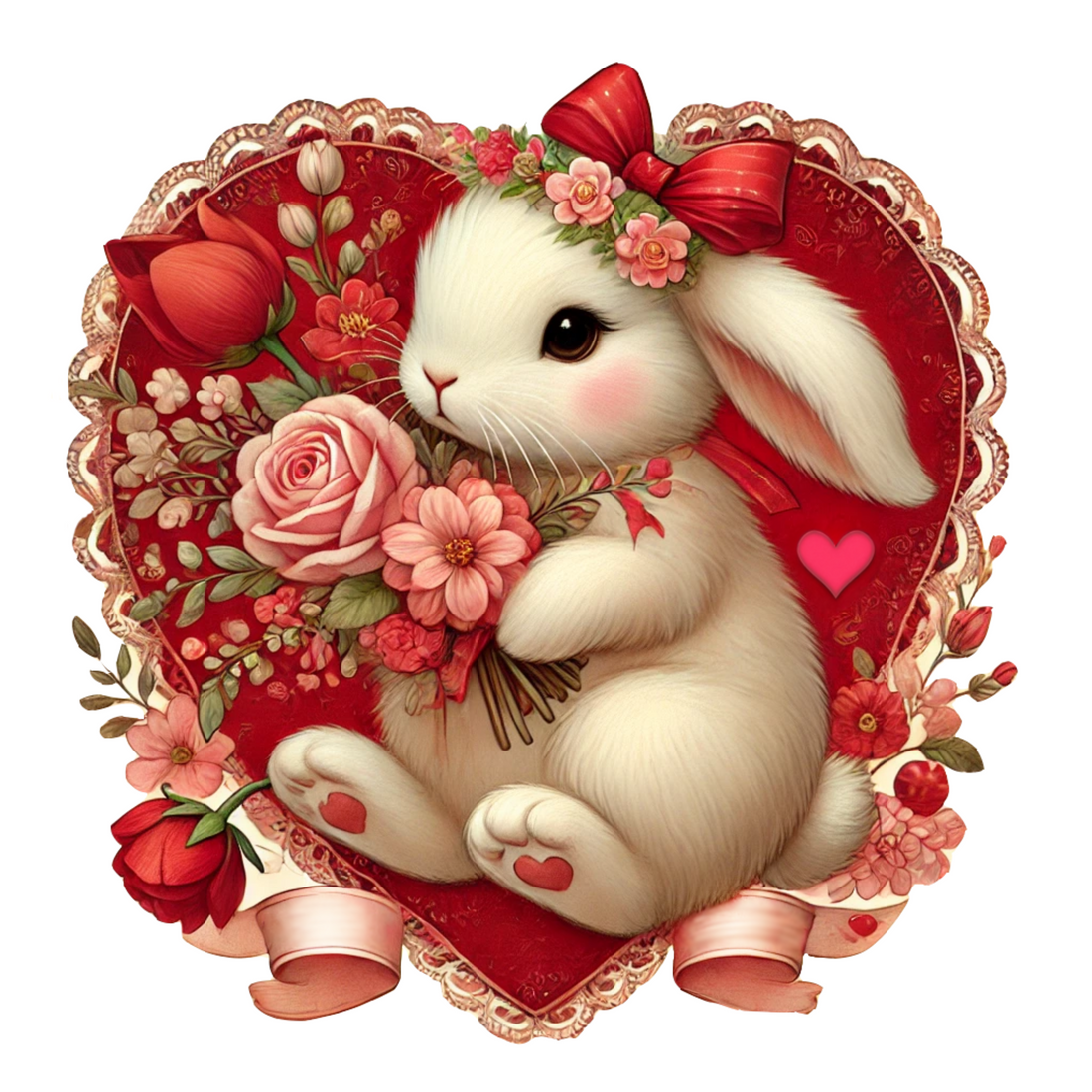
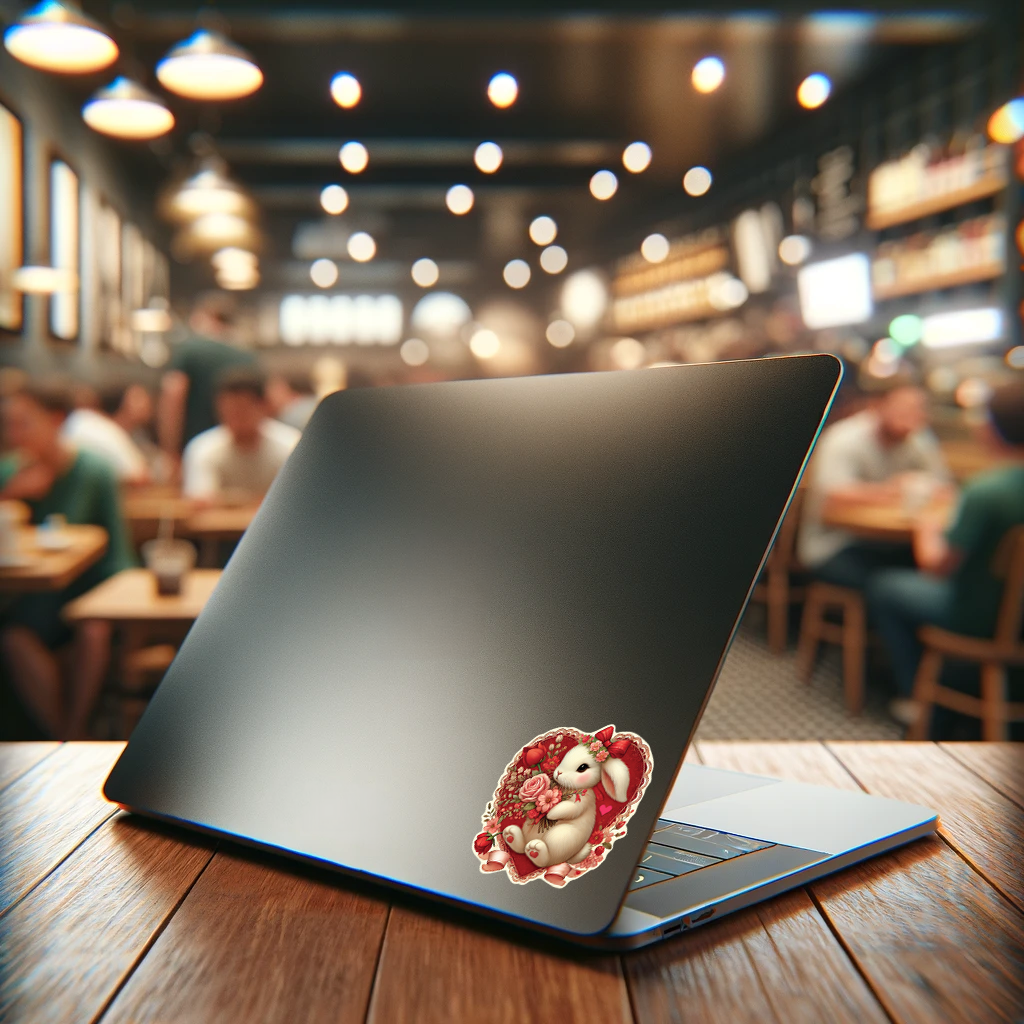




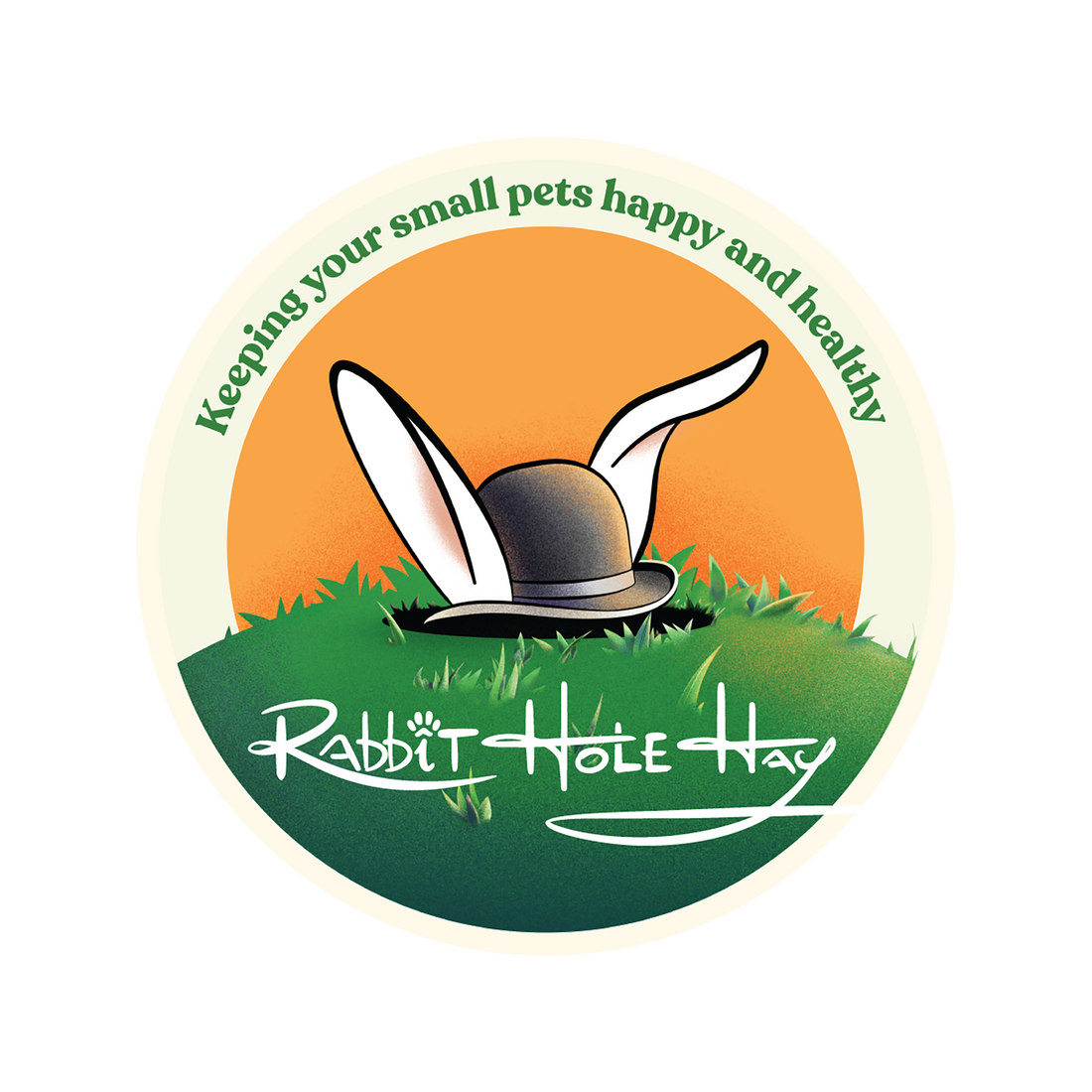
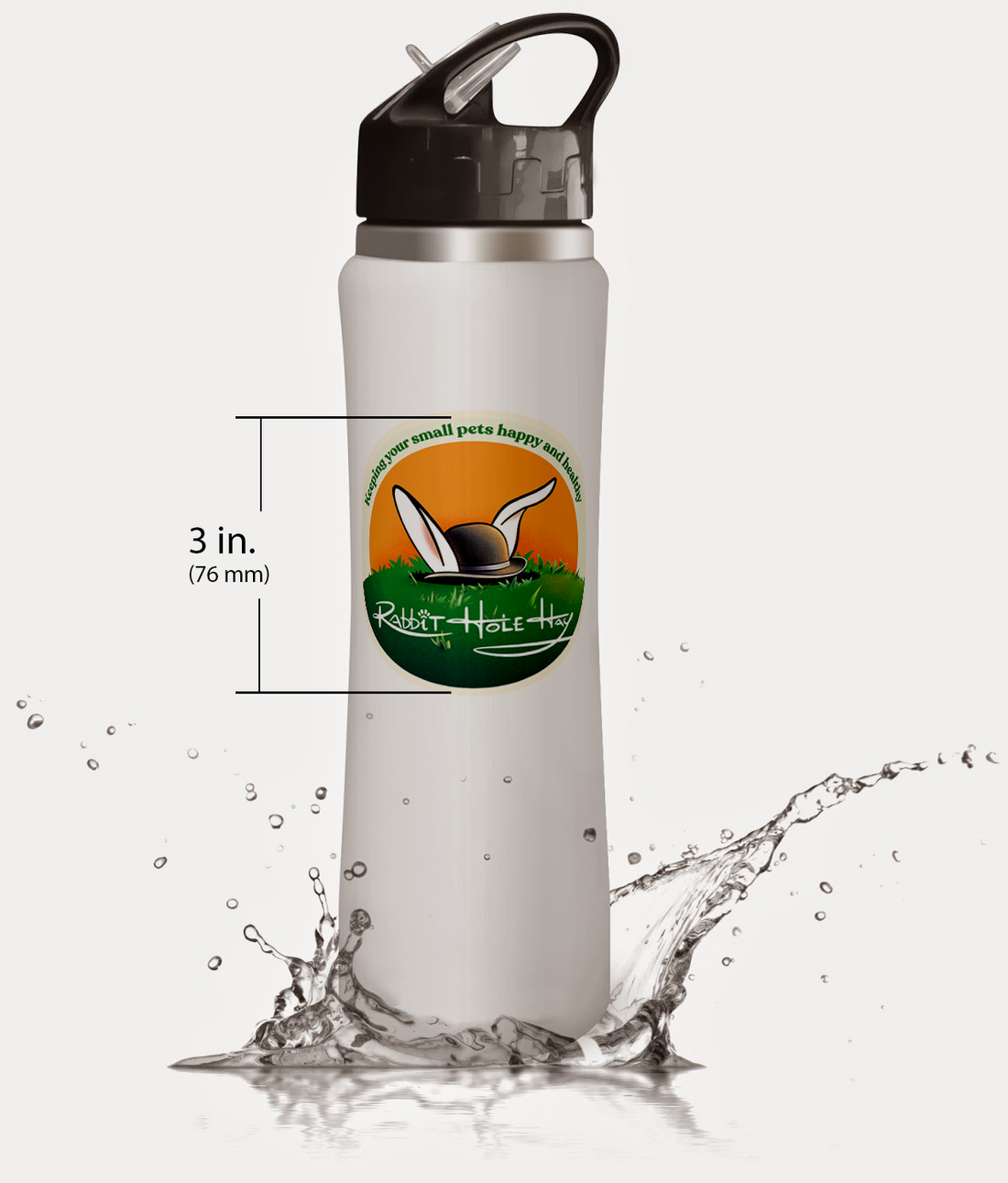




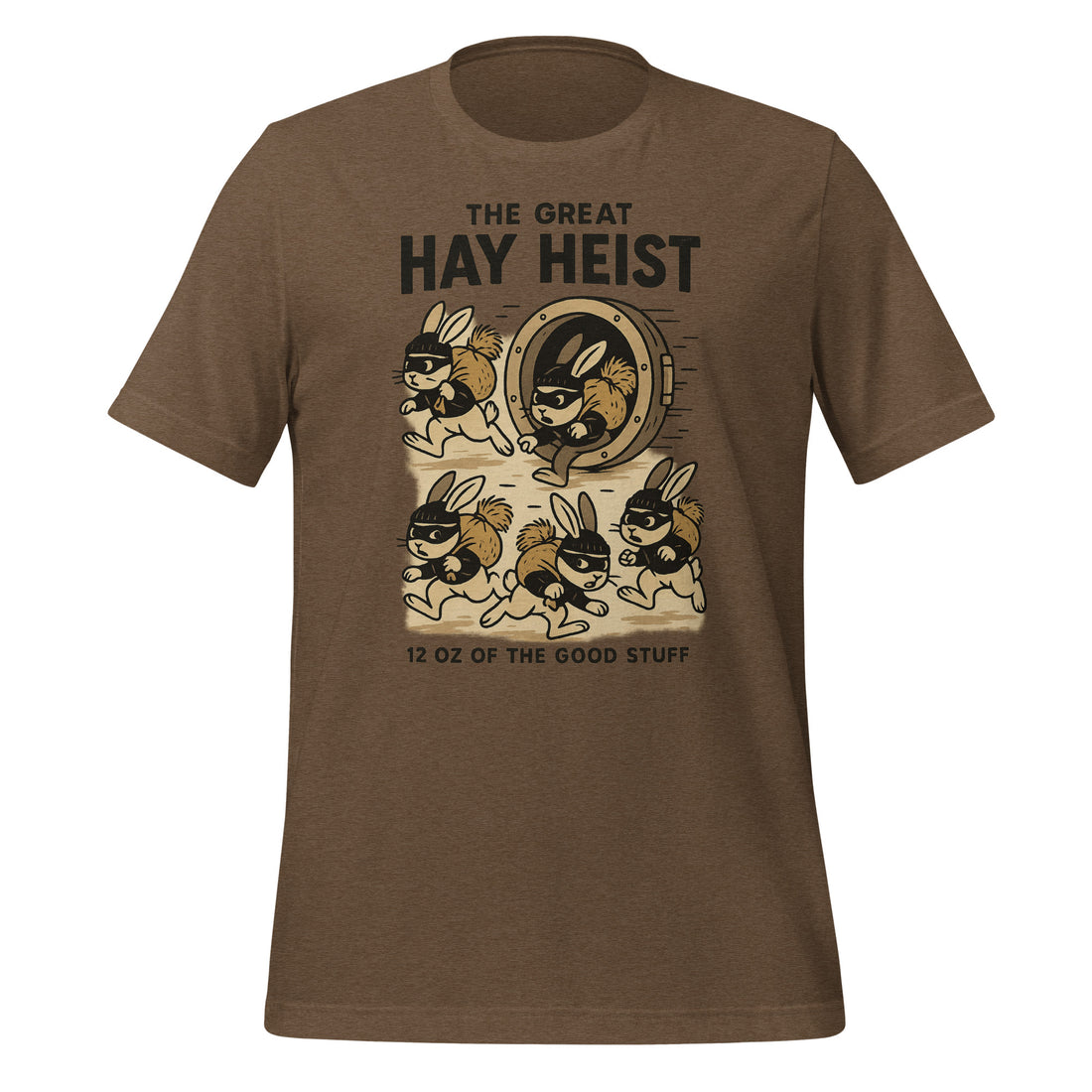

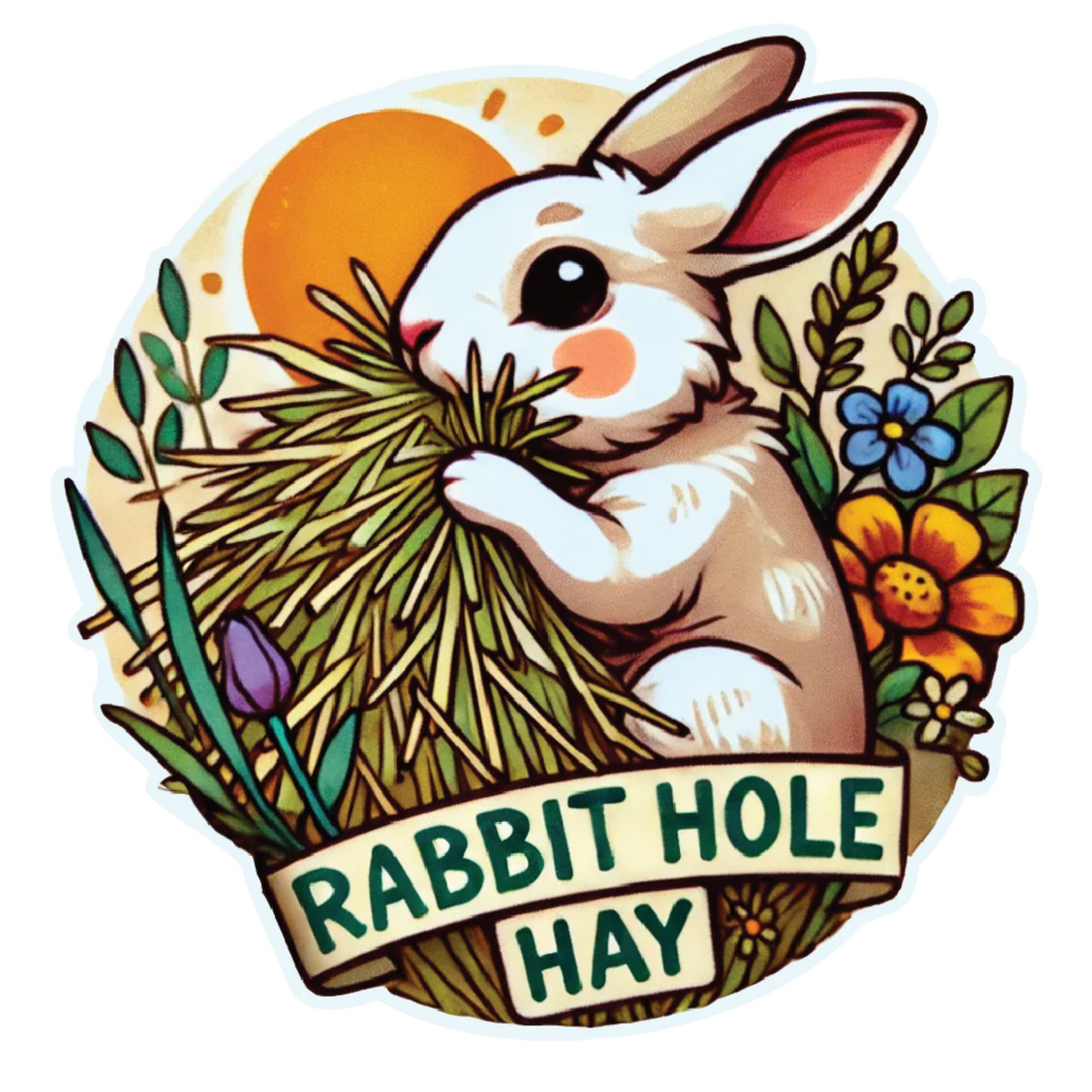
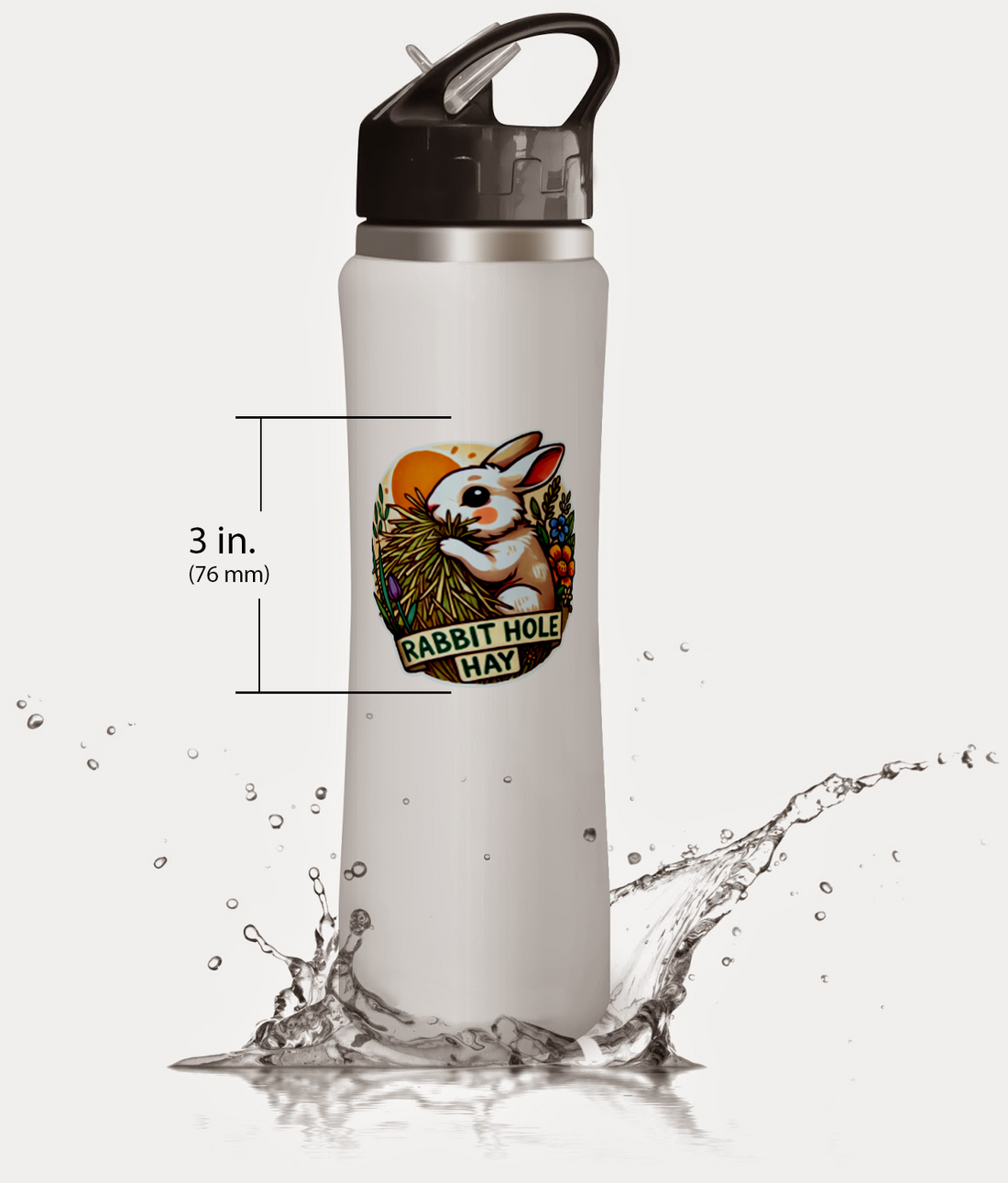

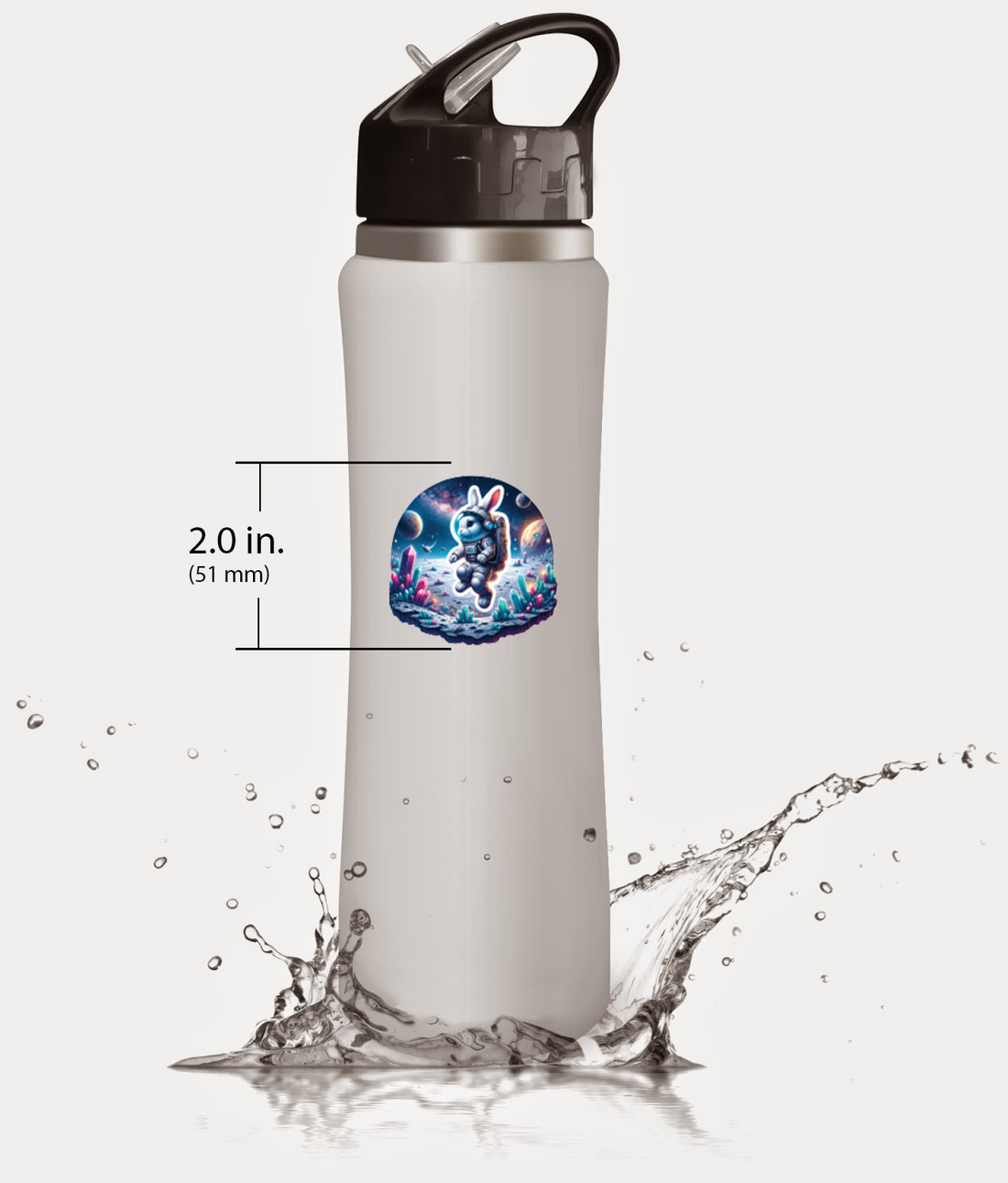


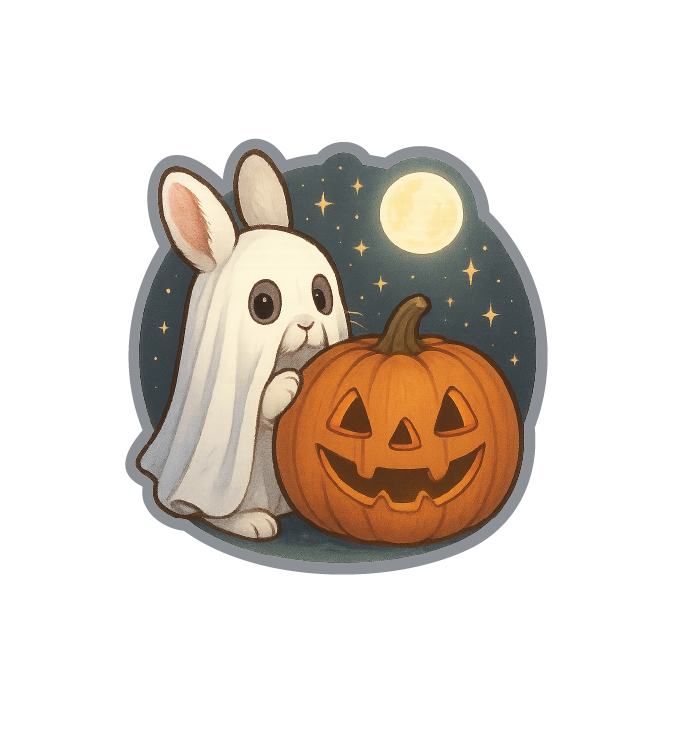
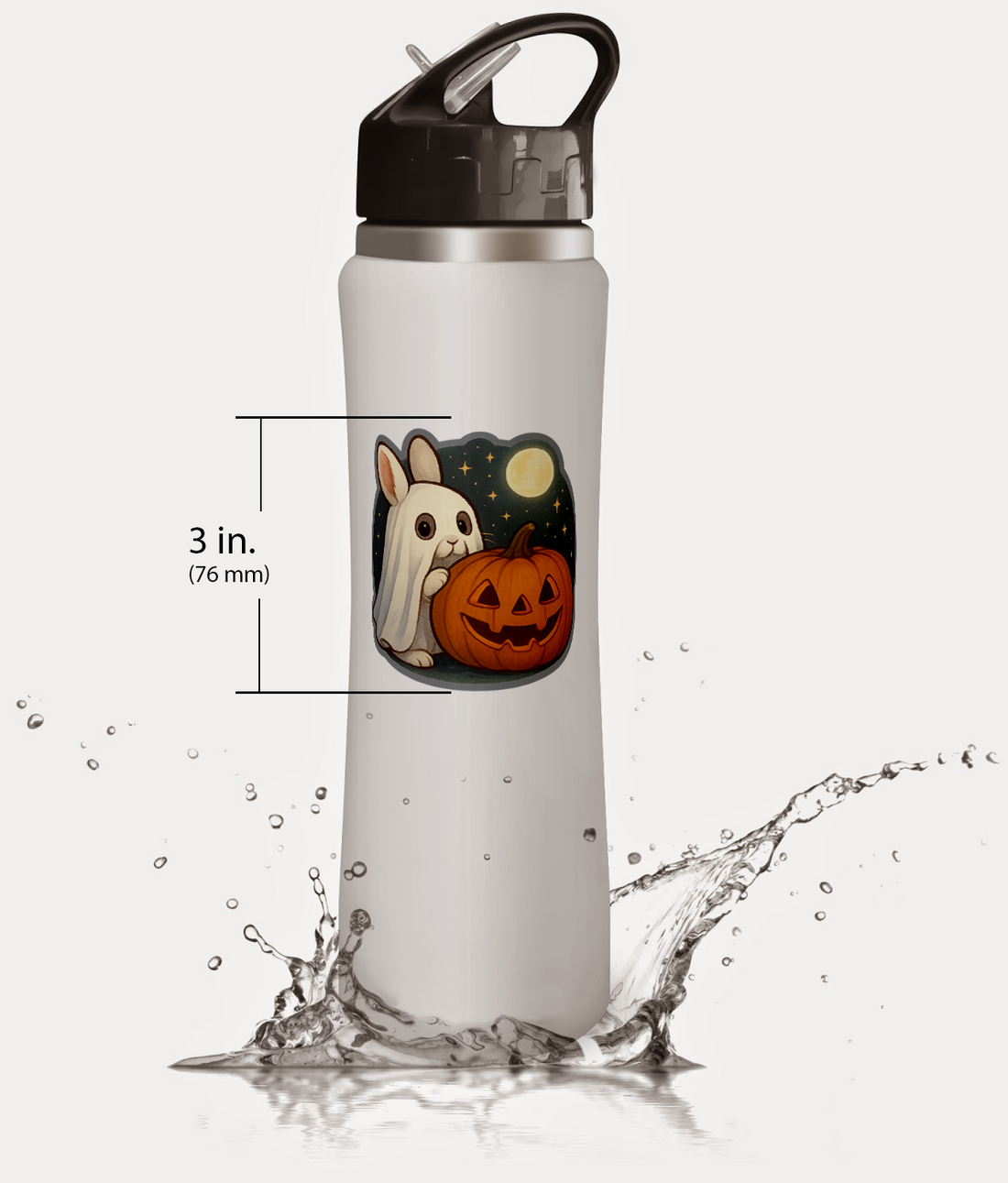
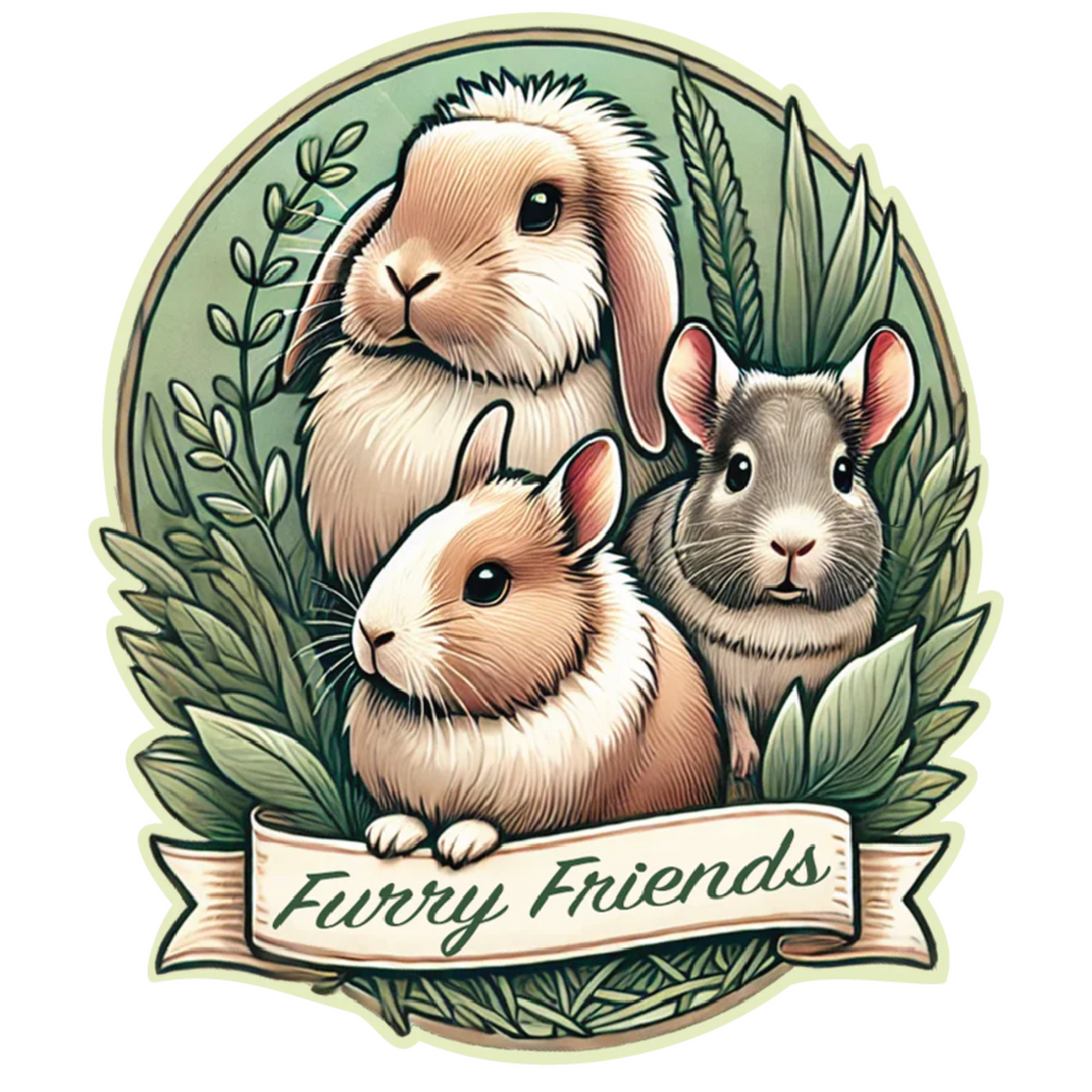
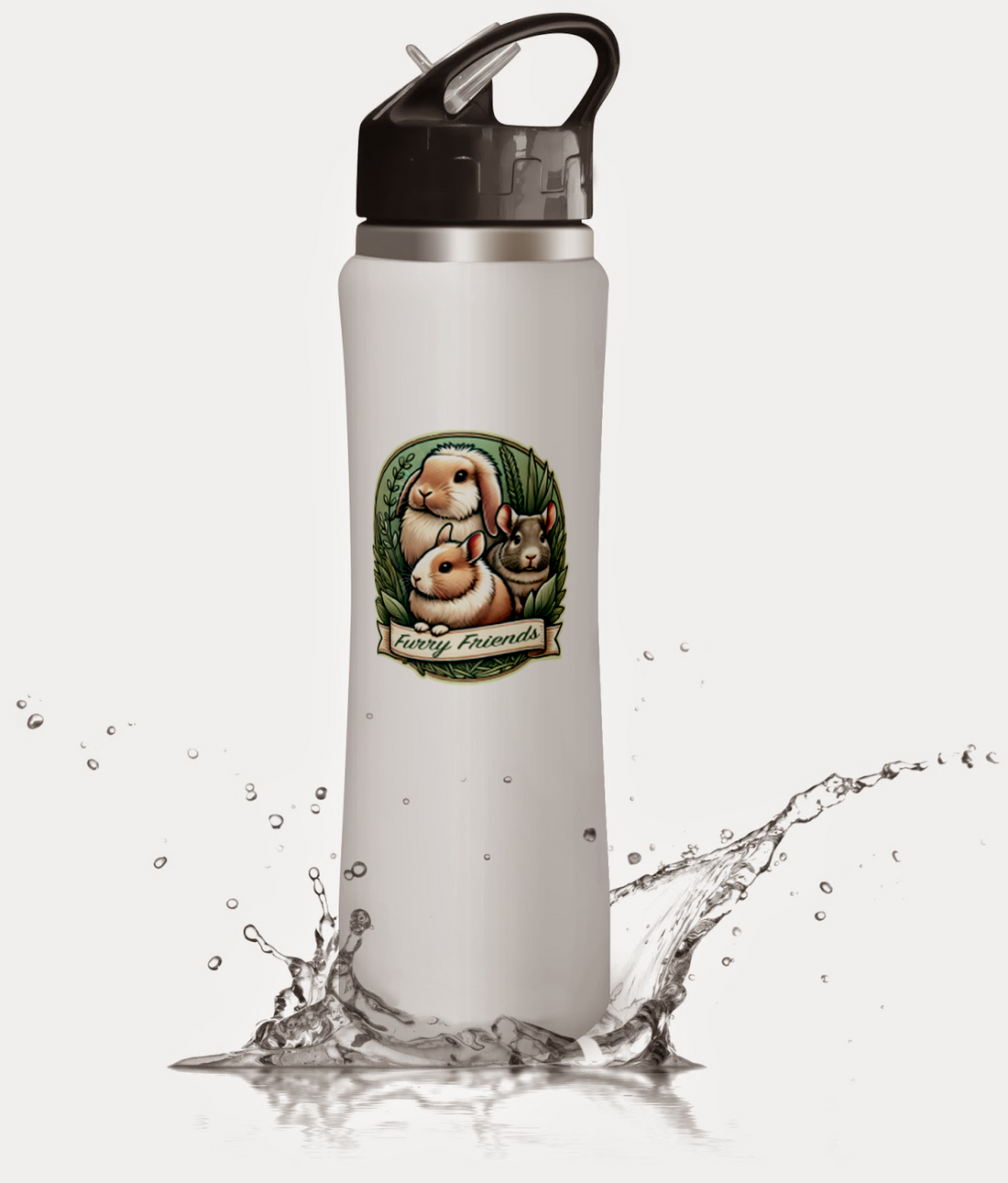


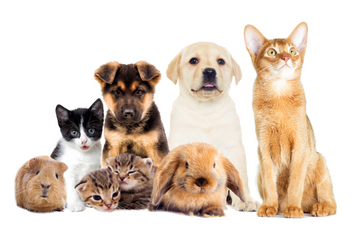




Comments